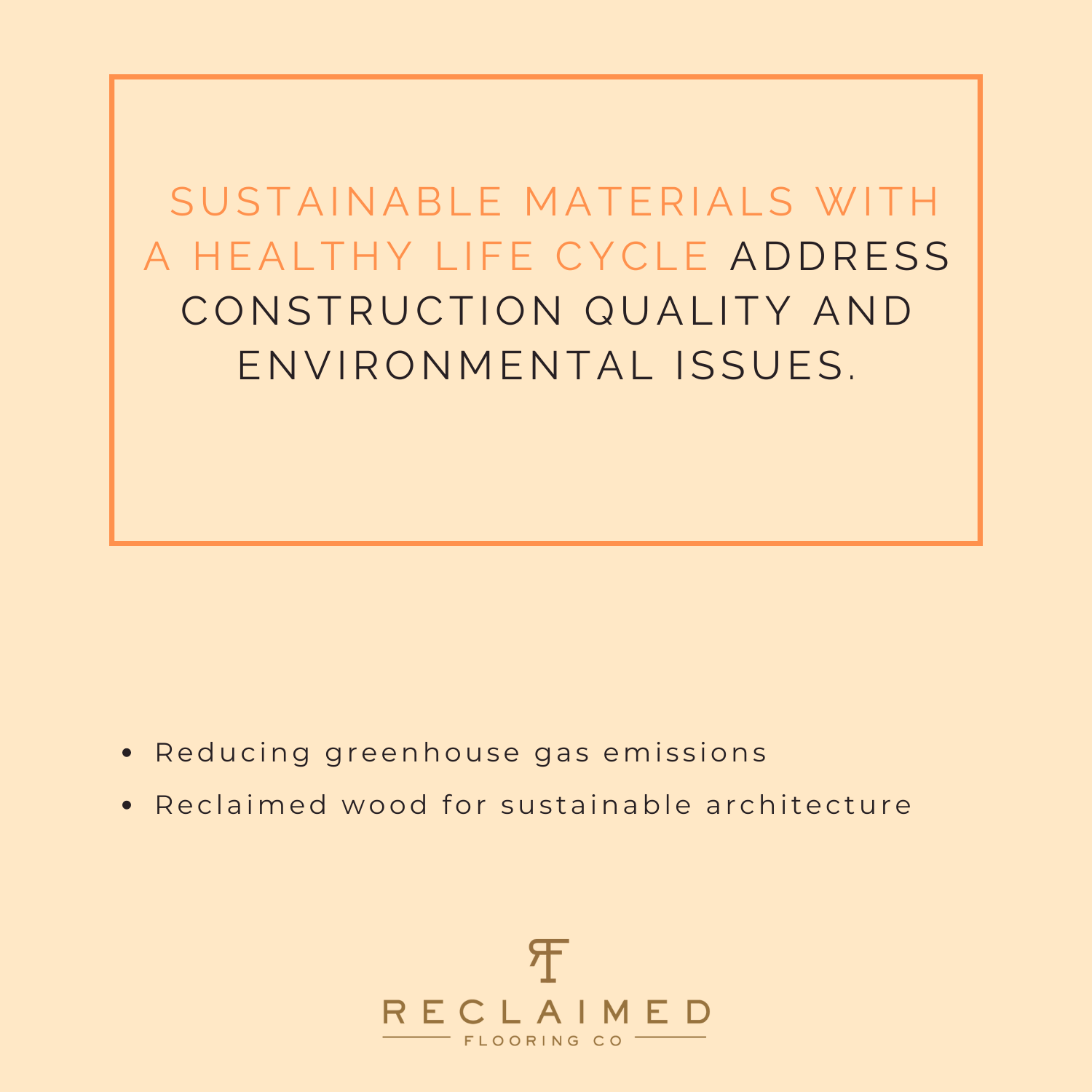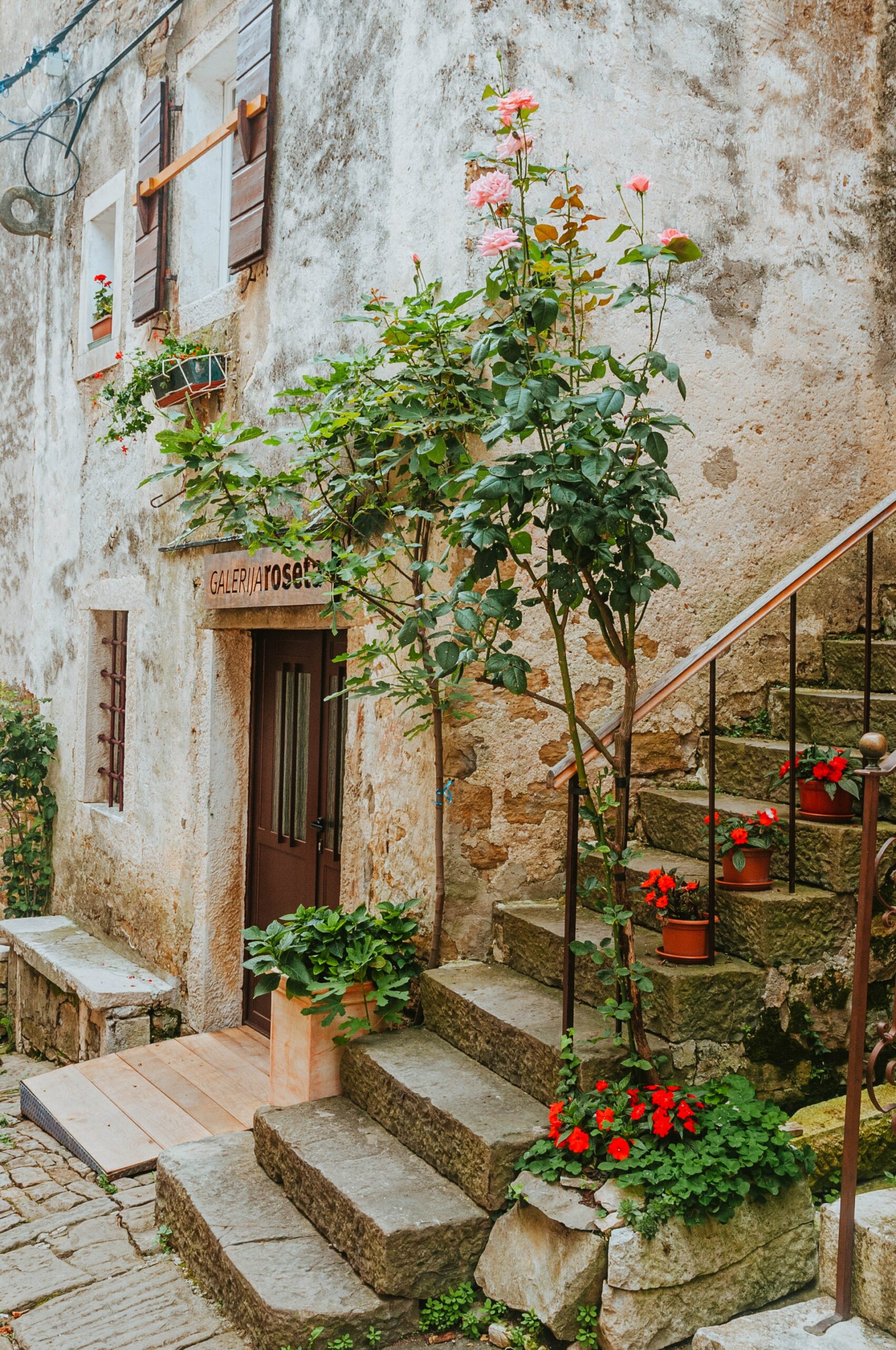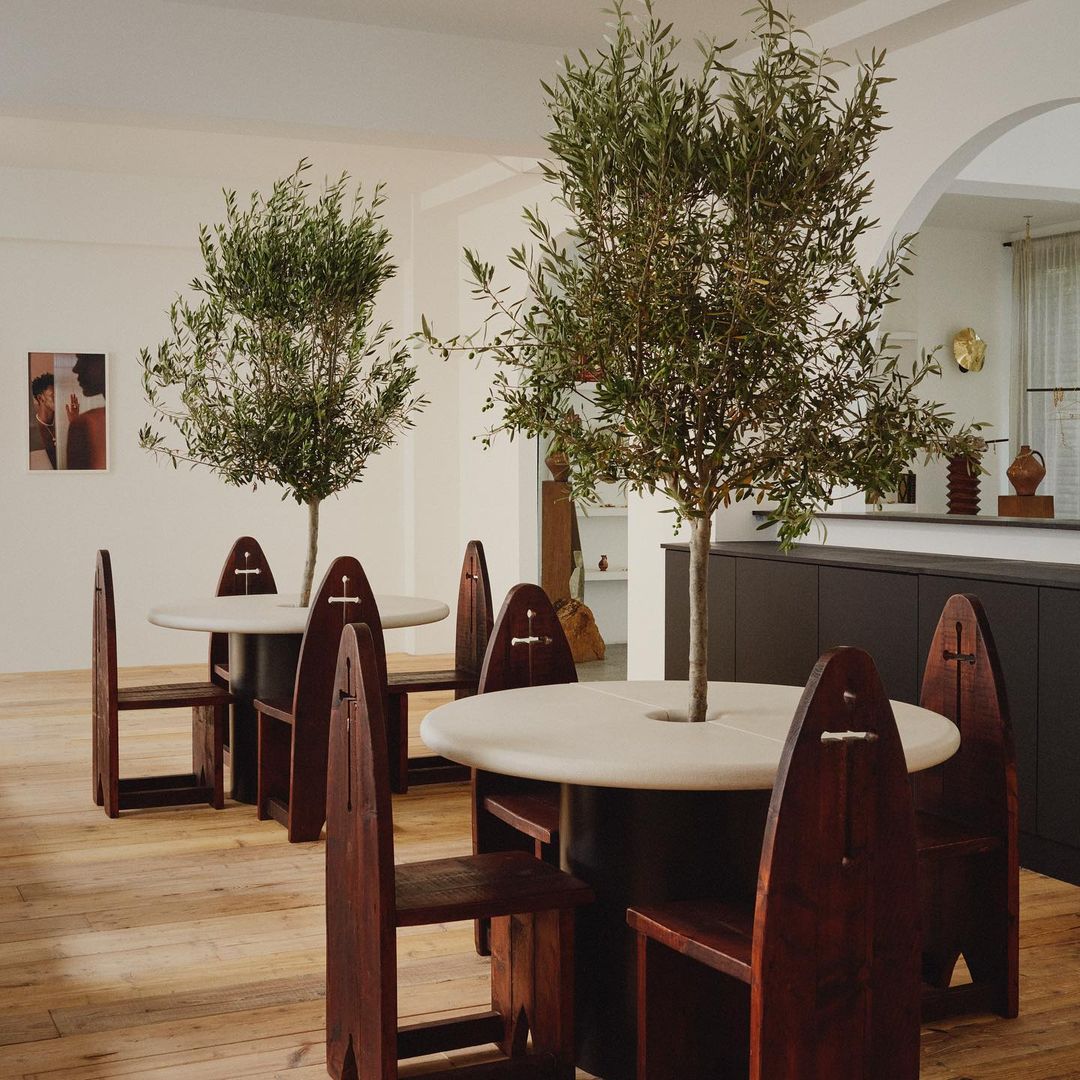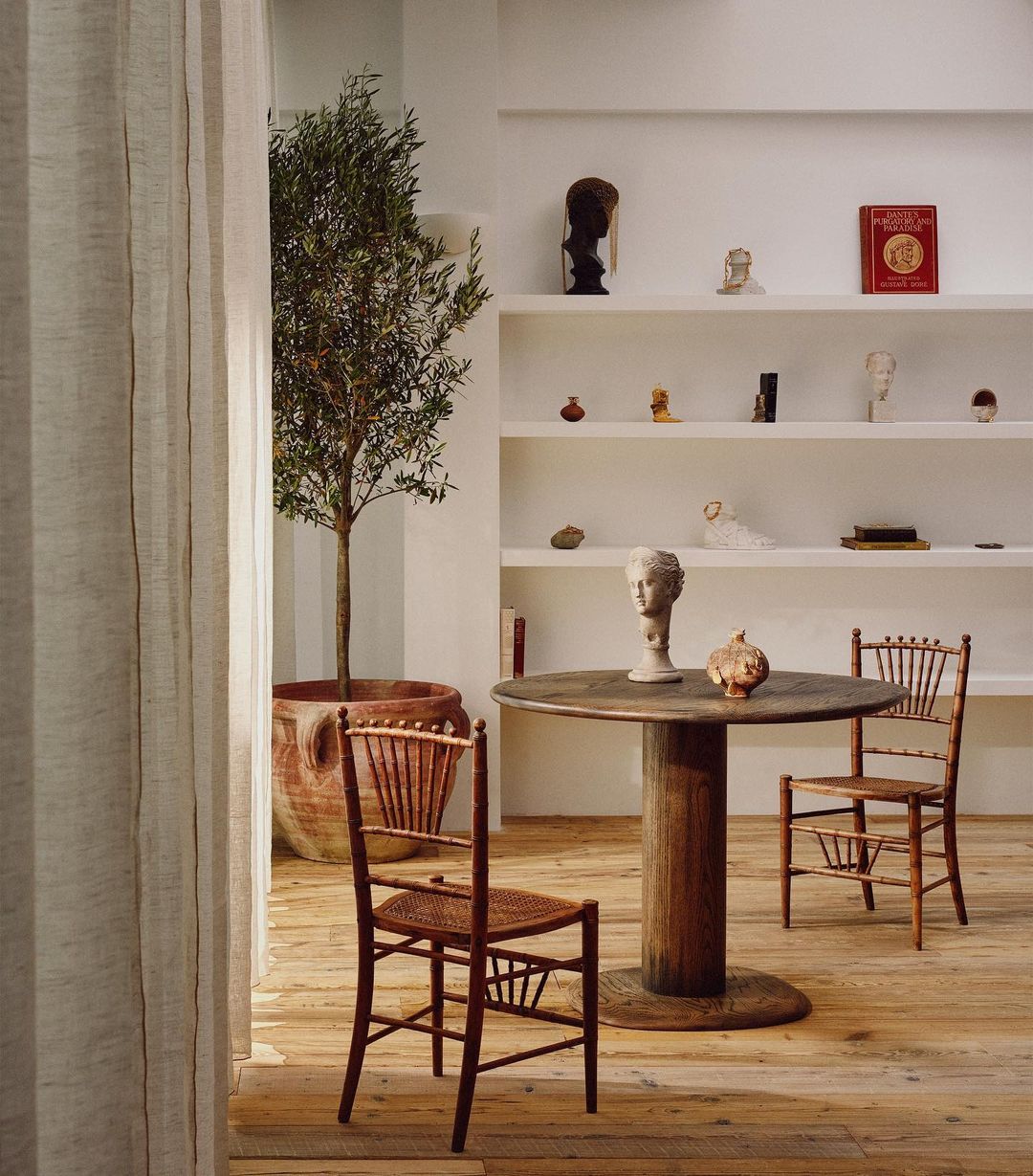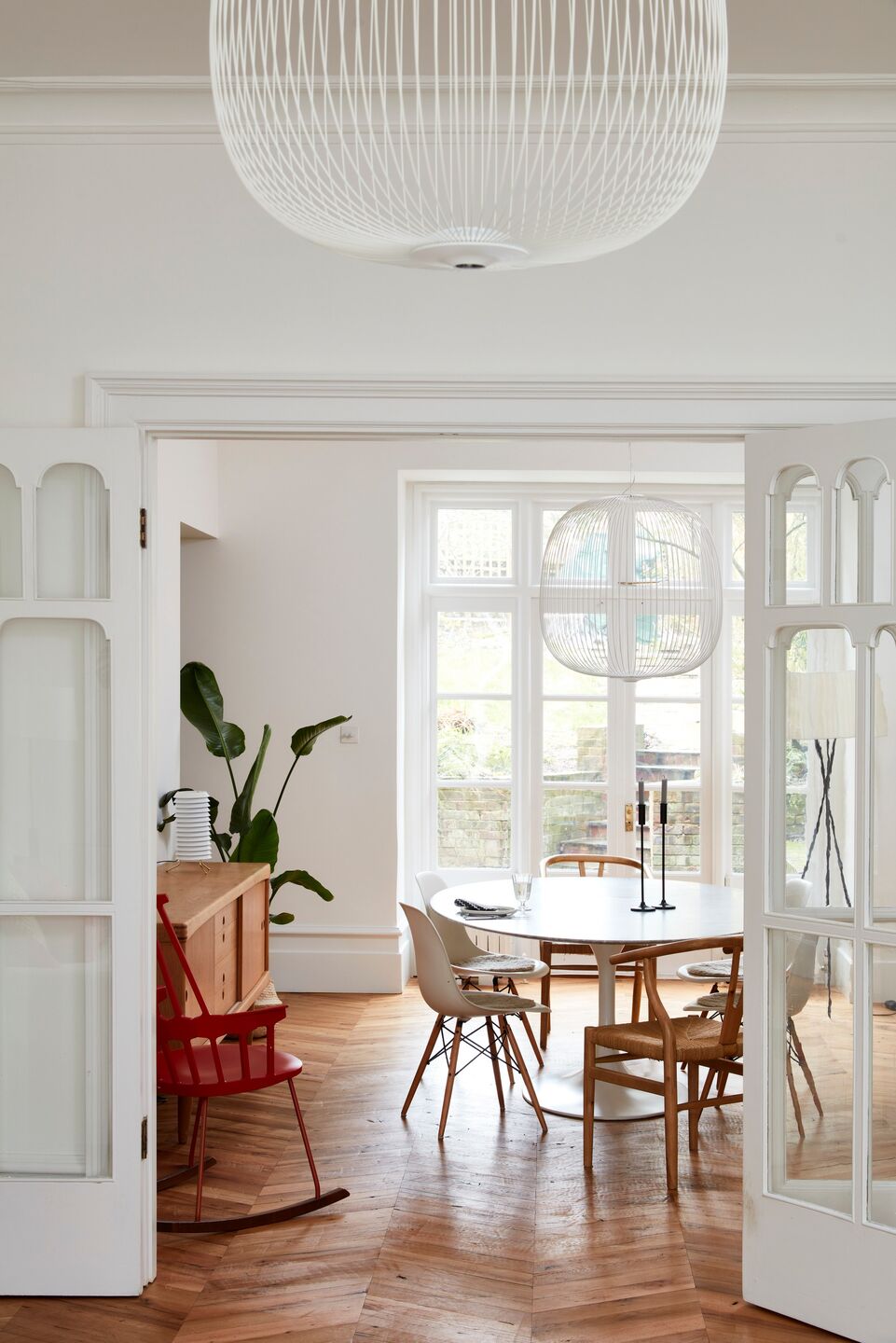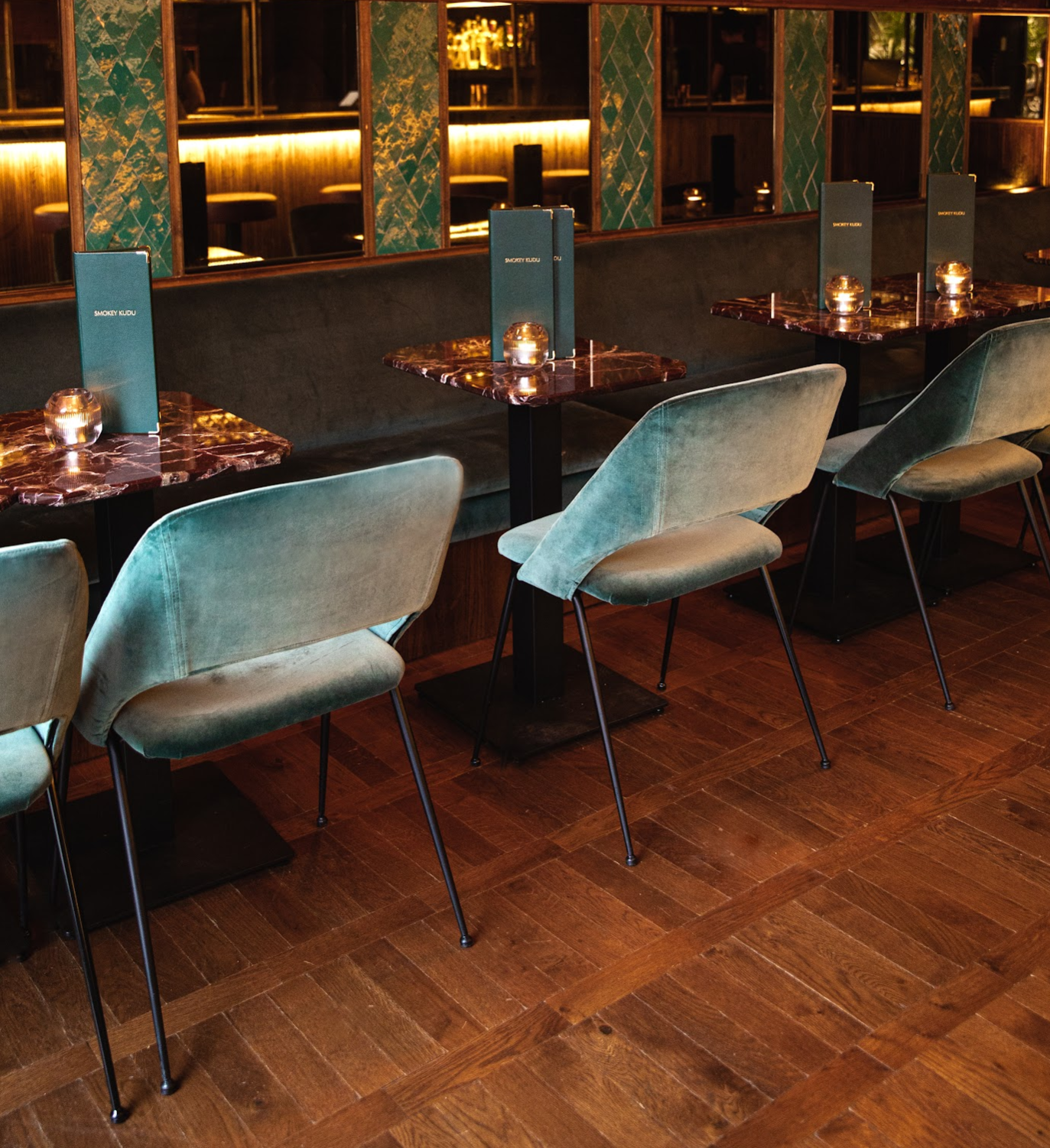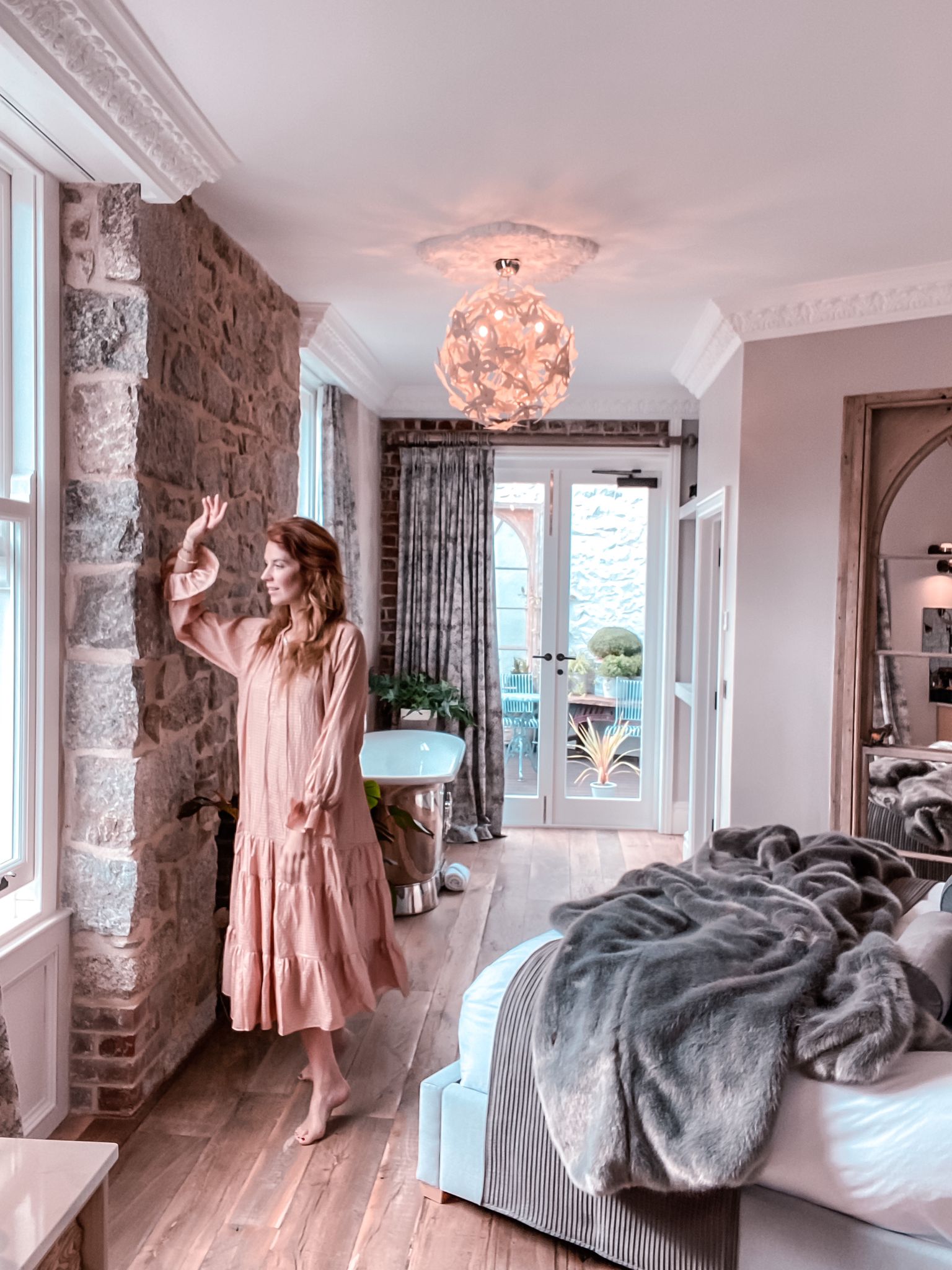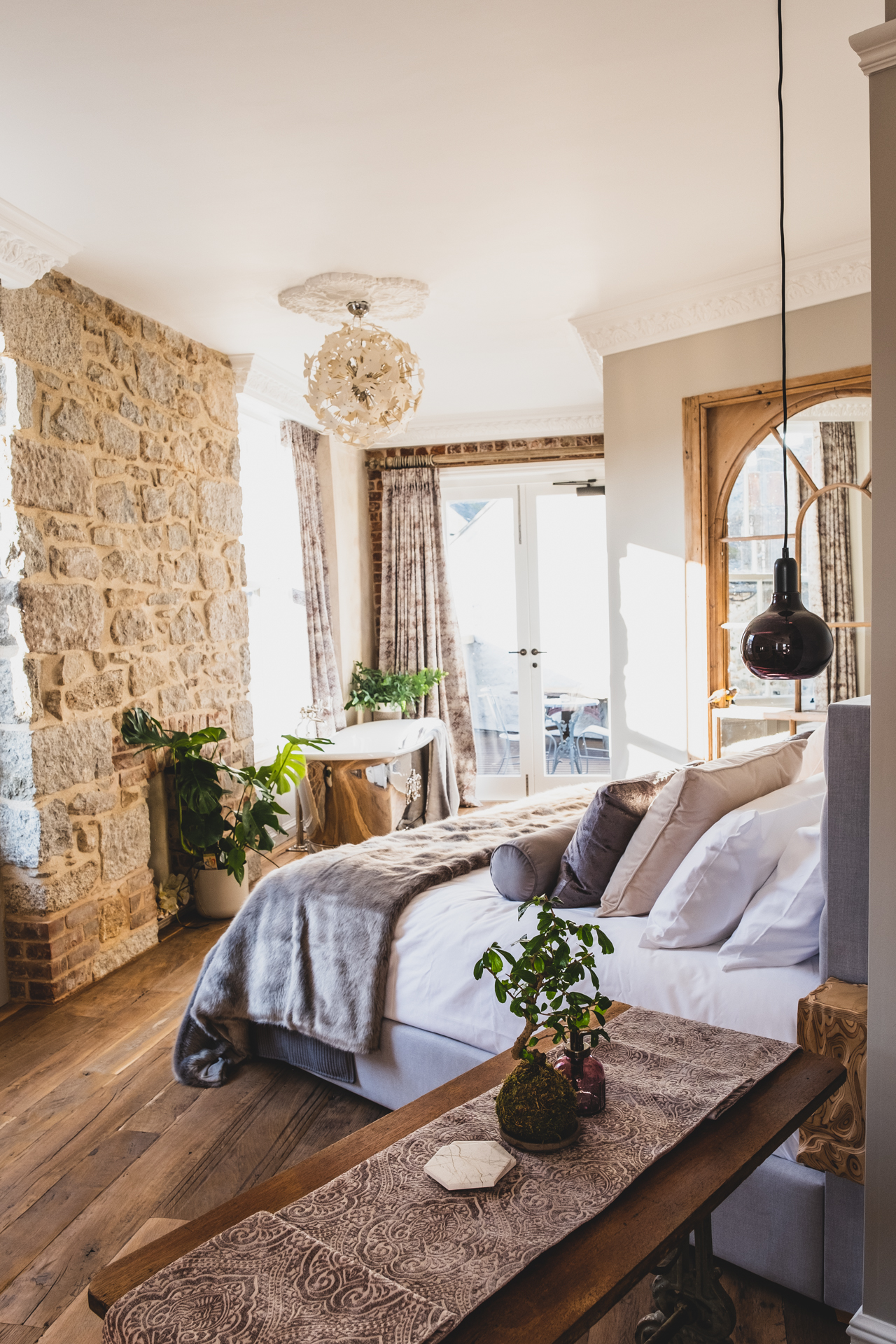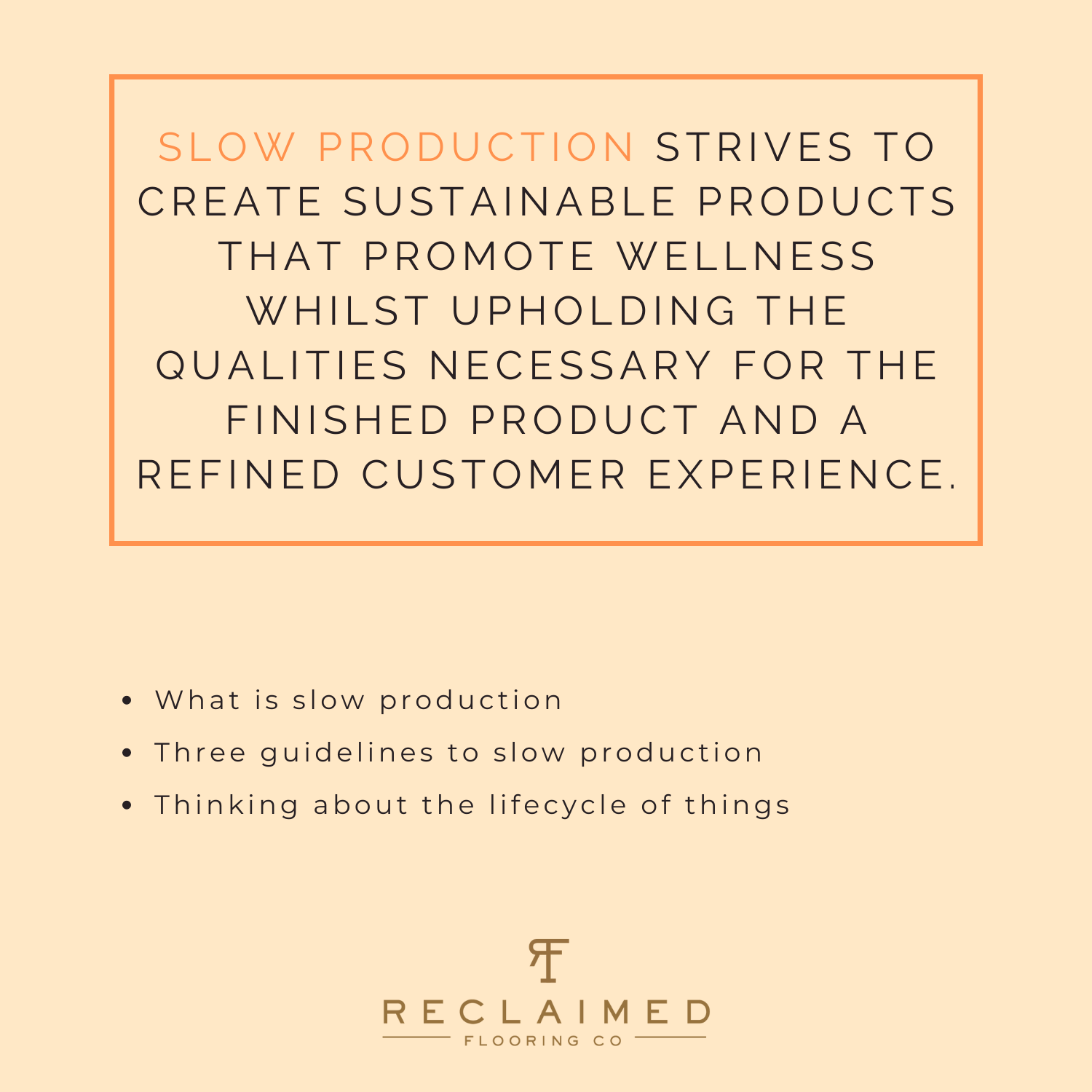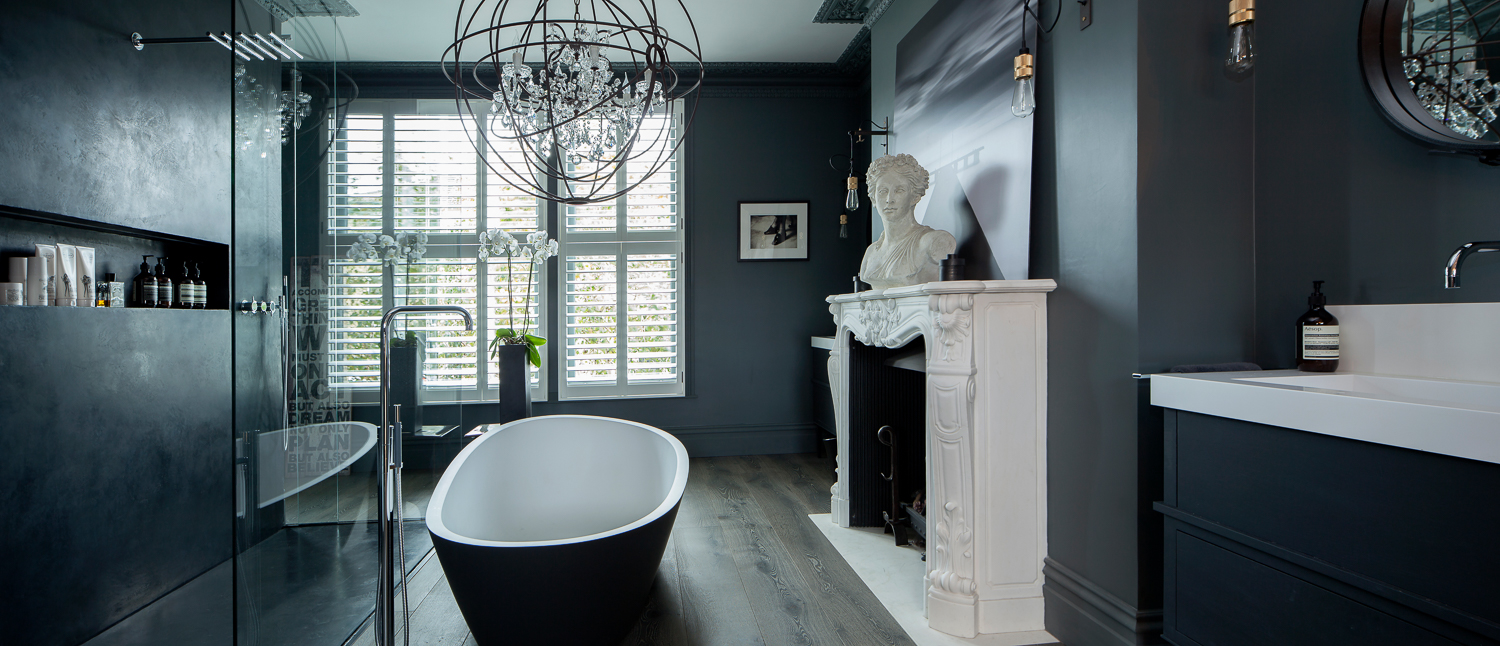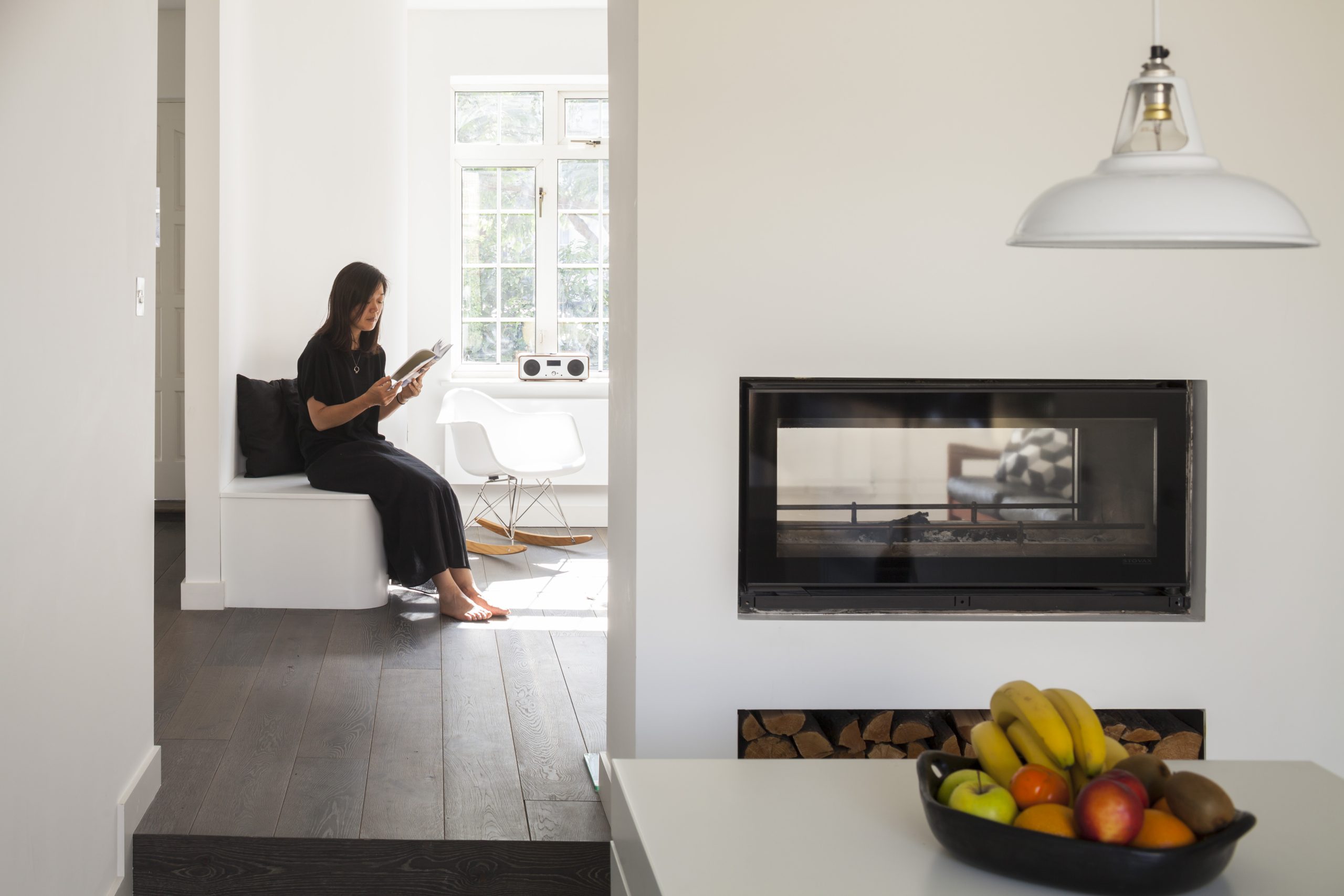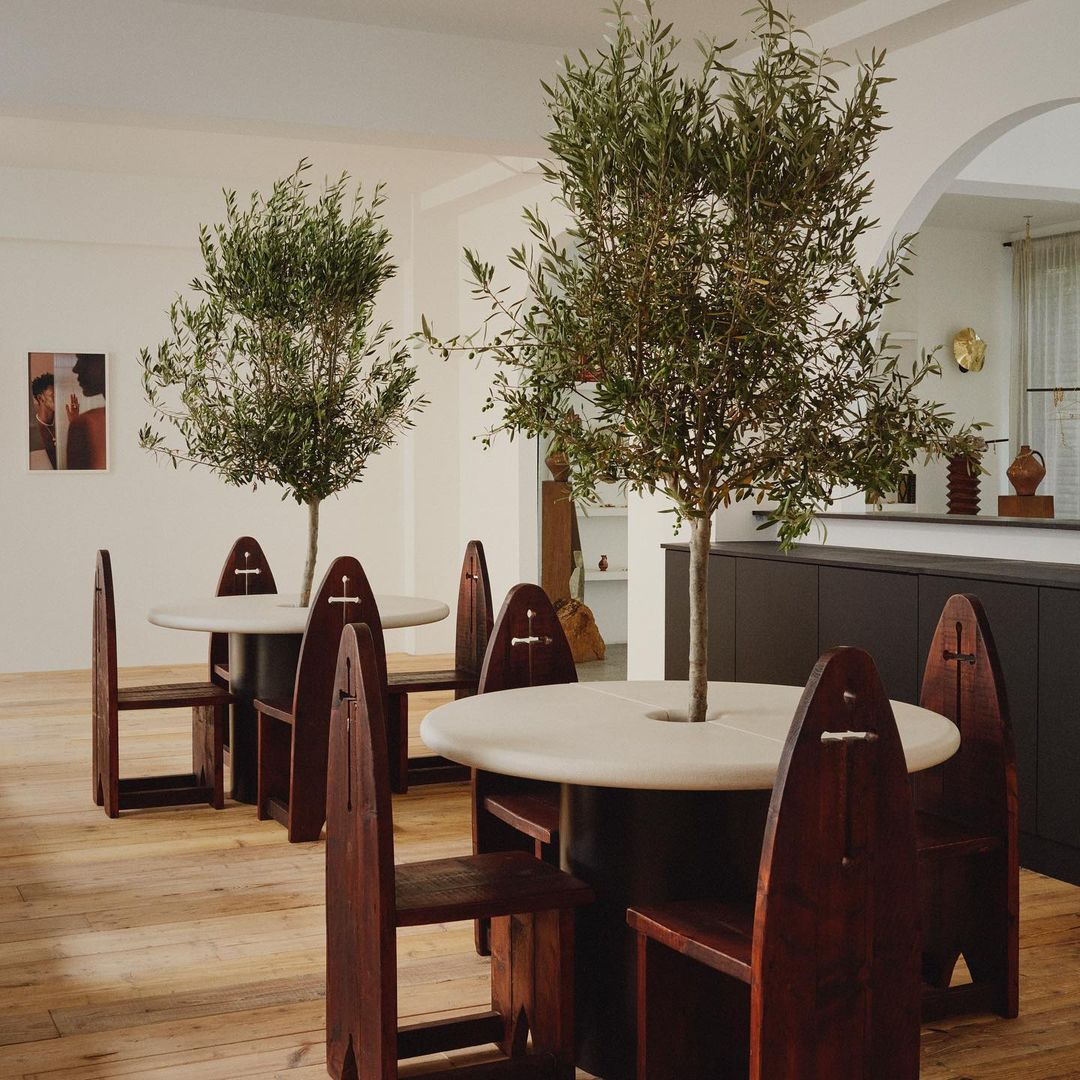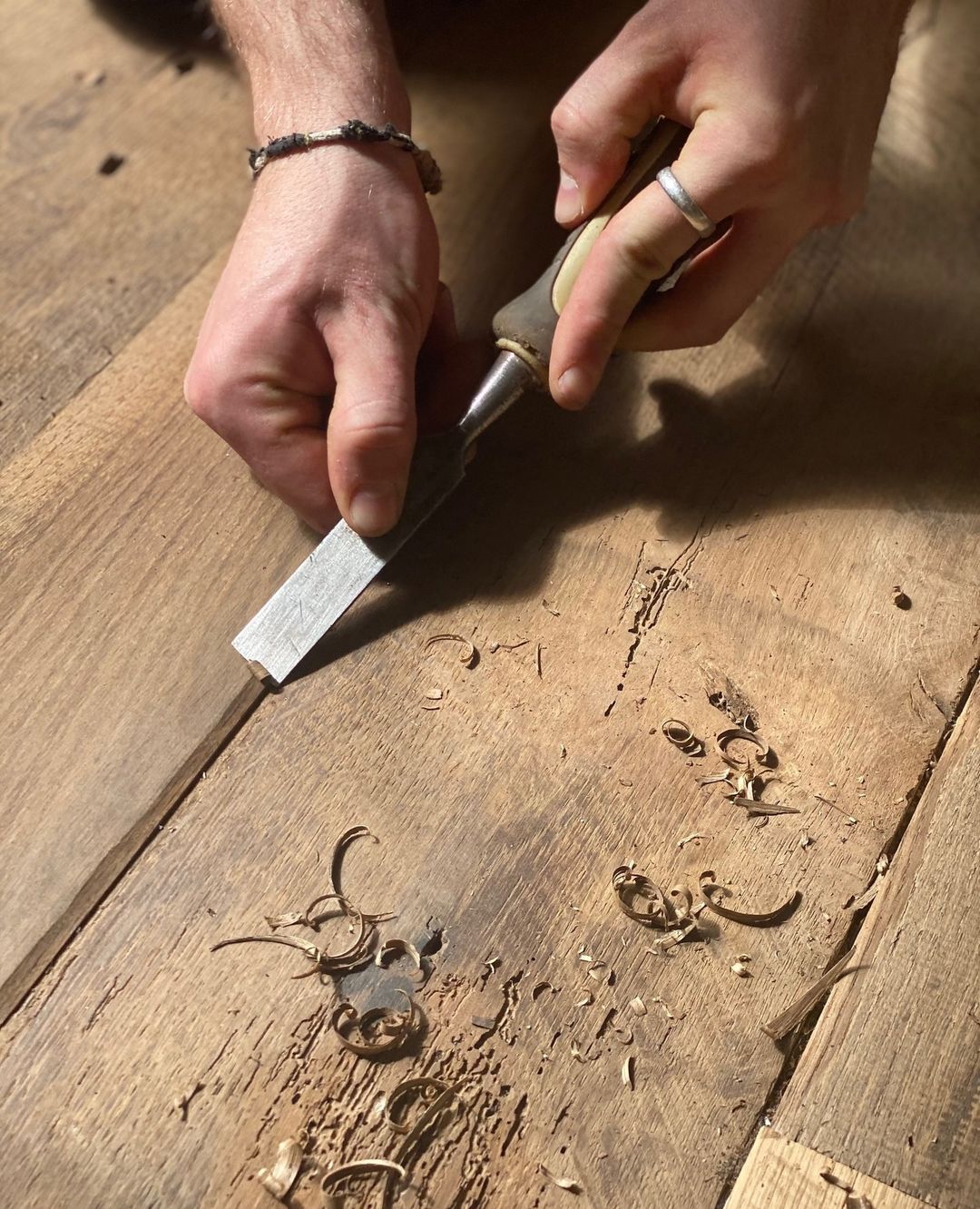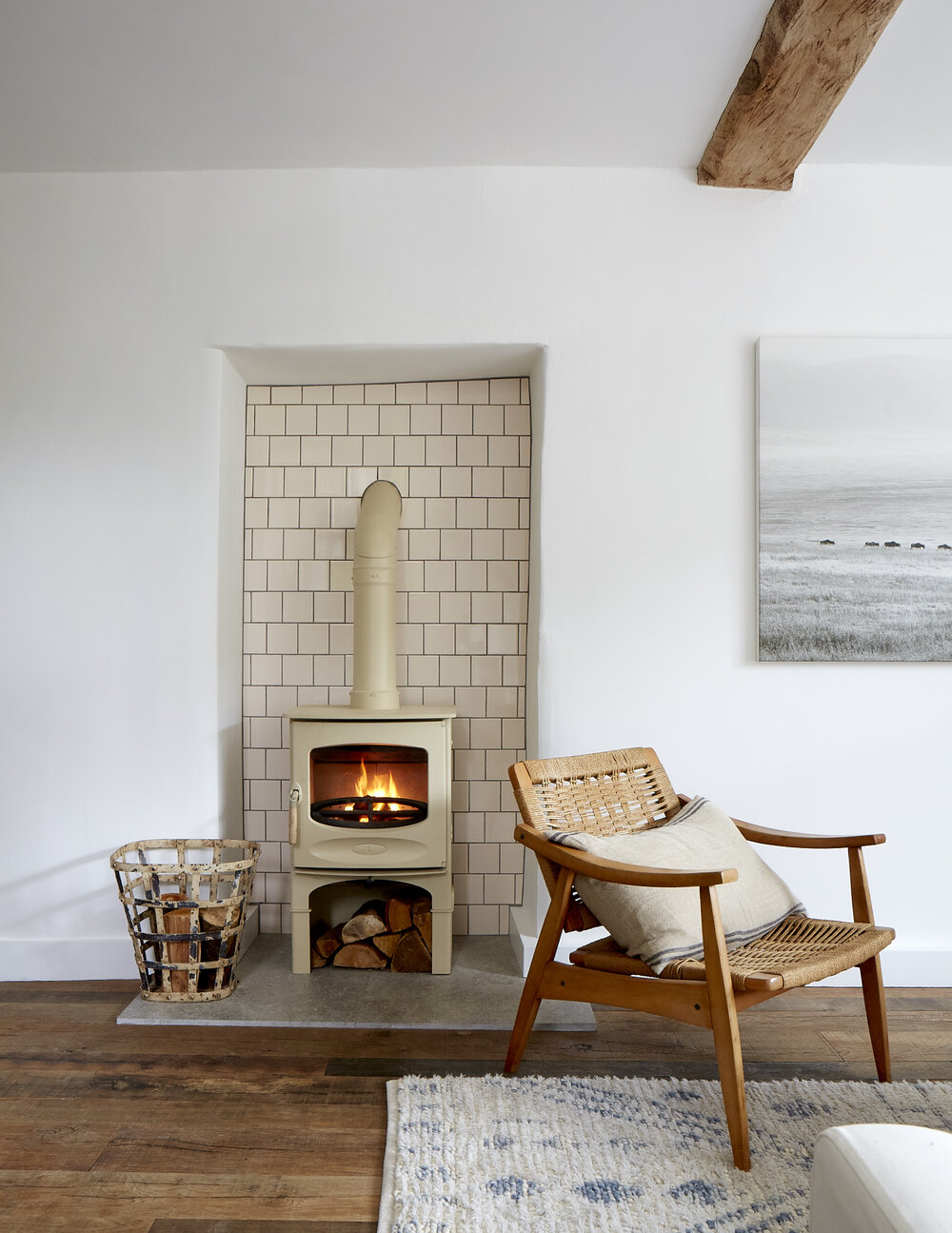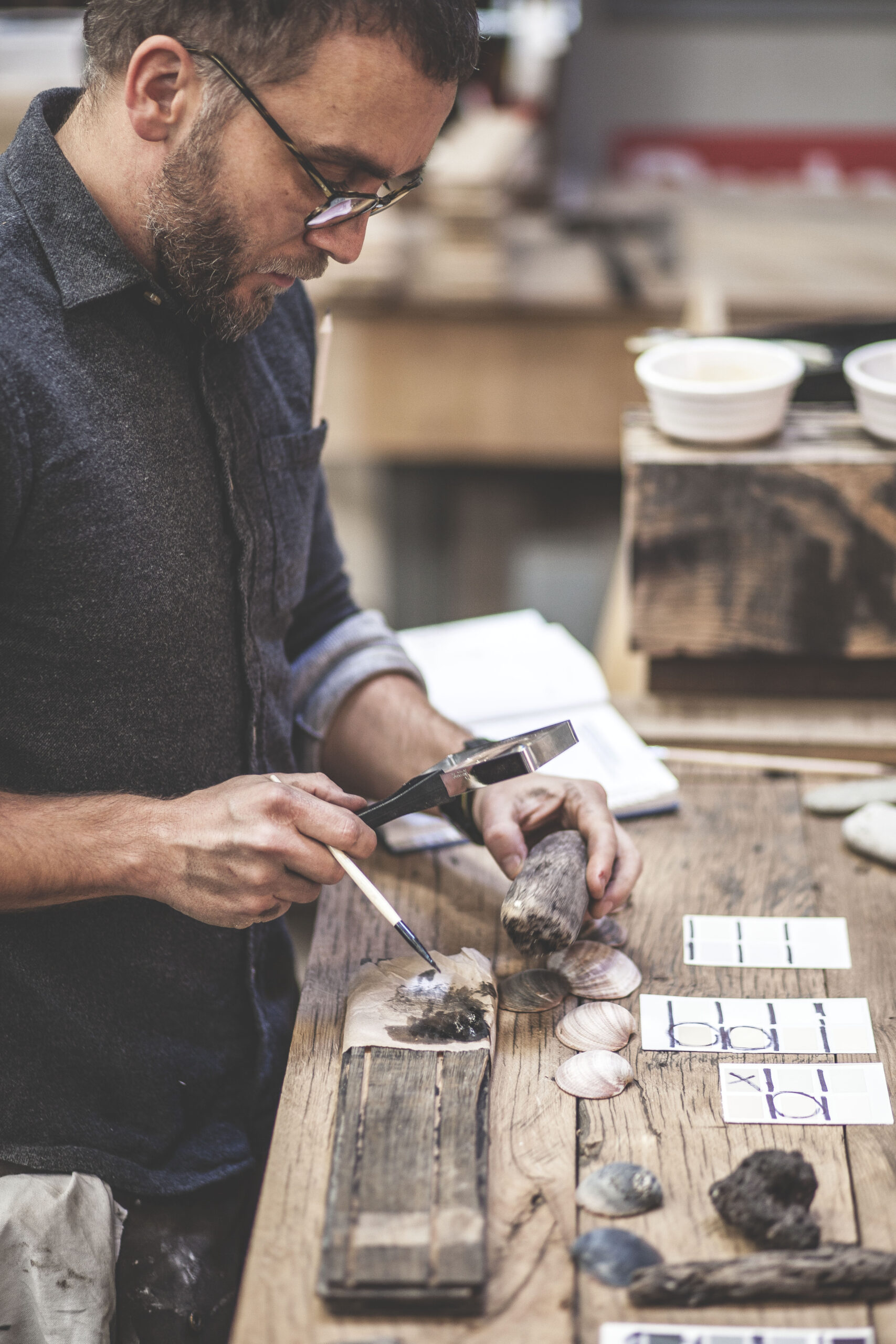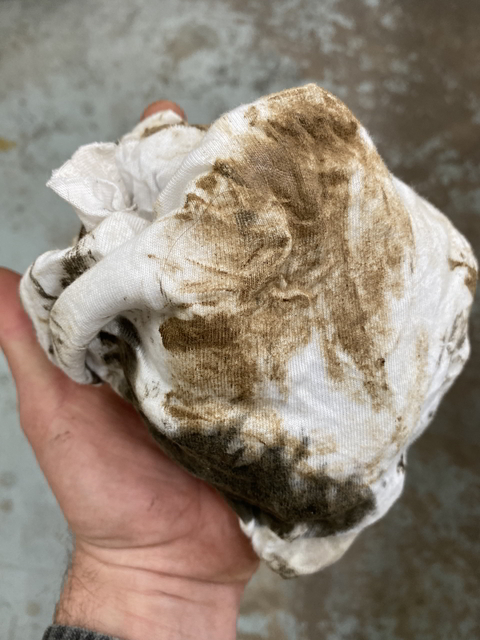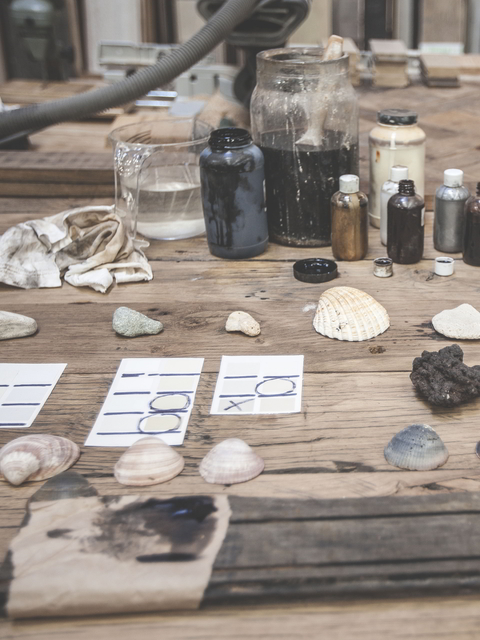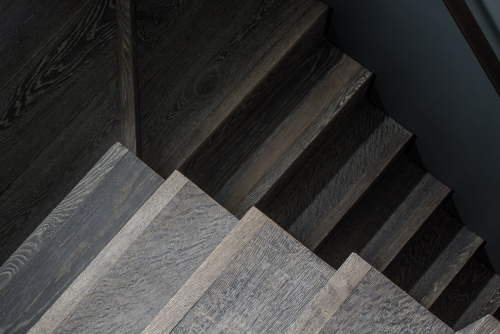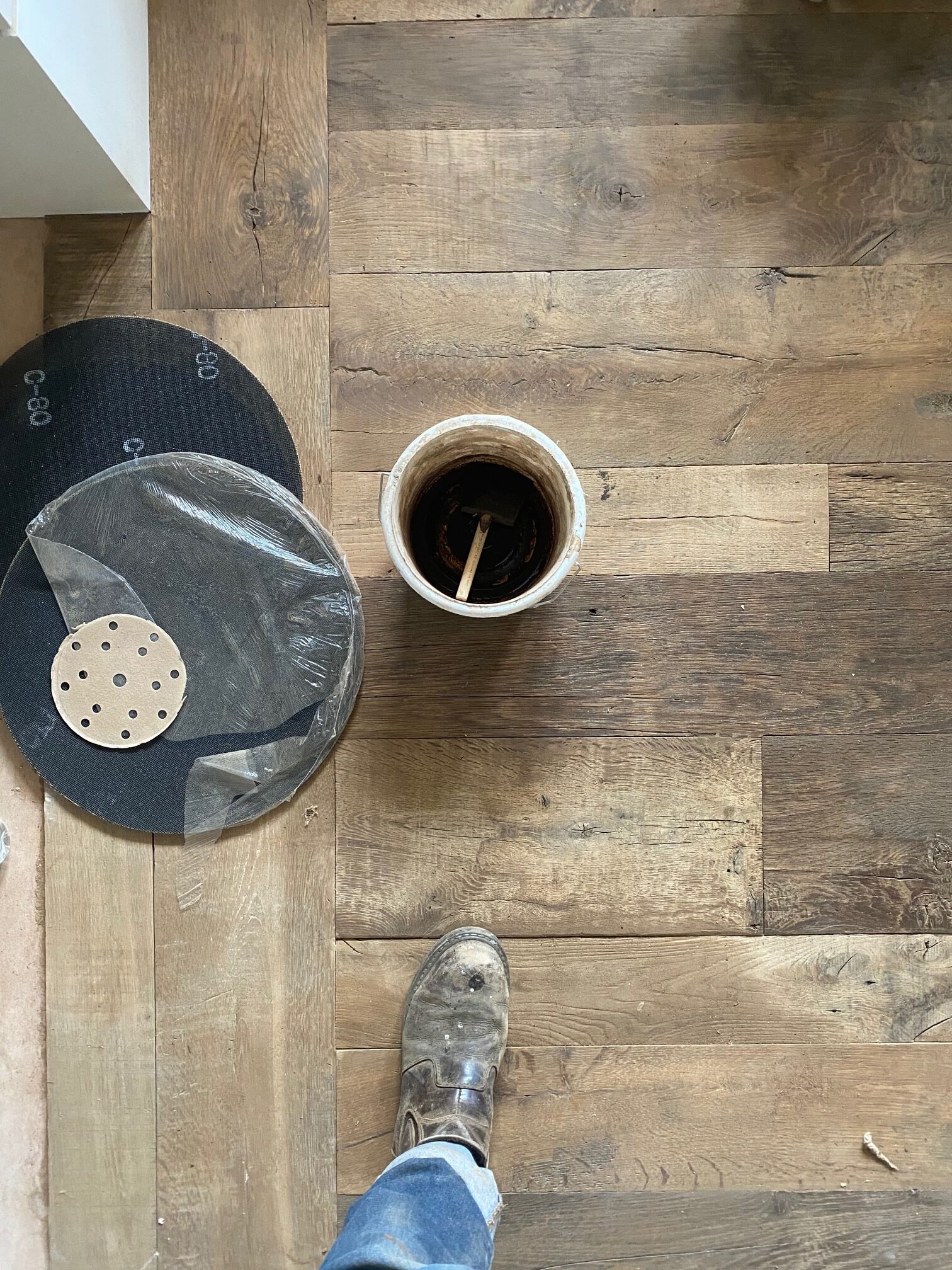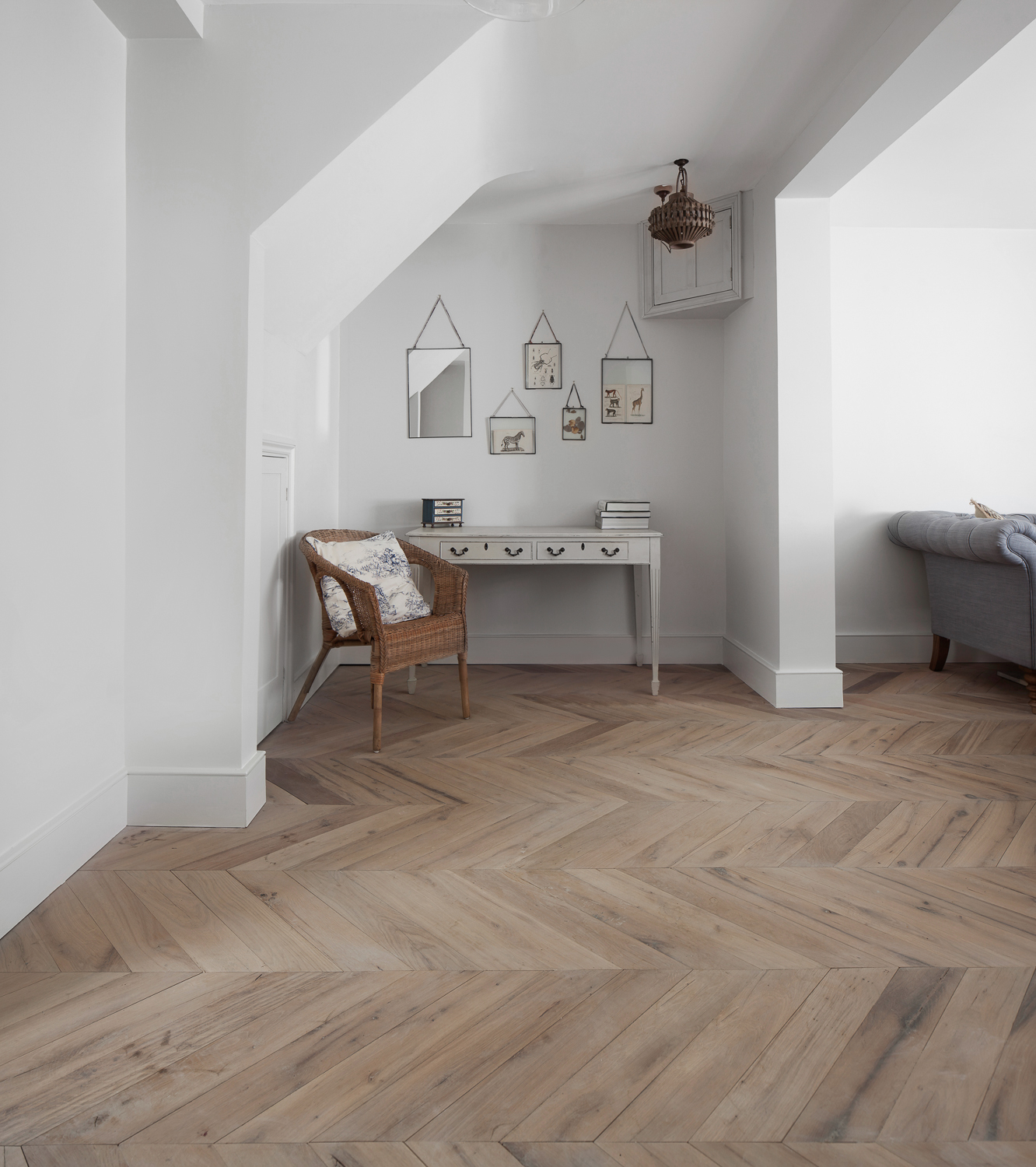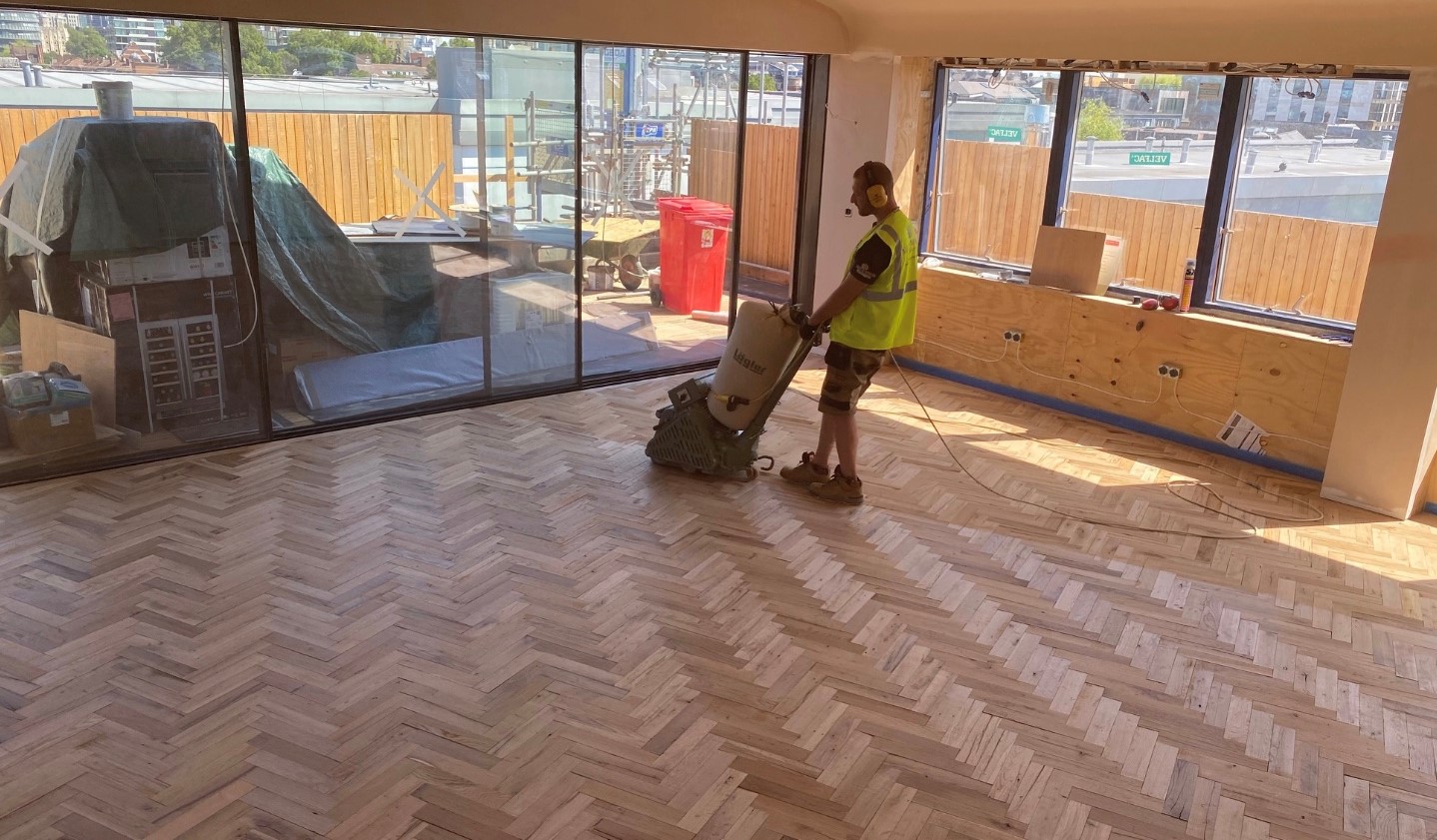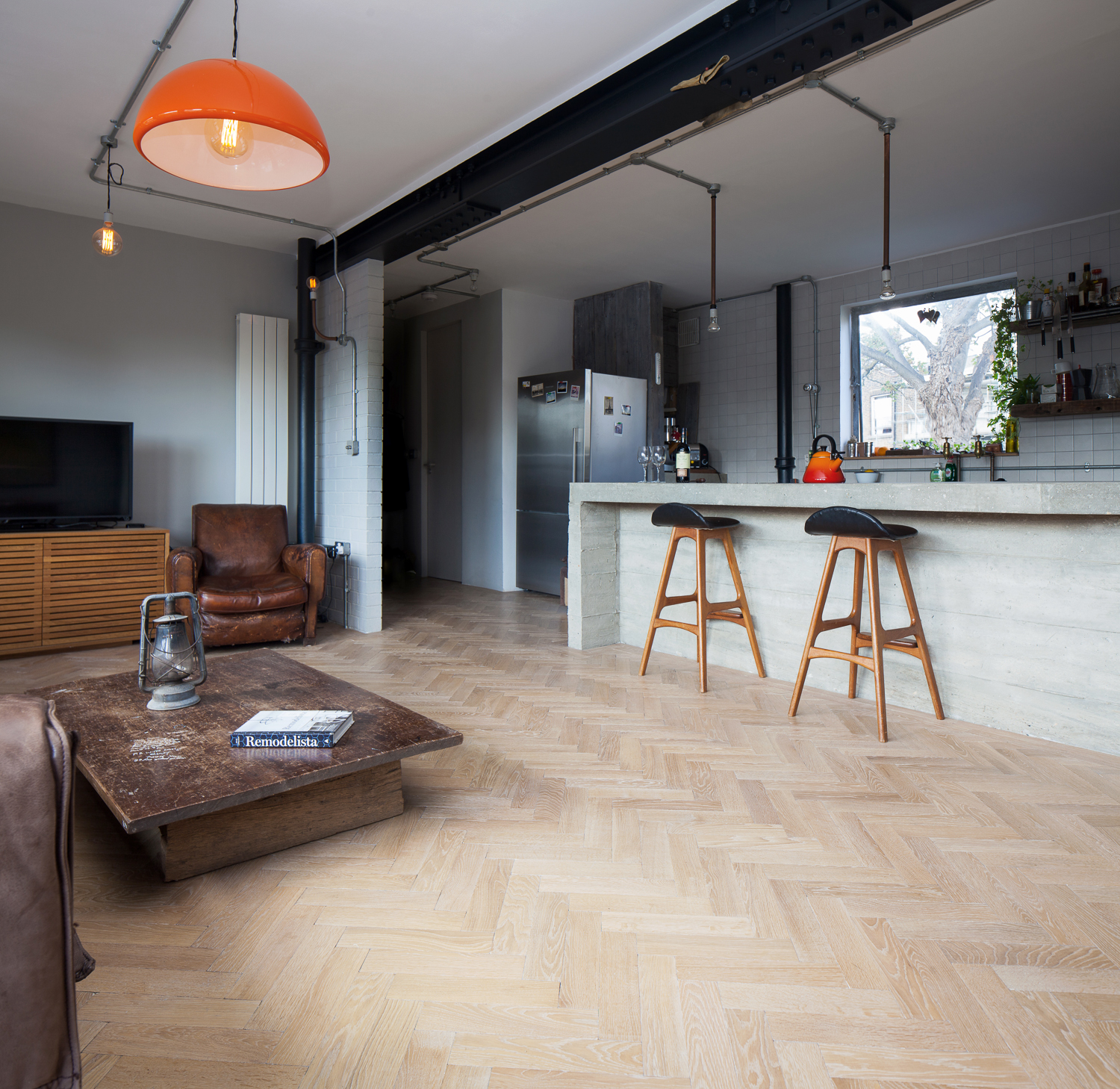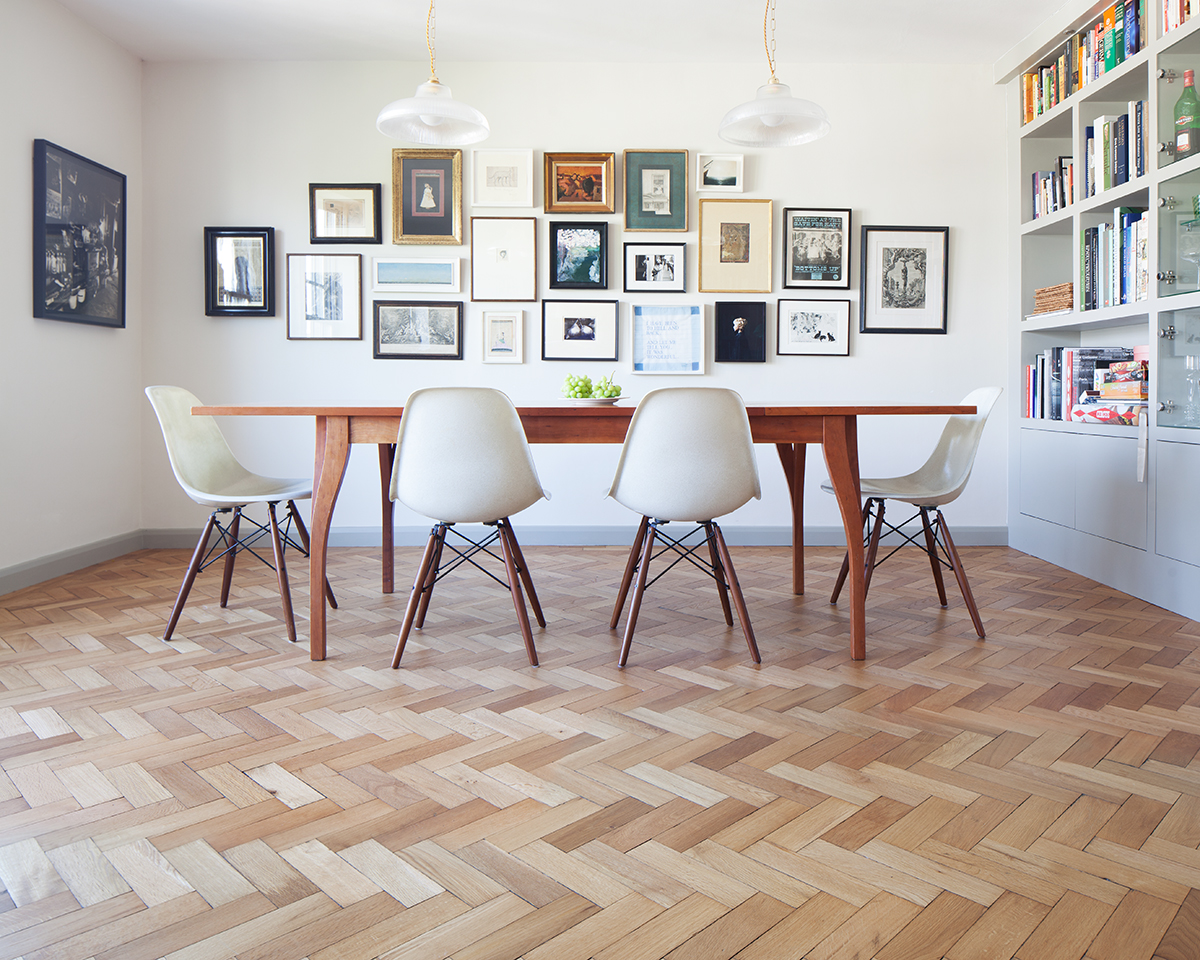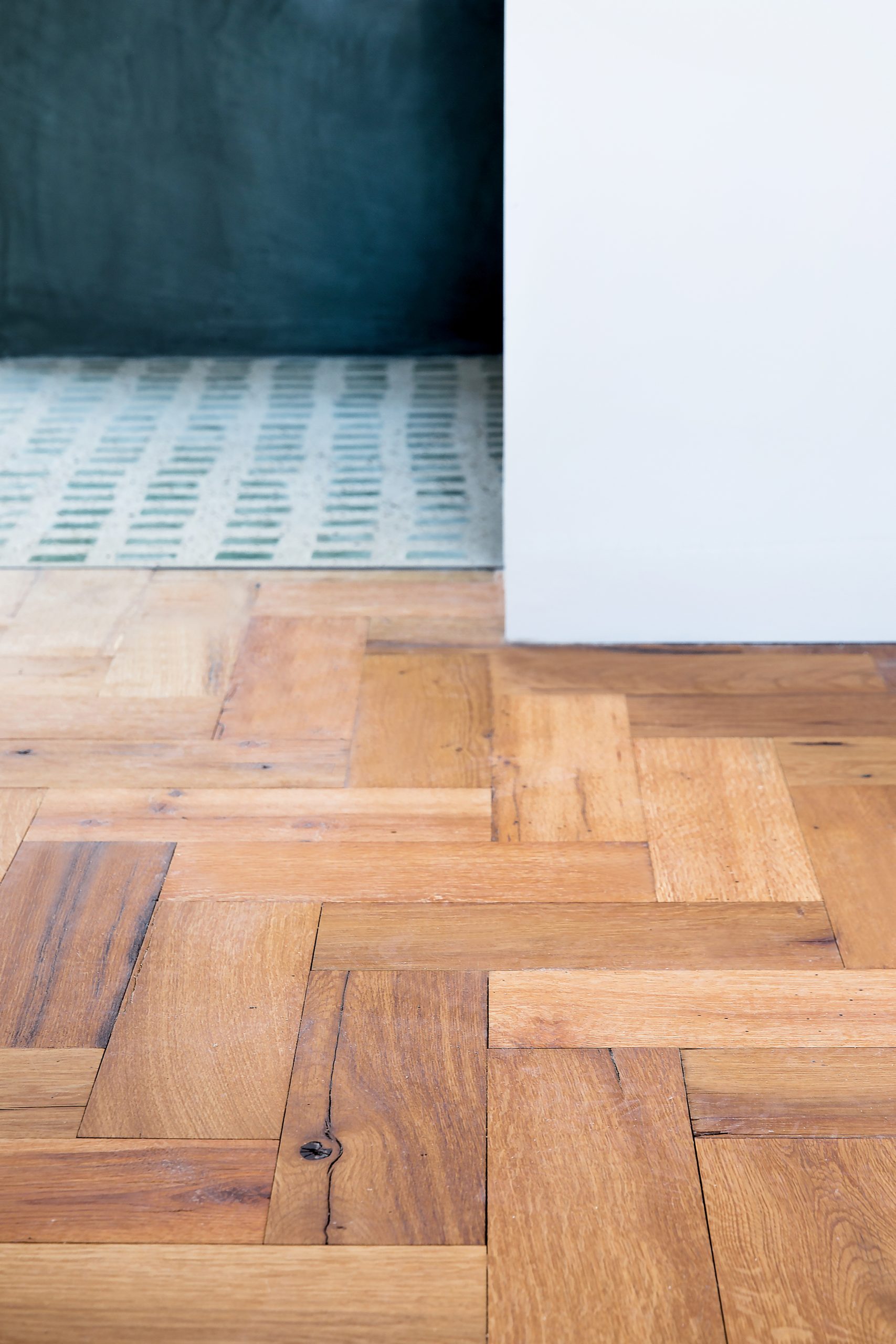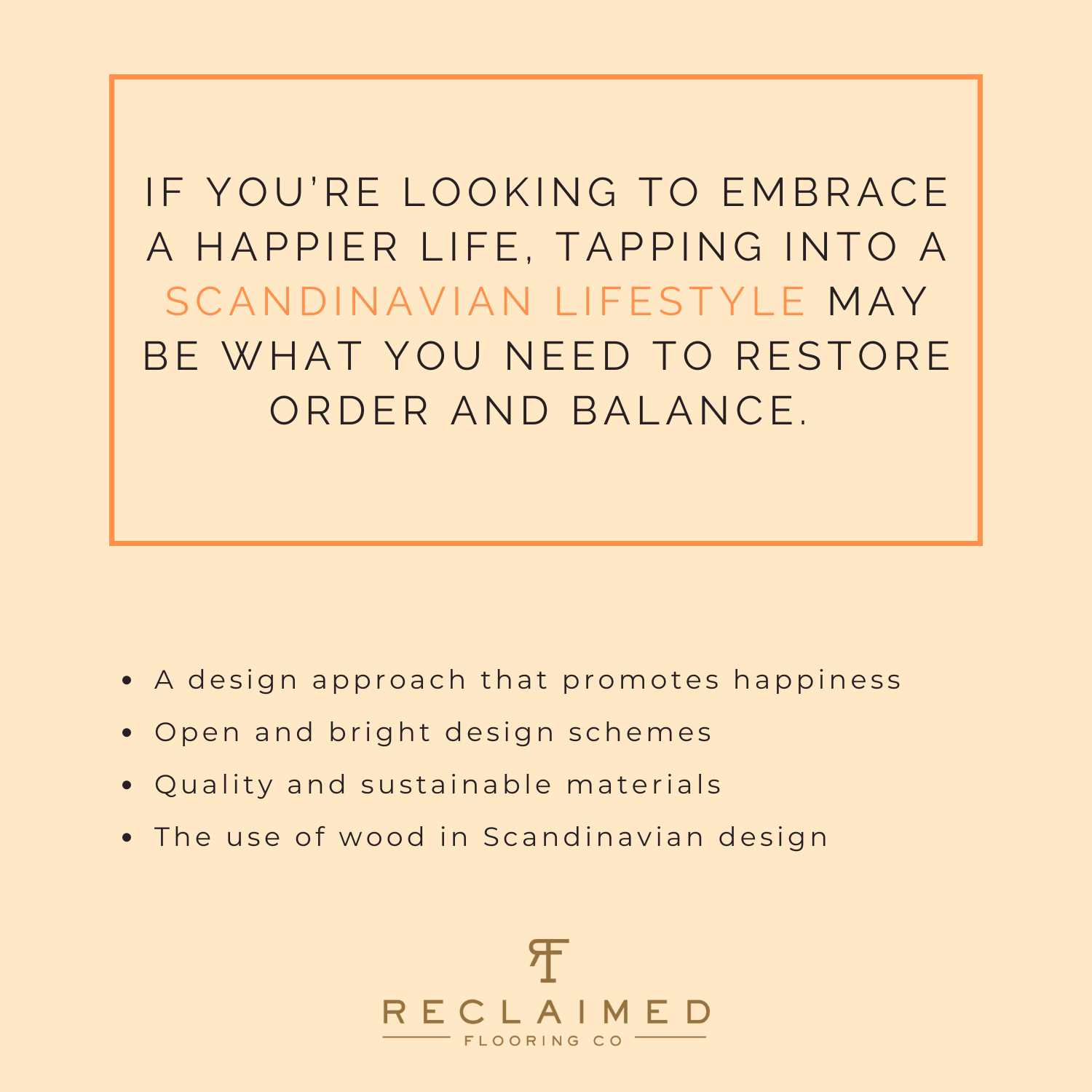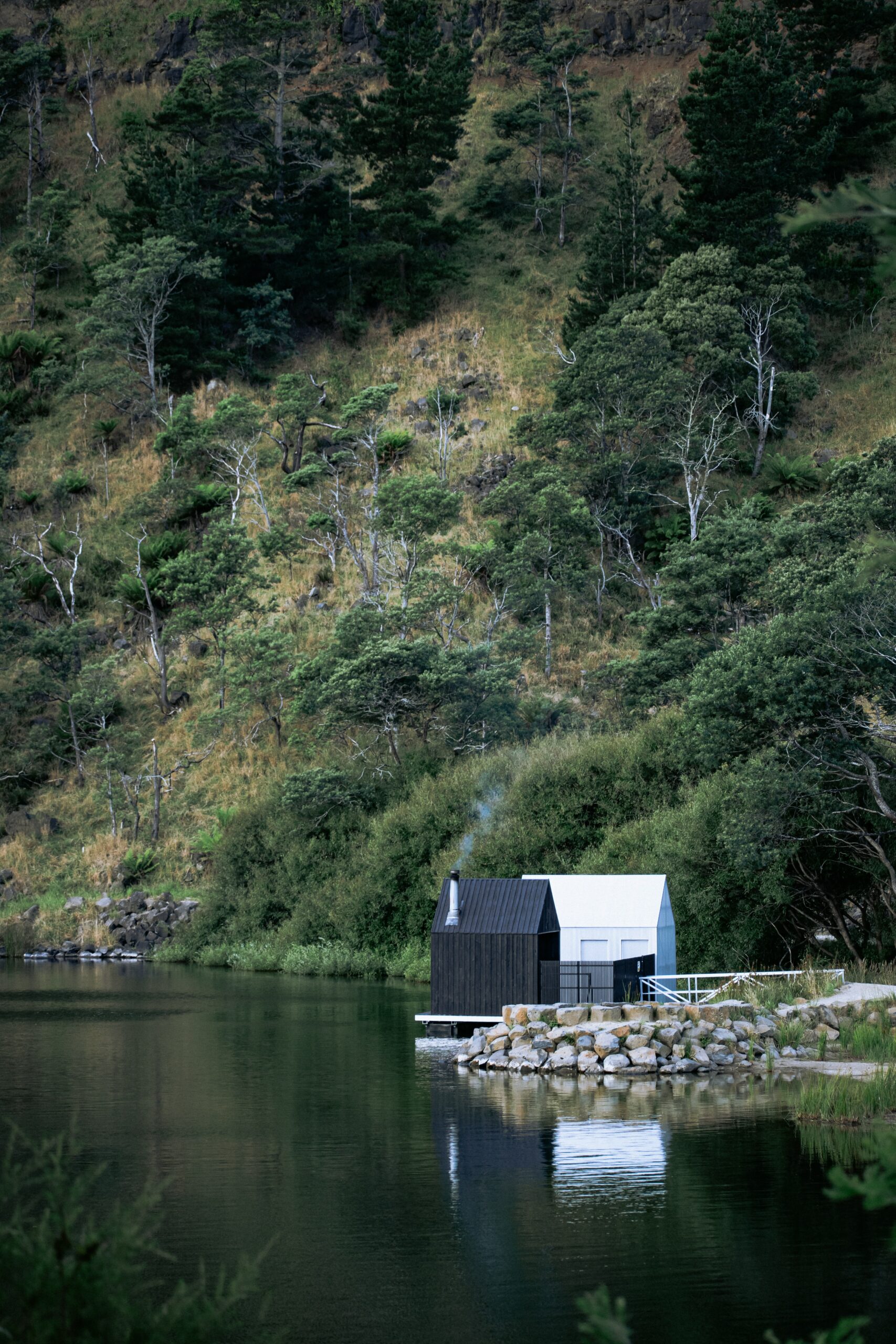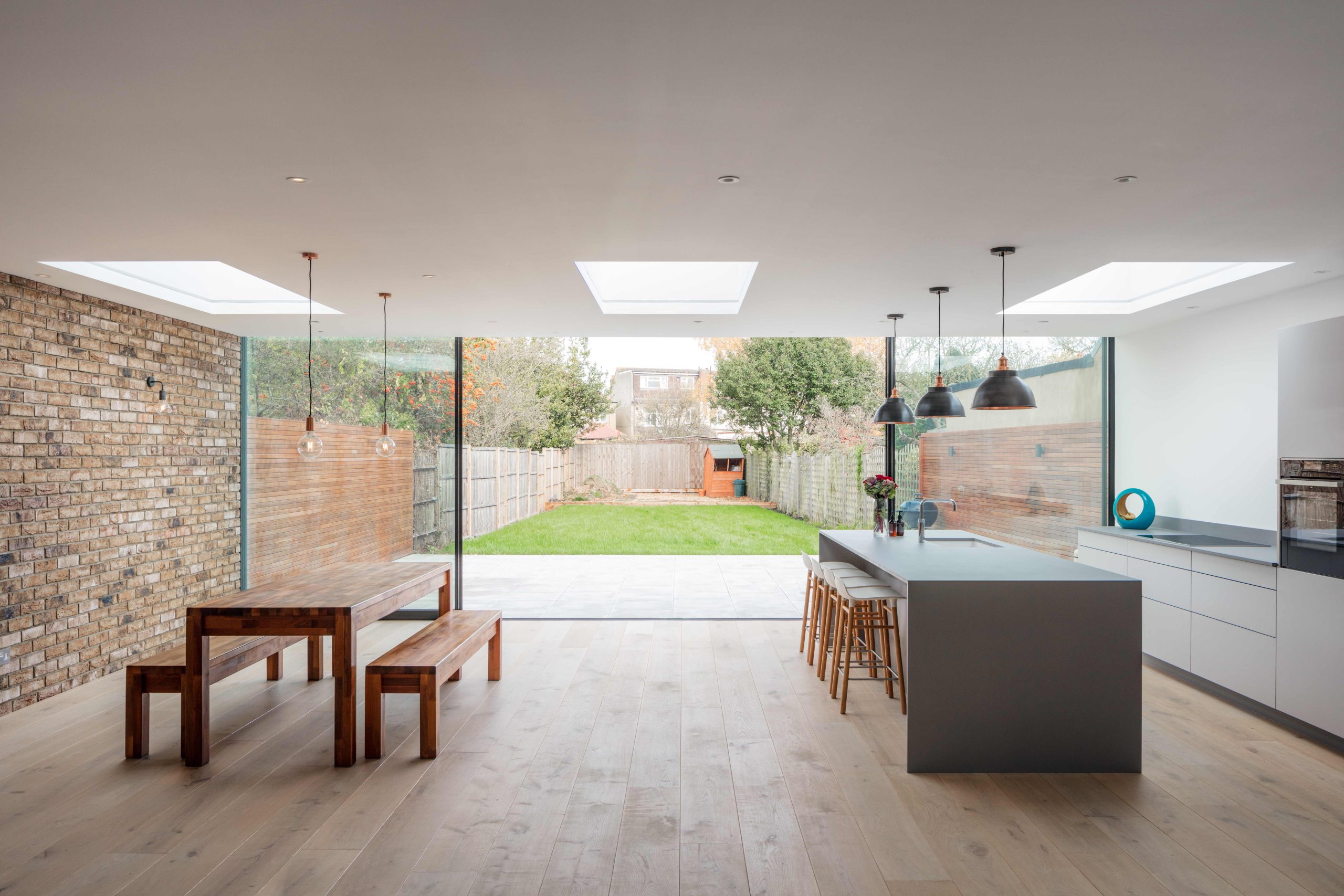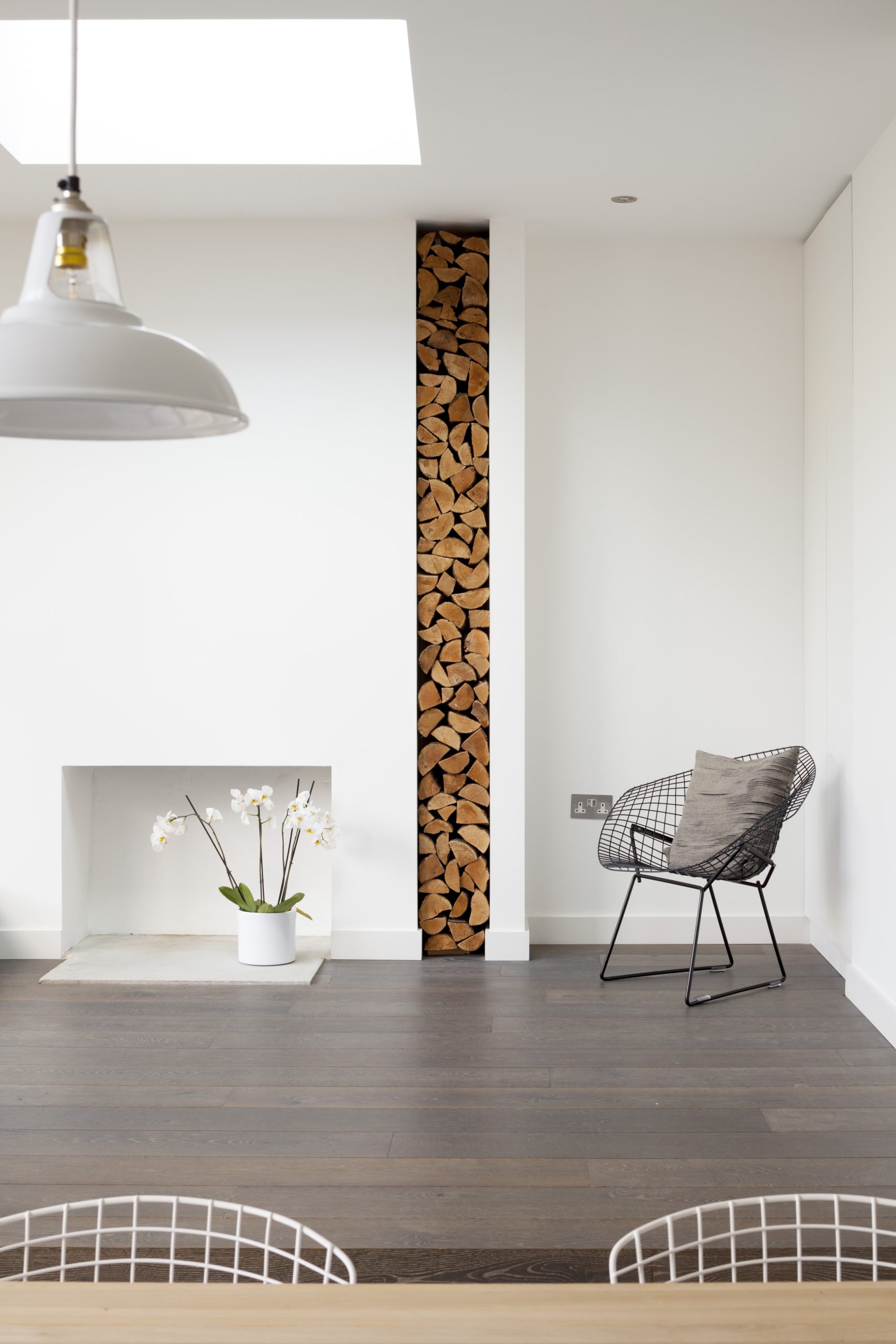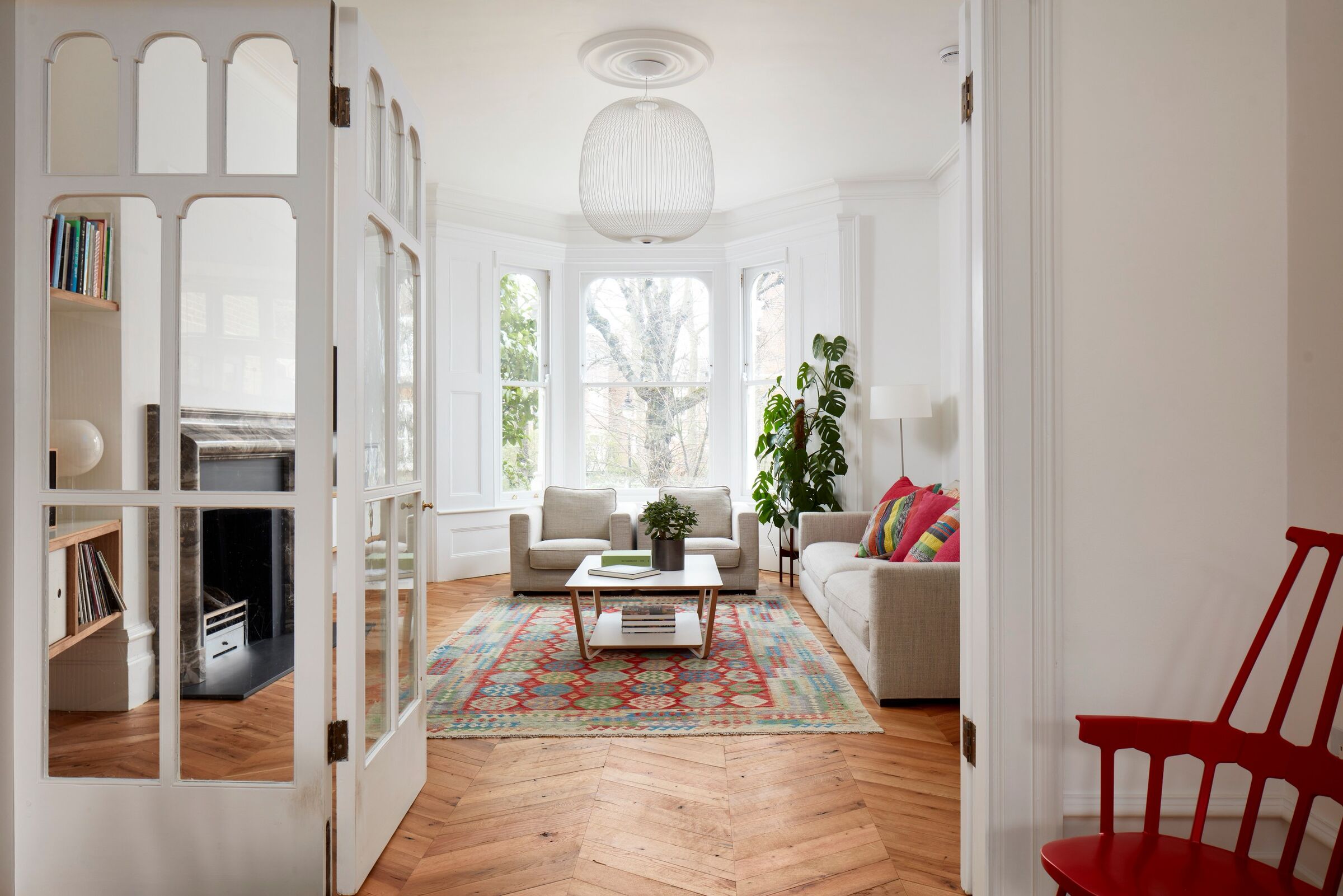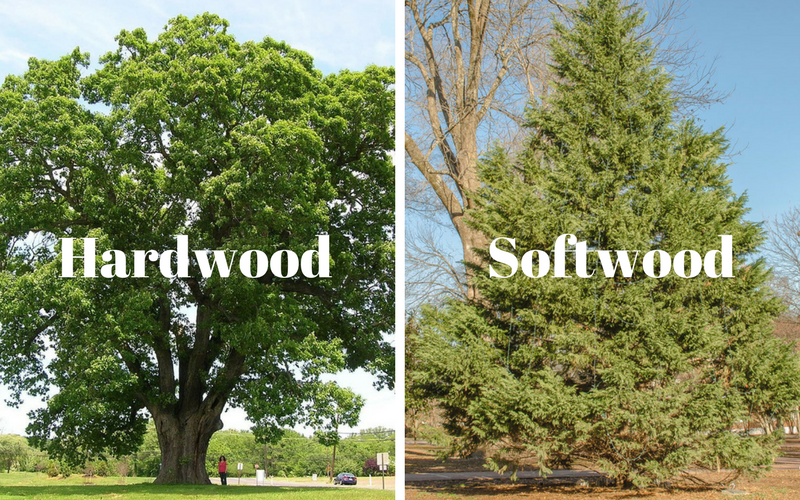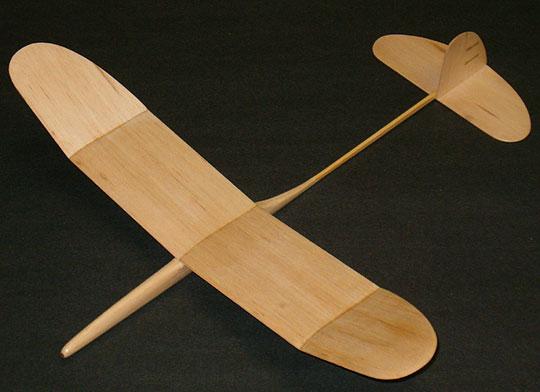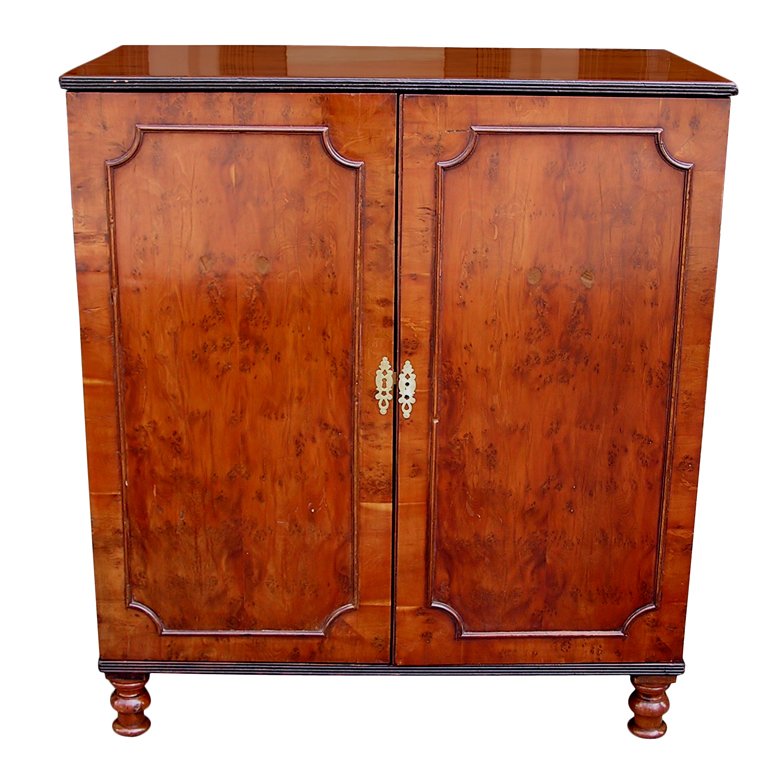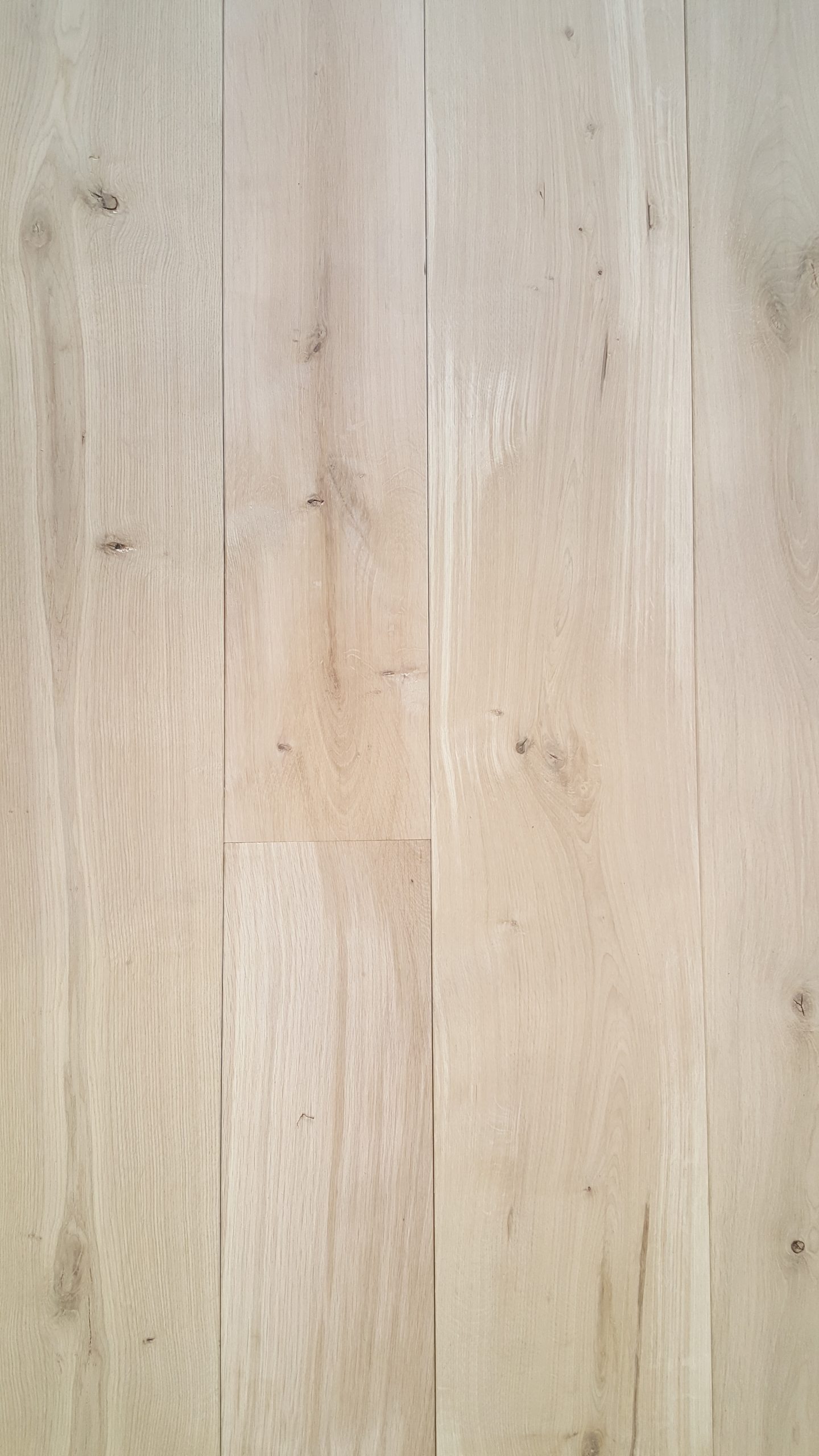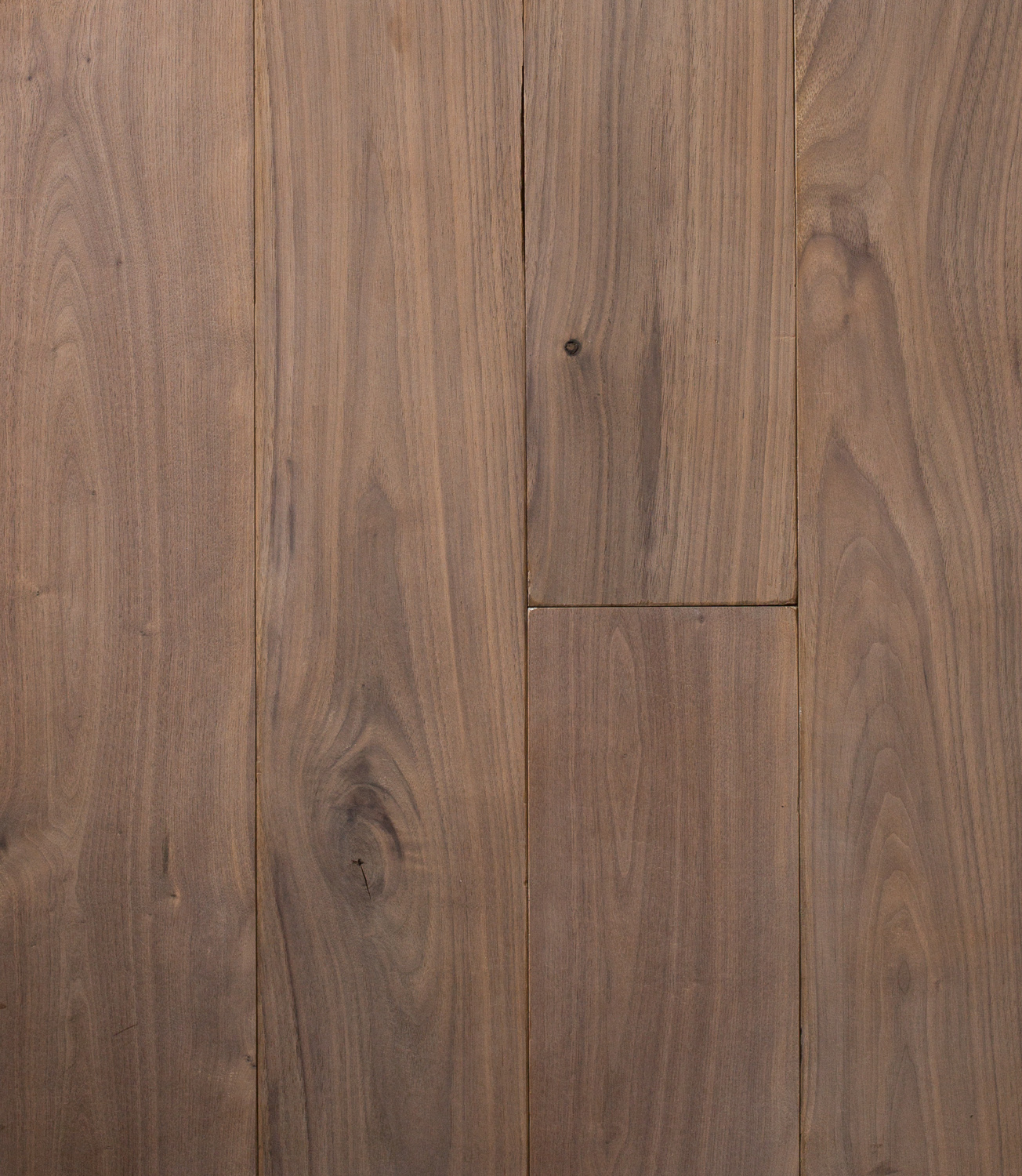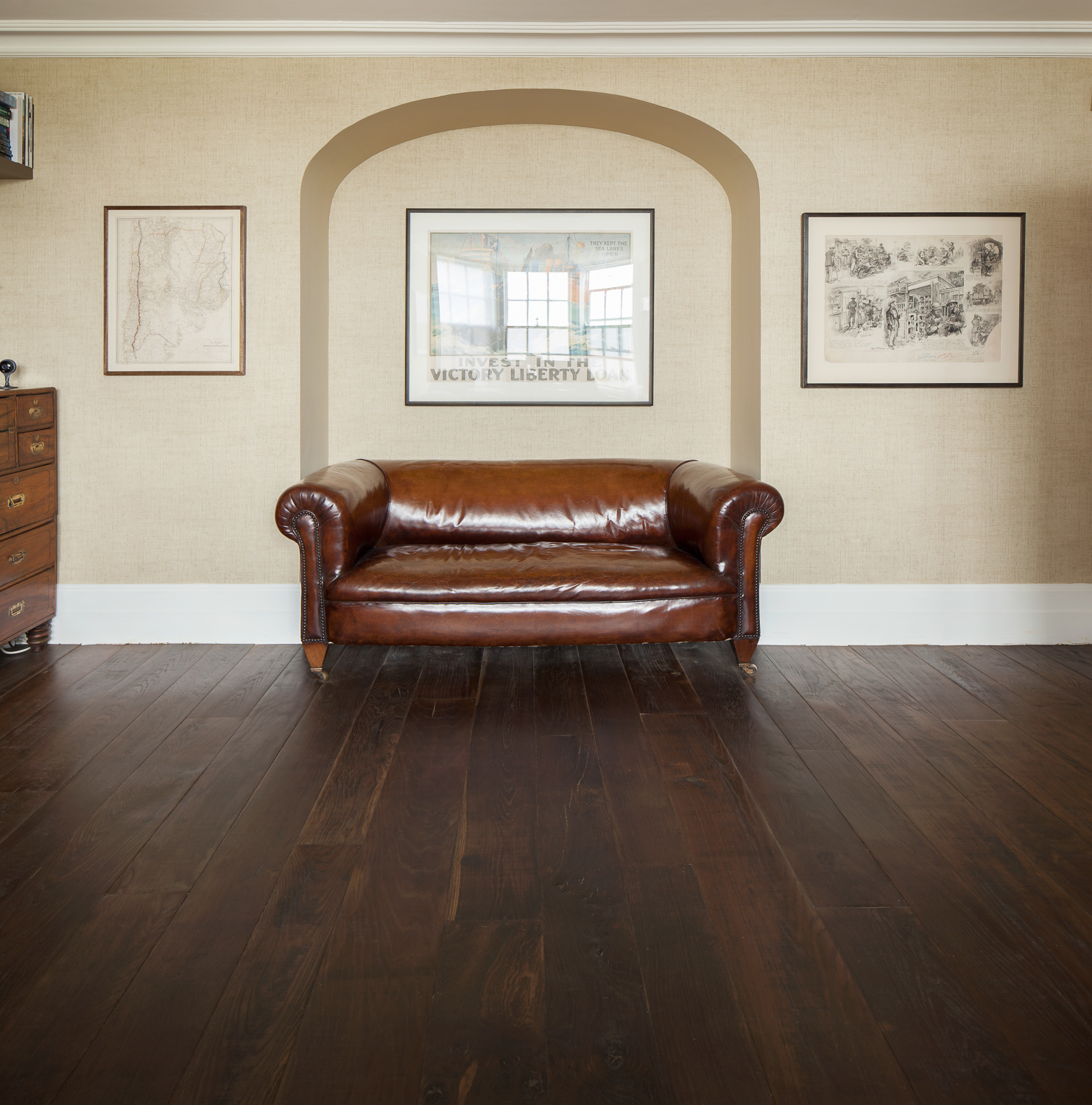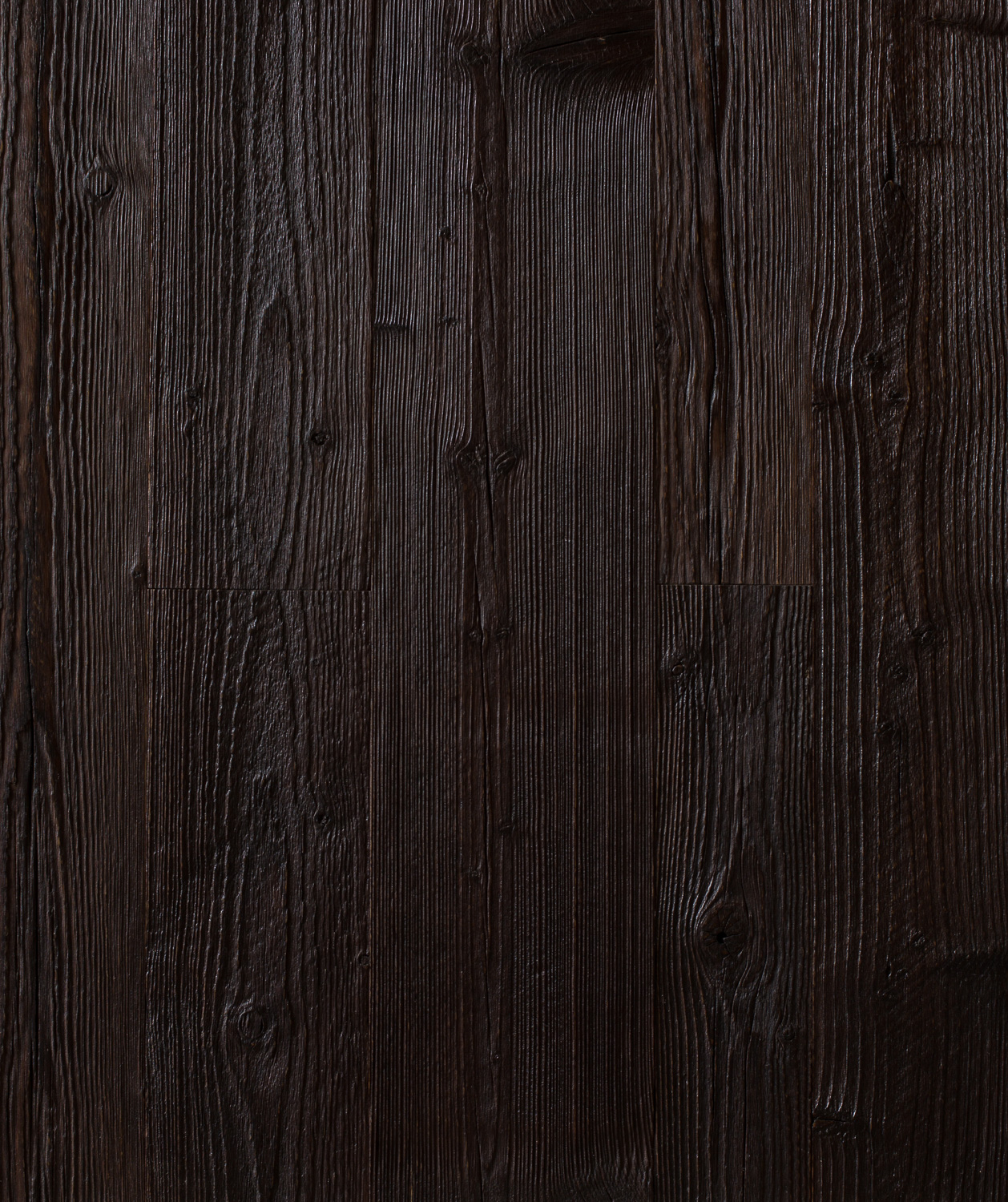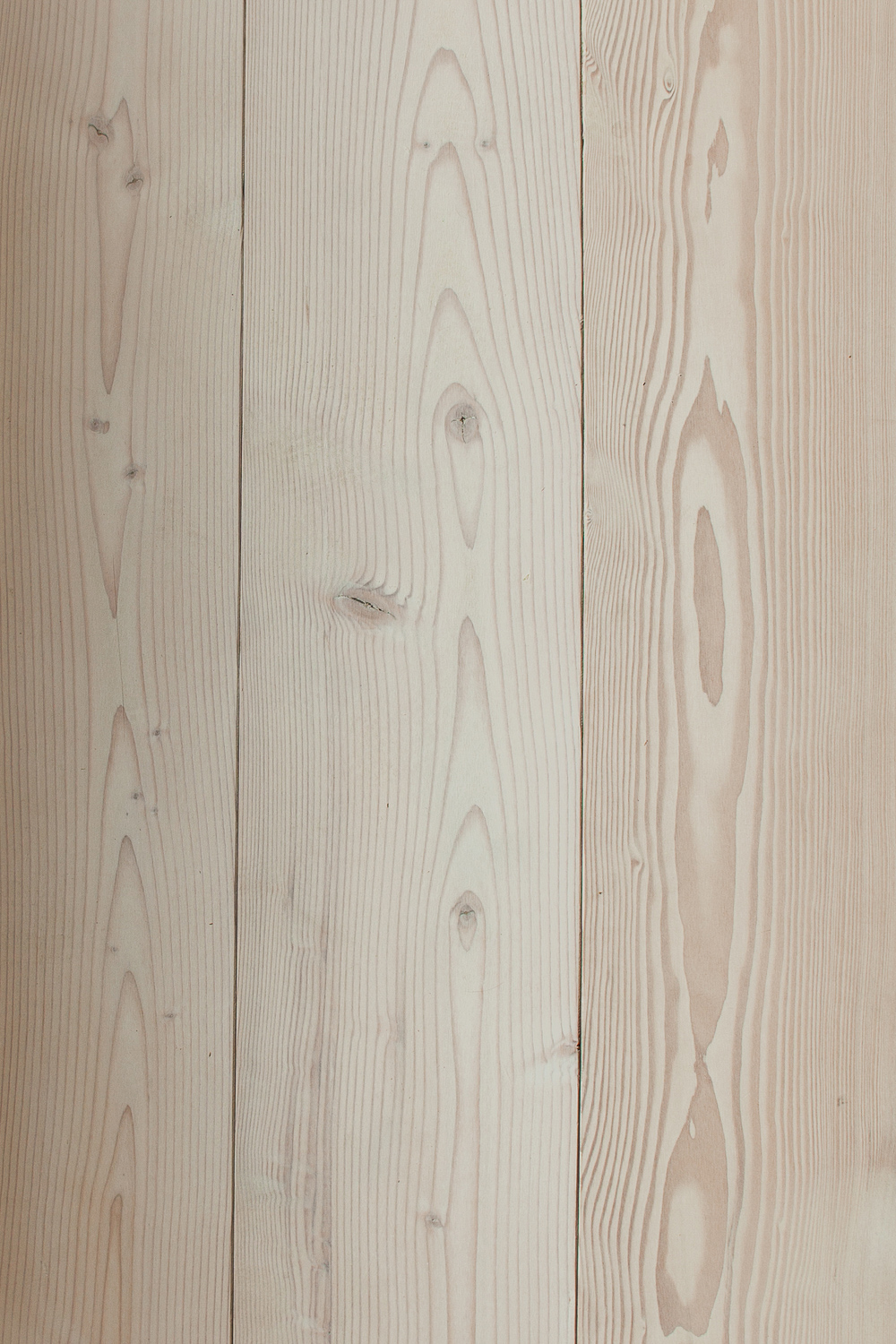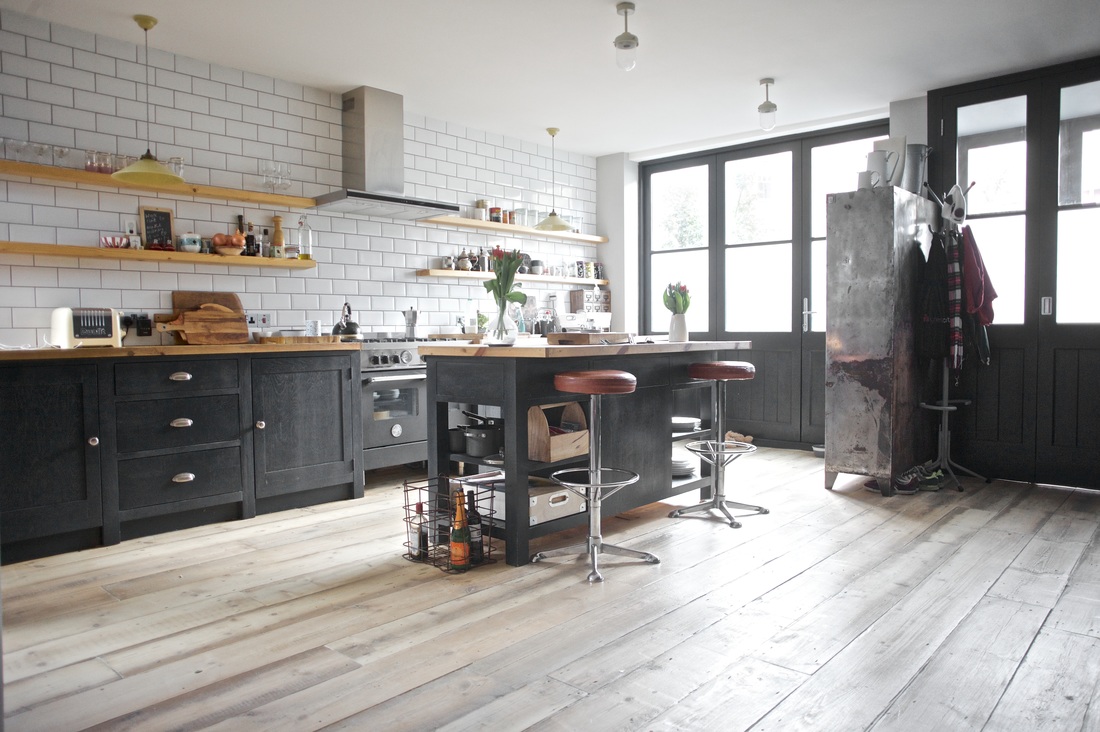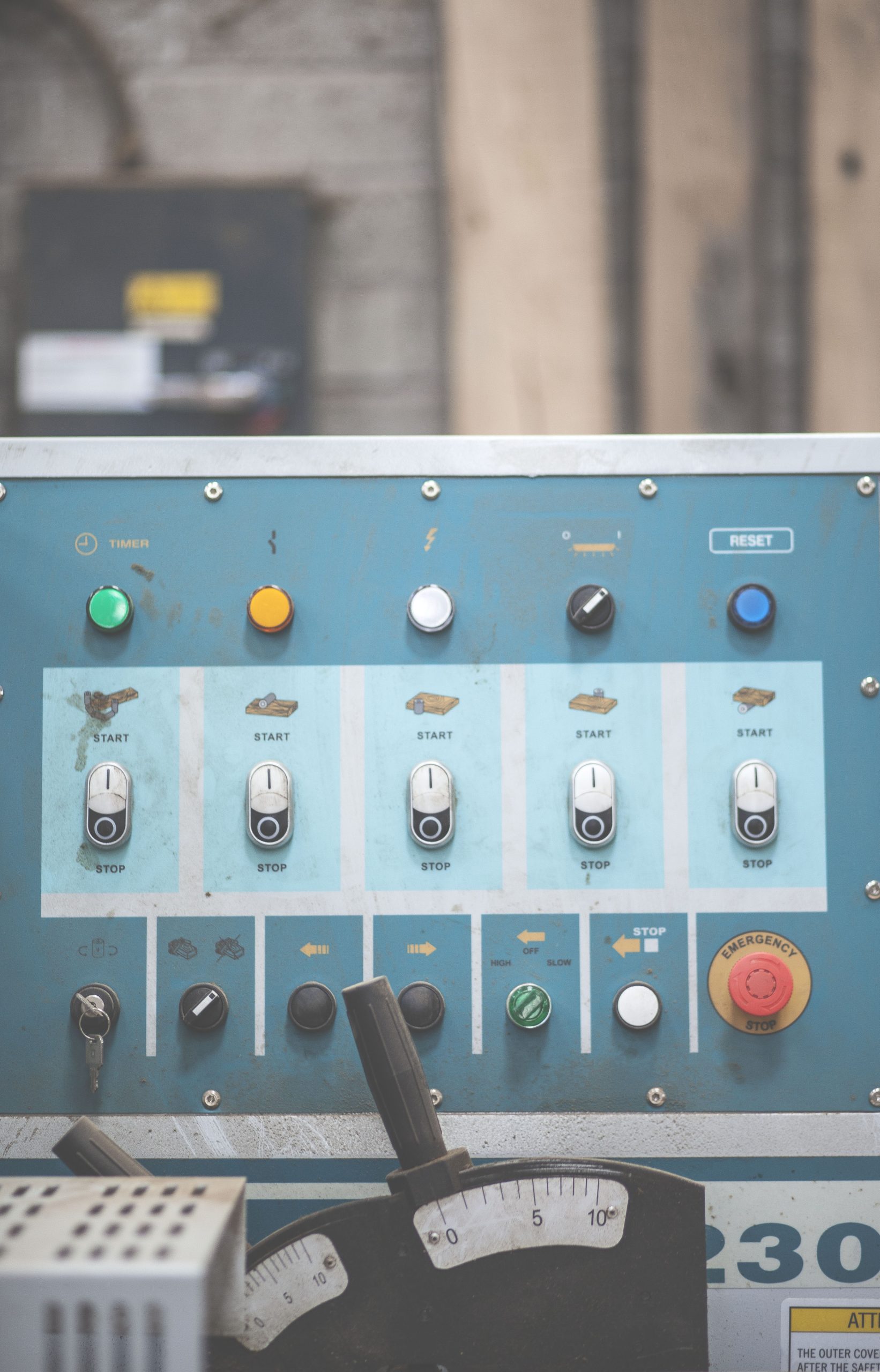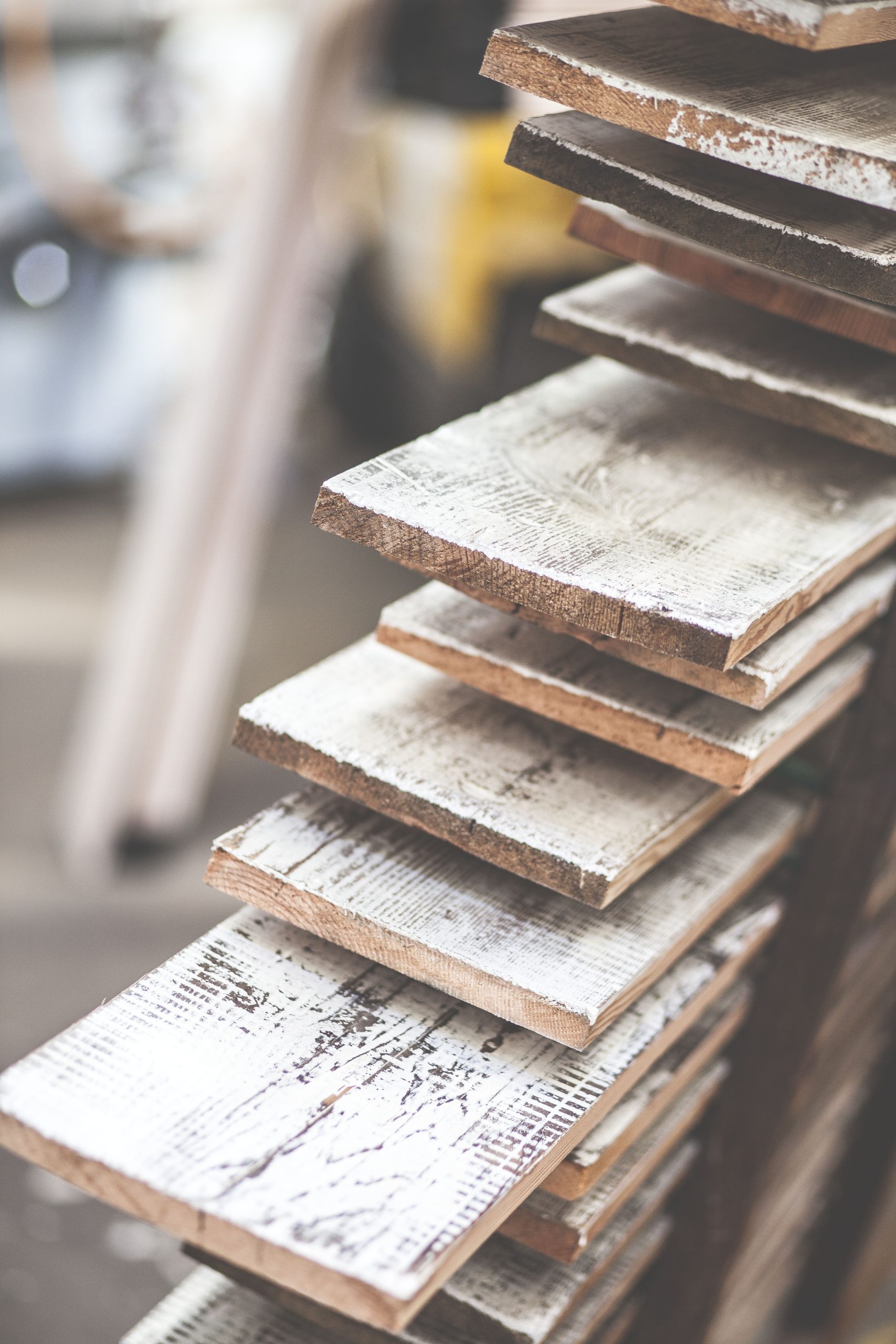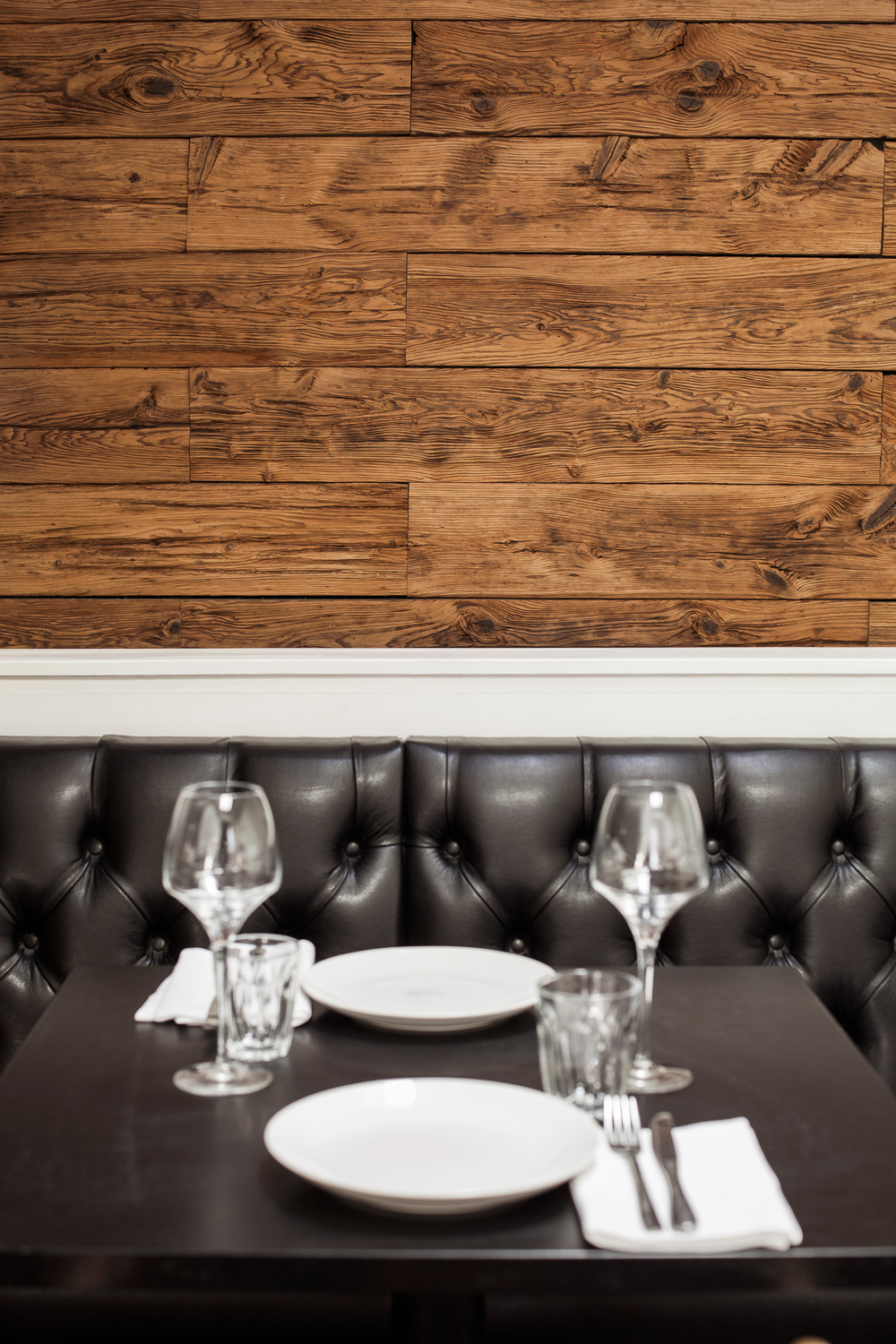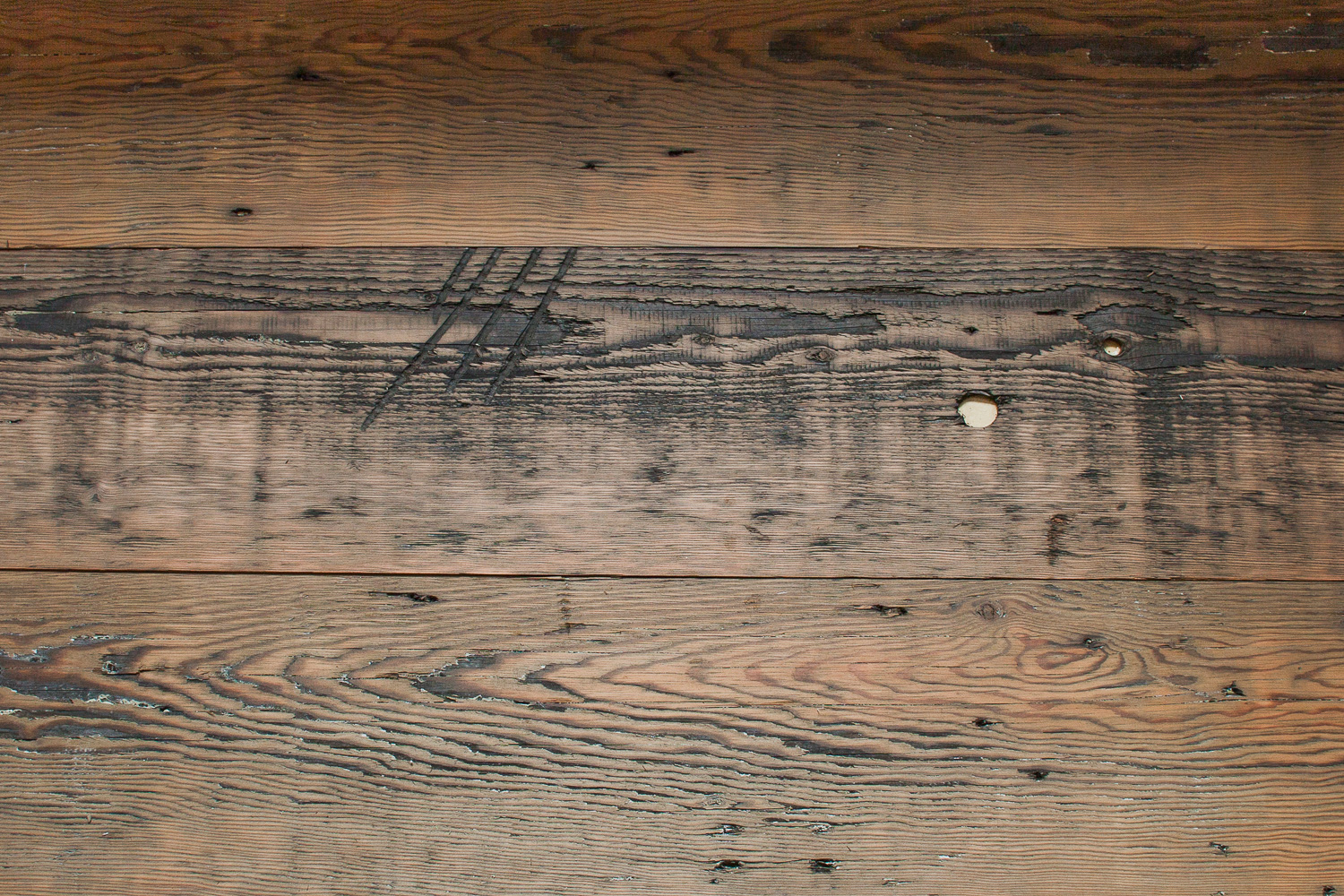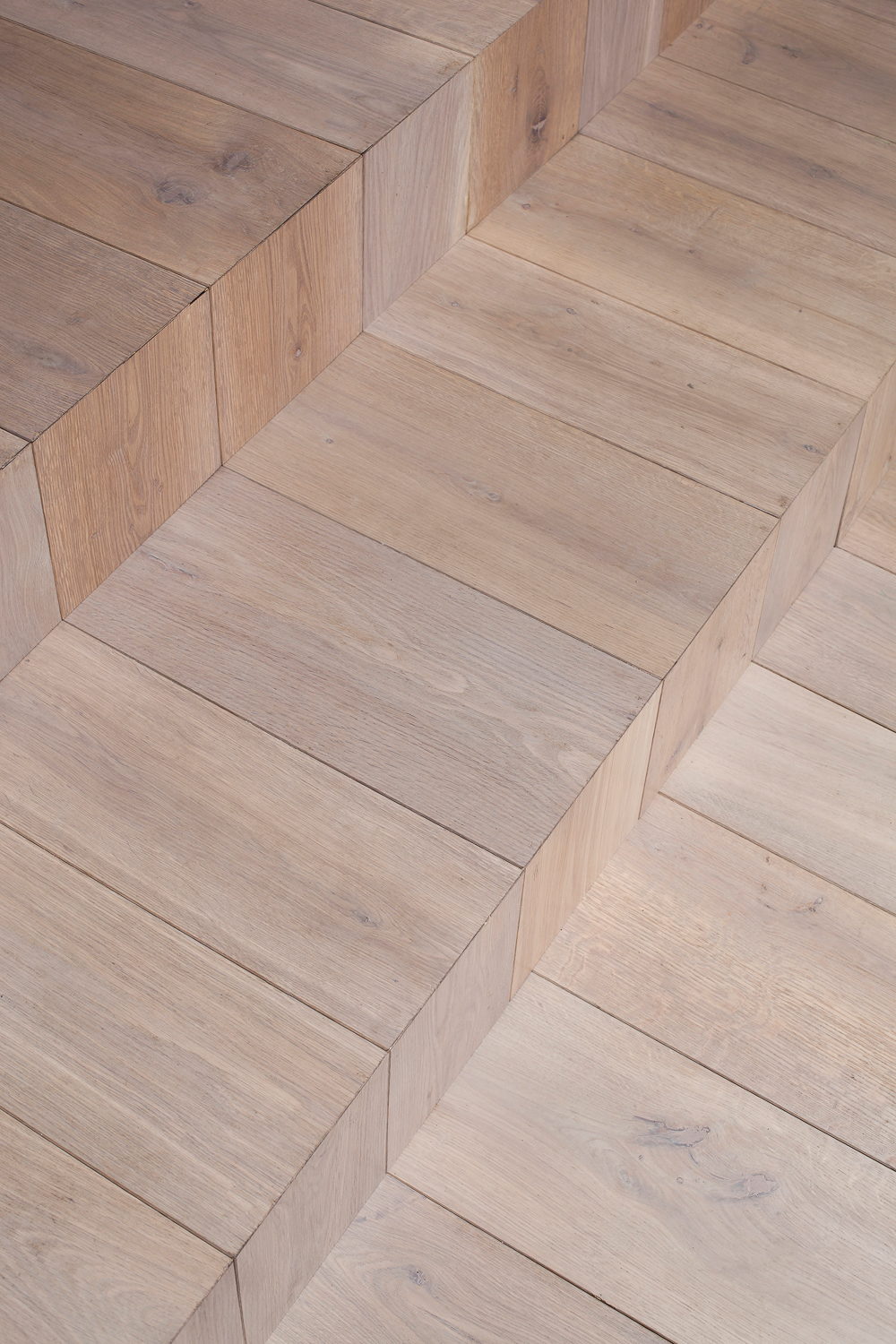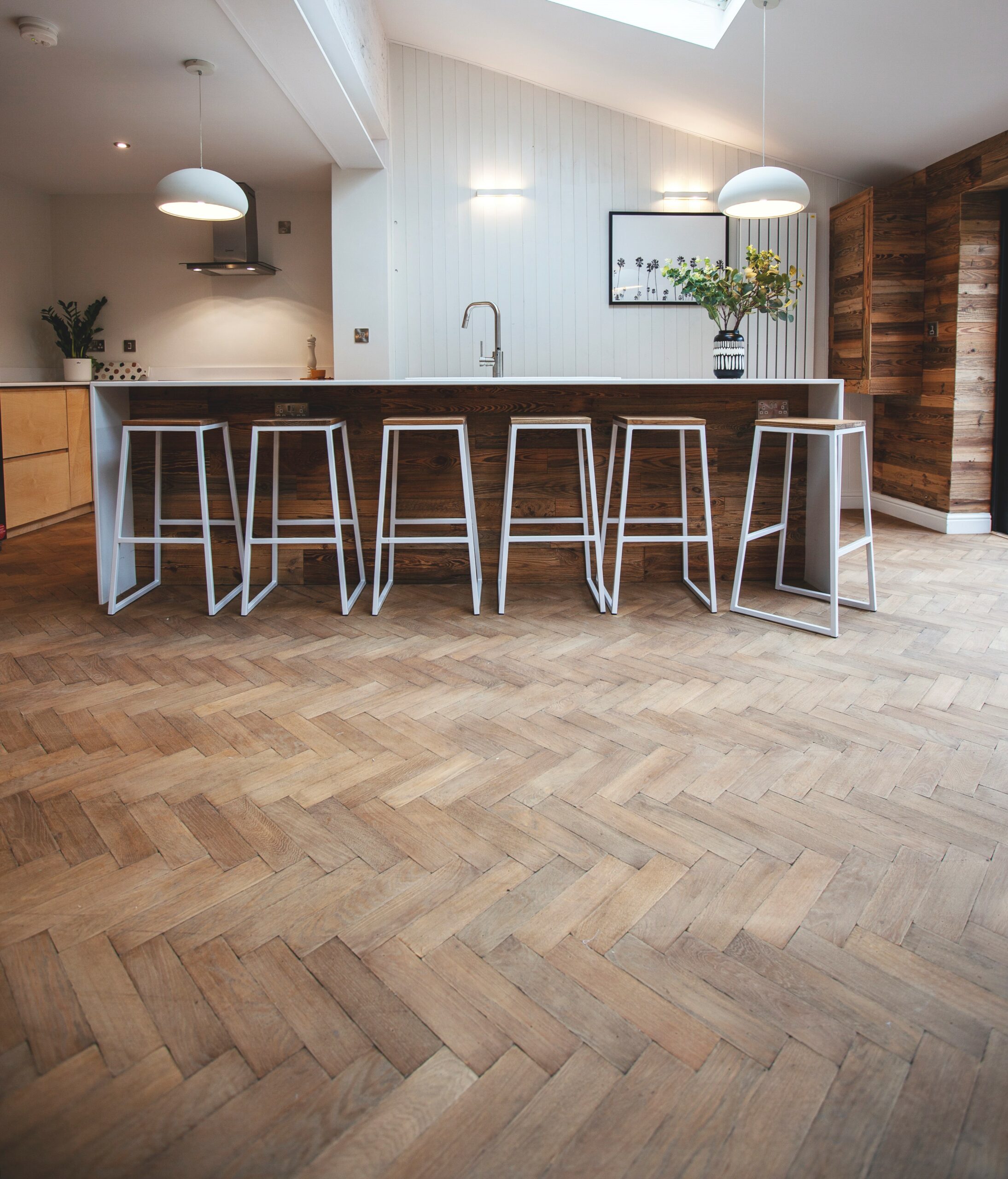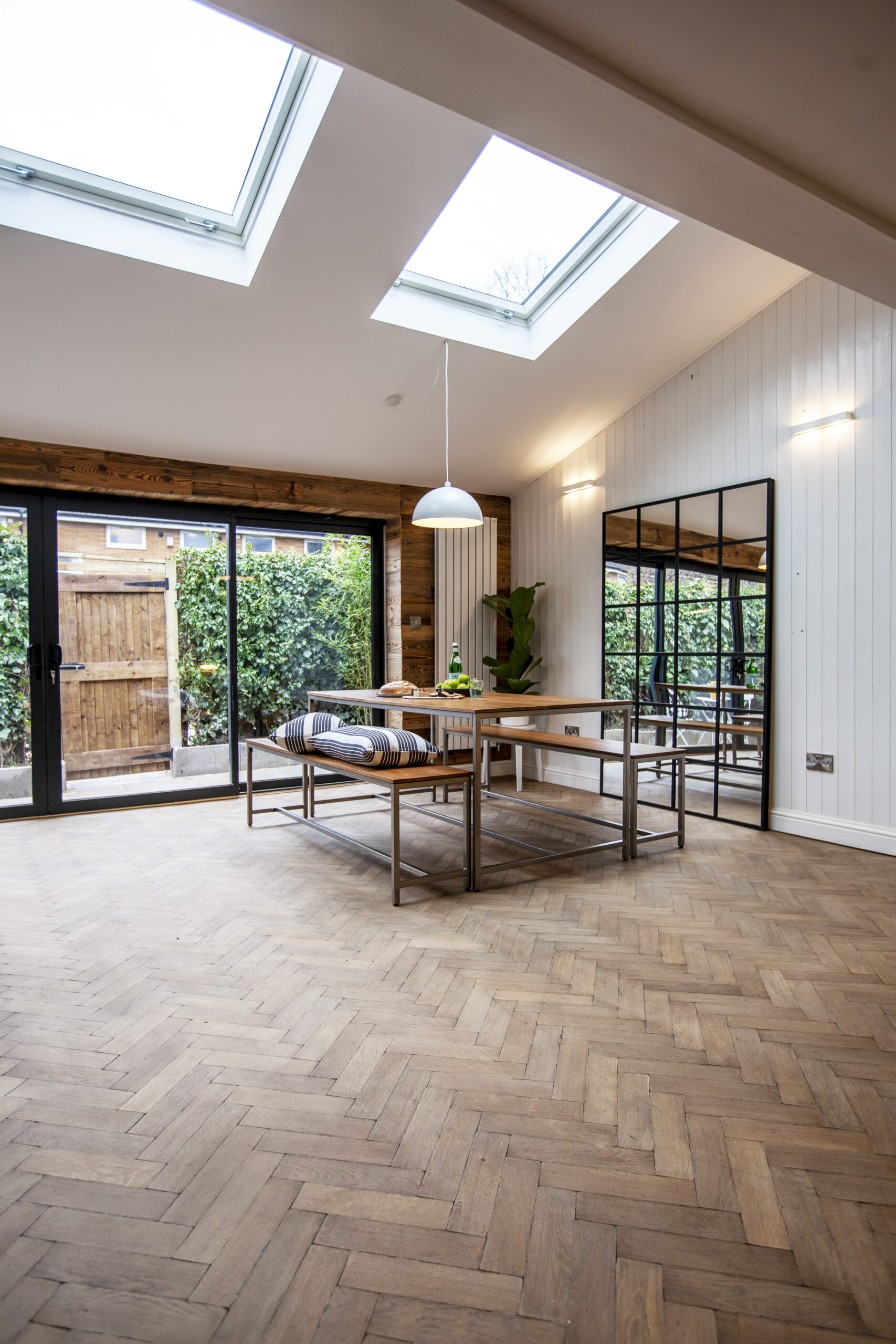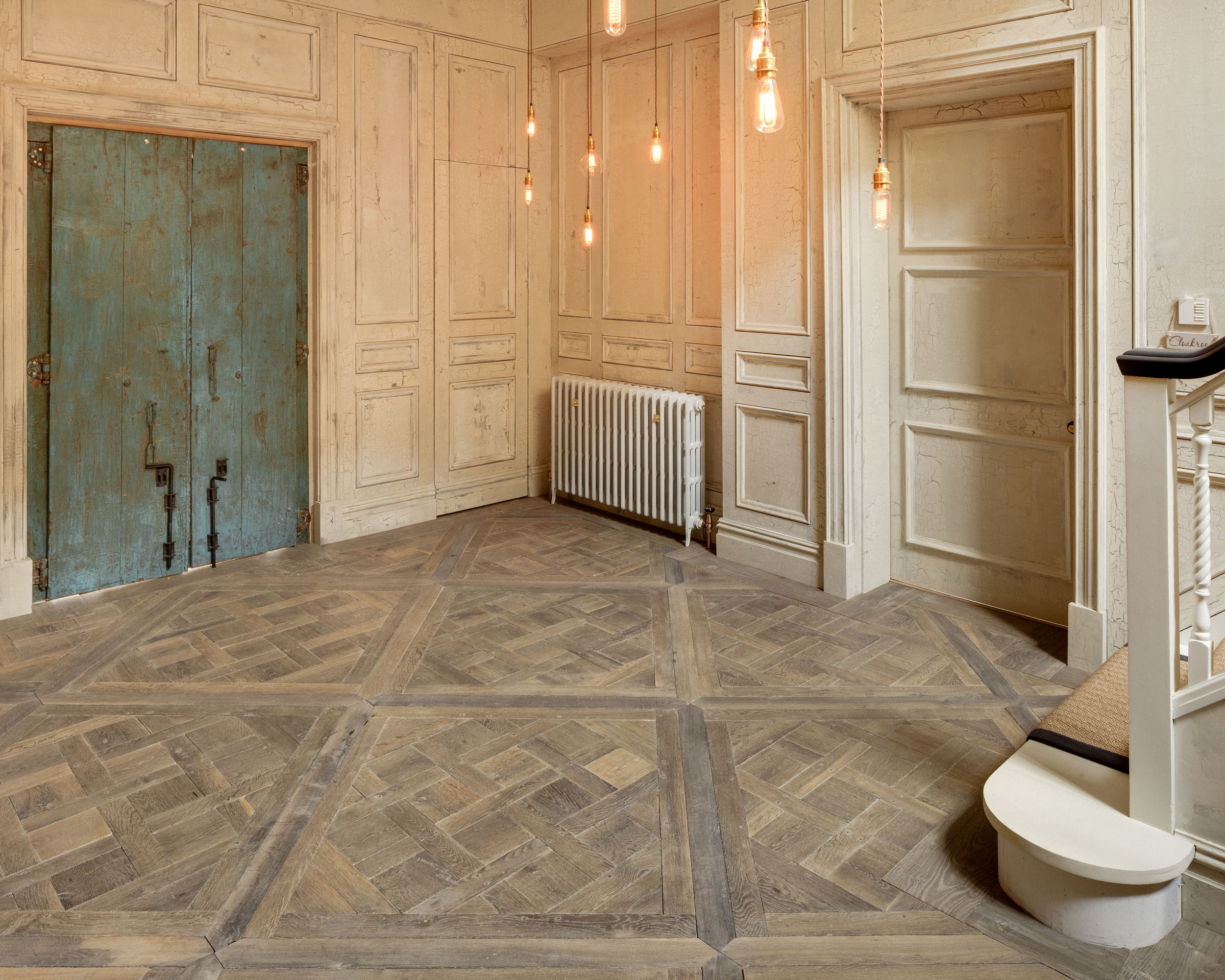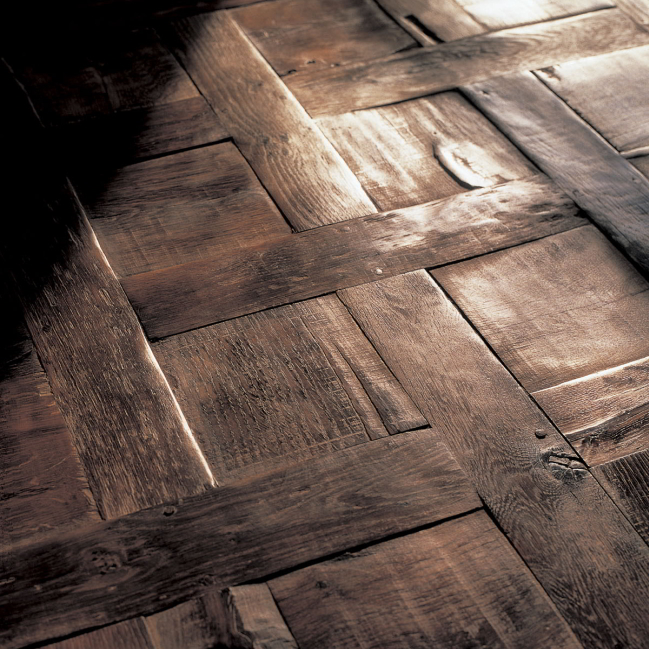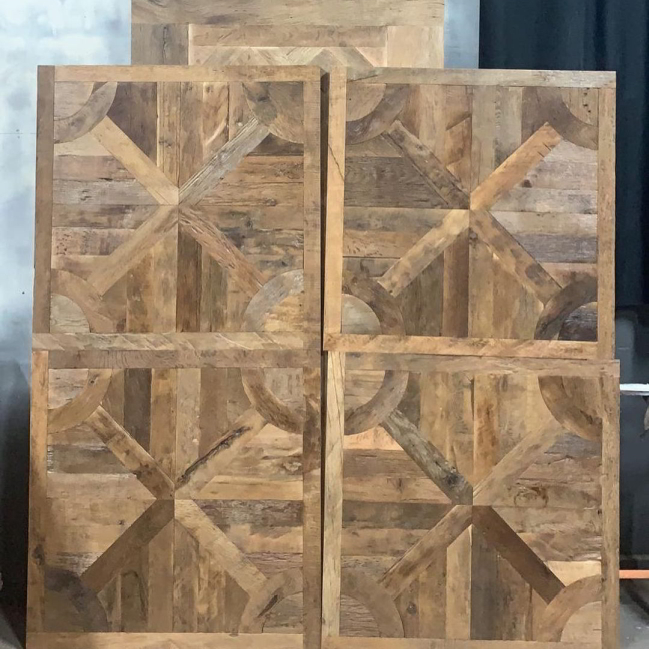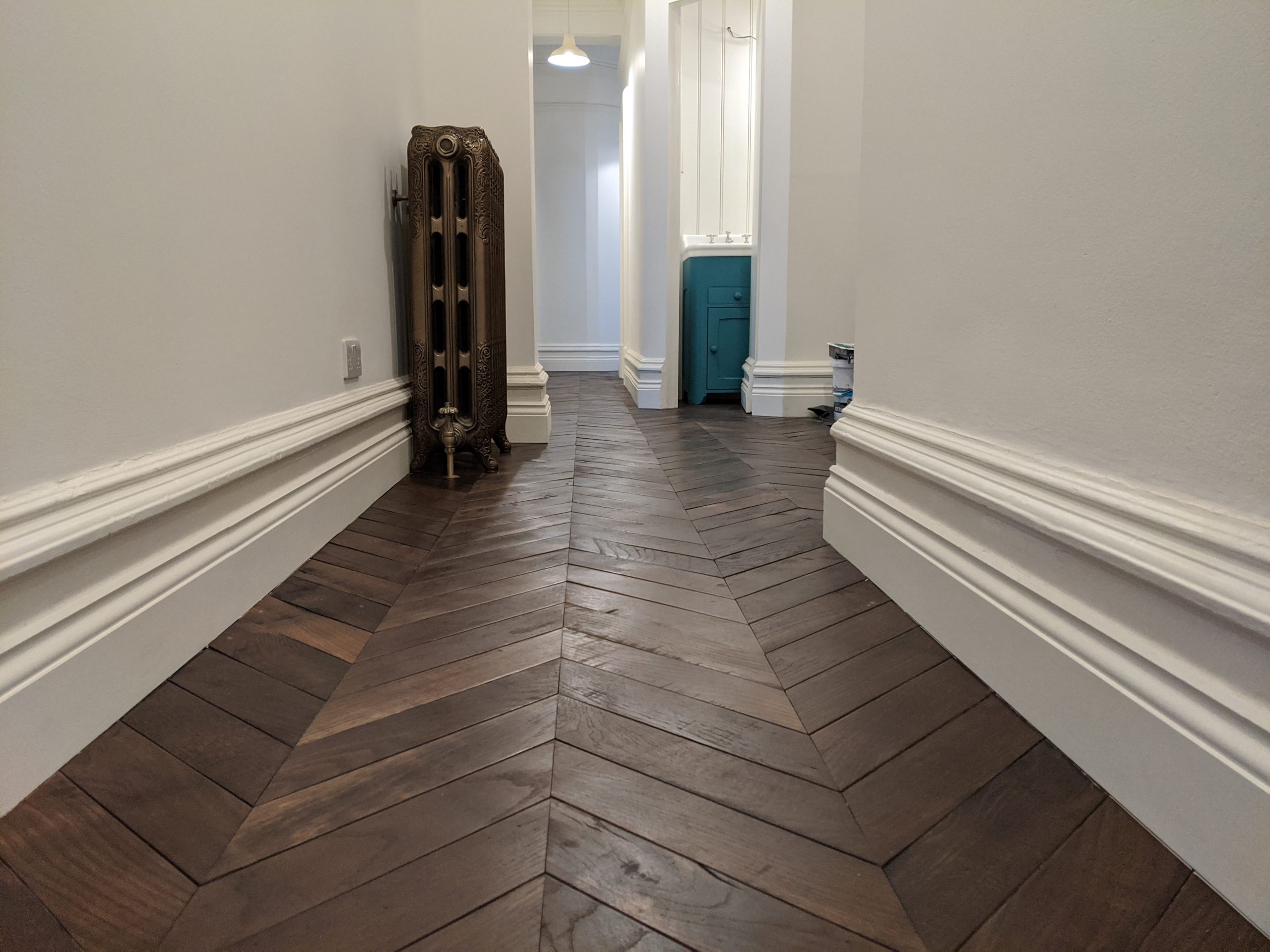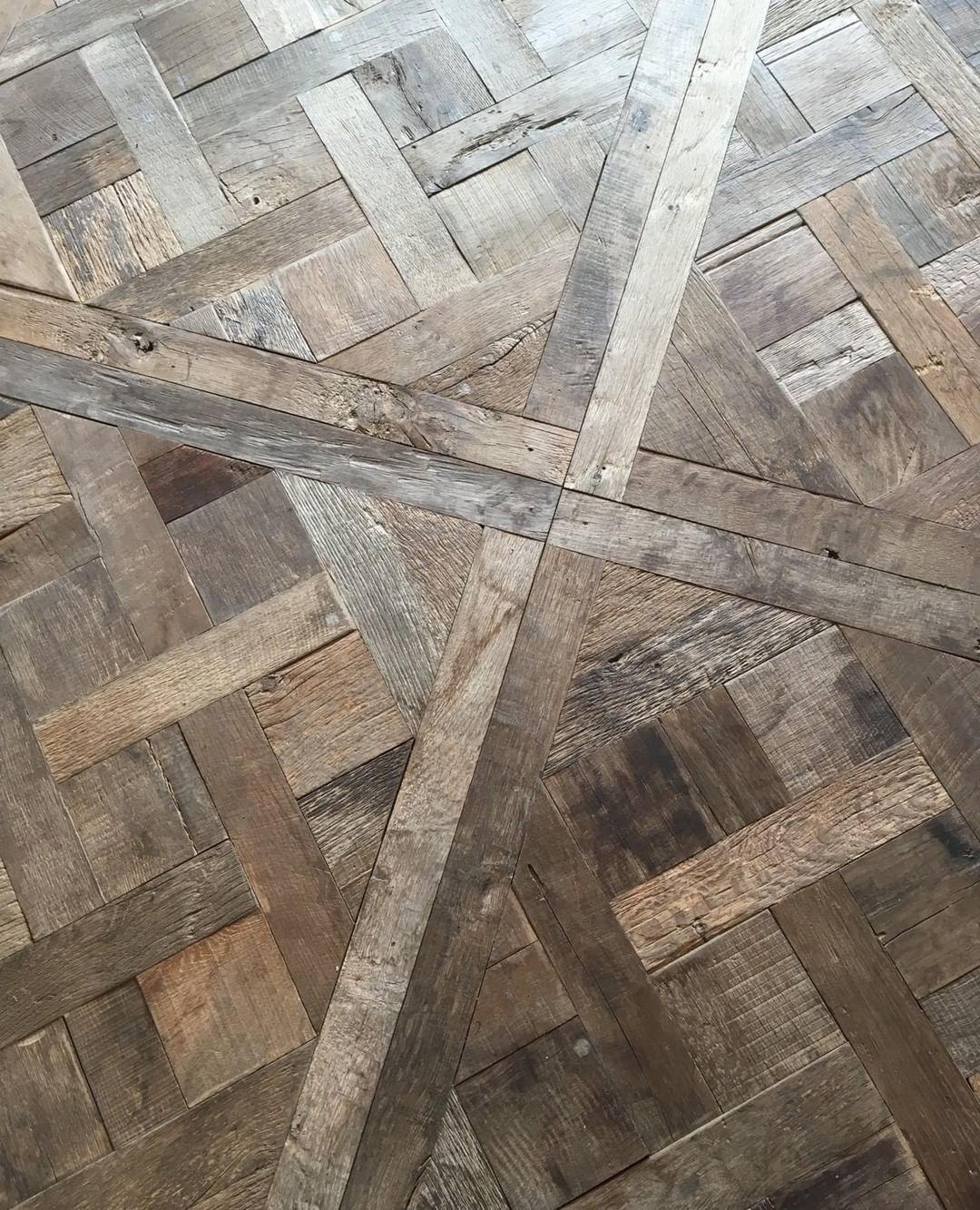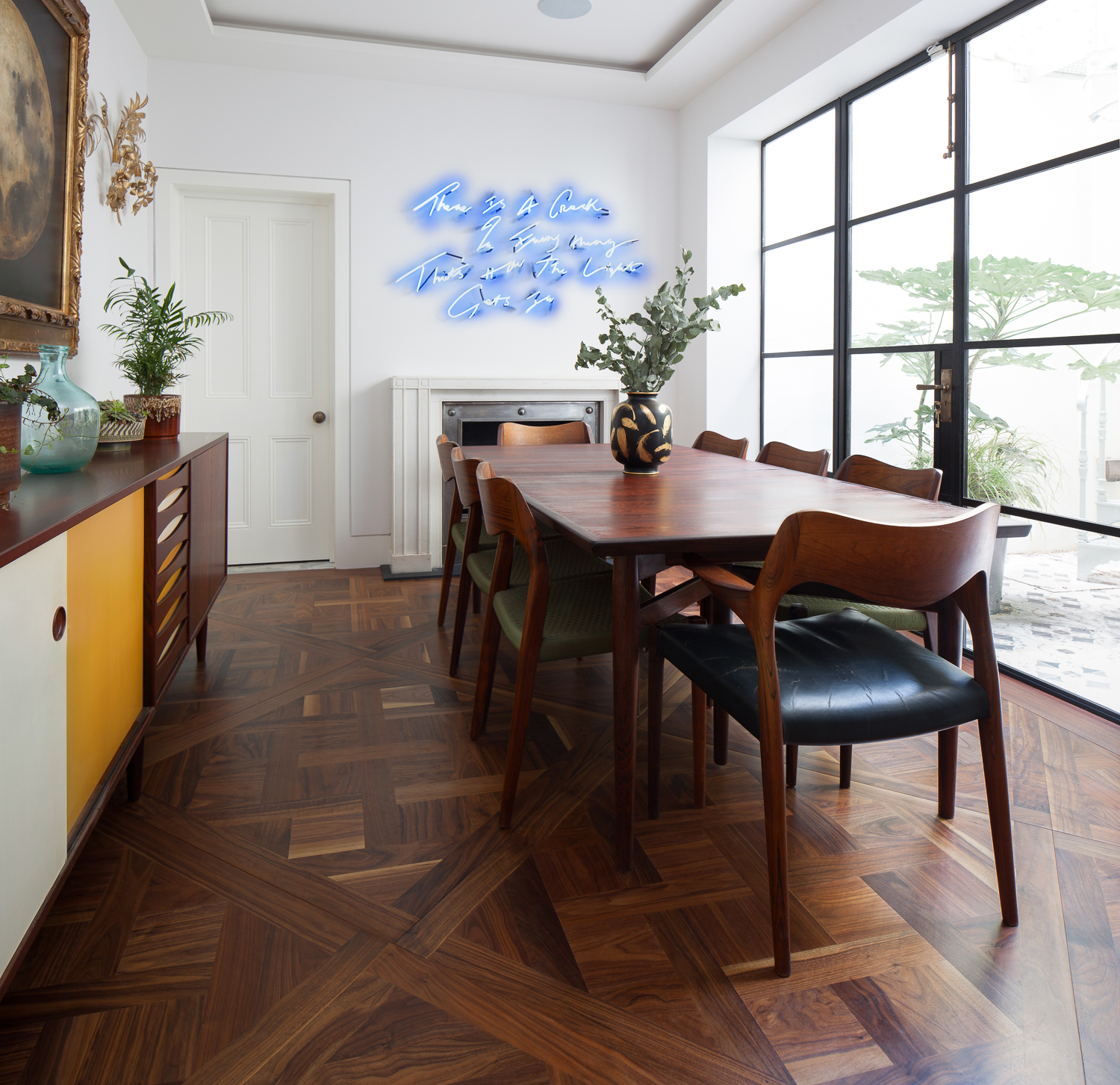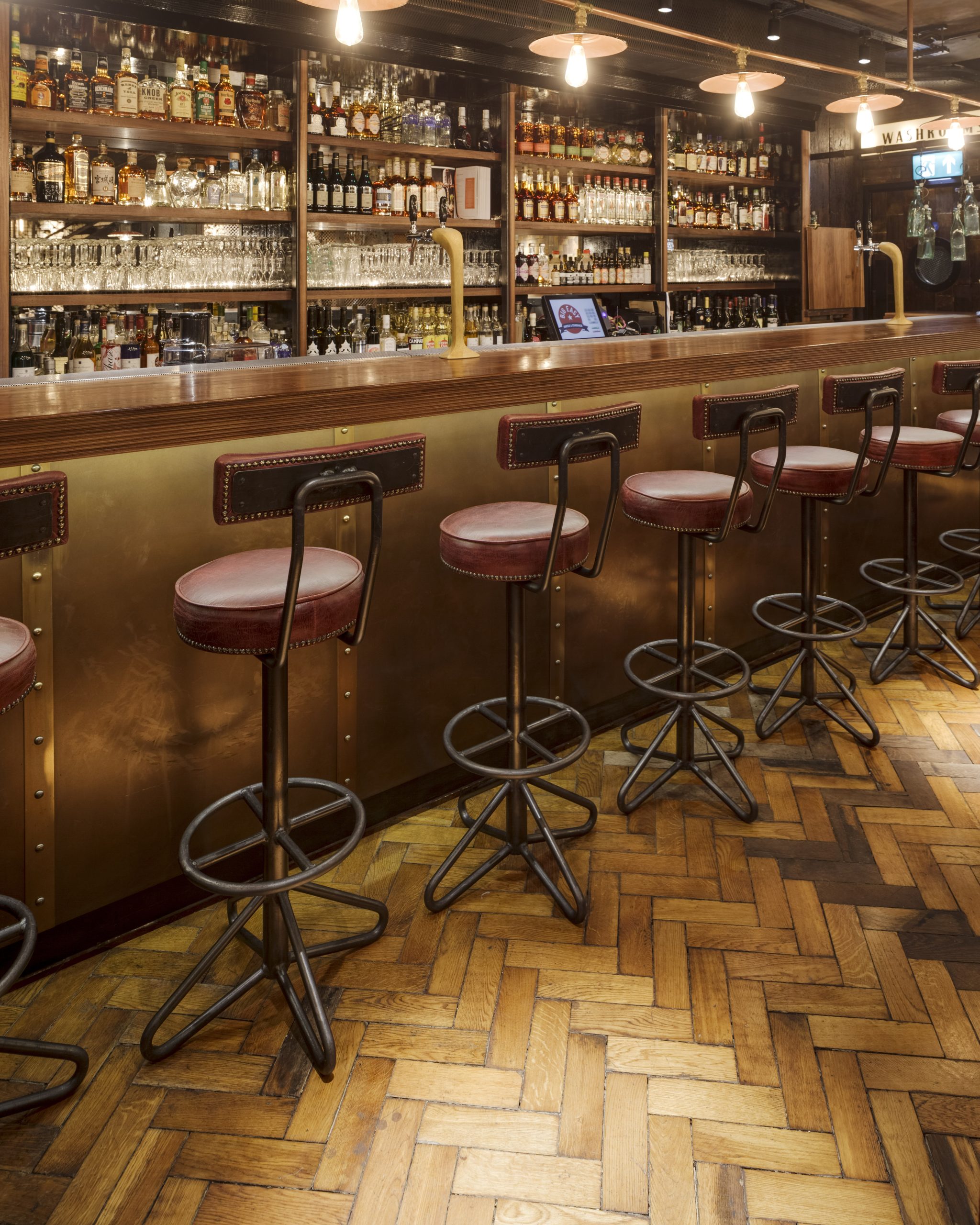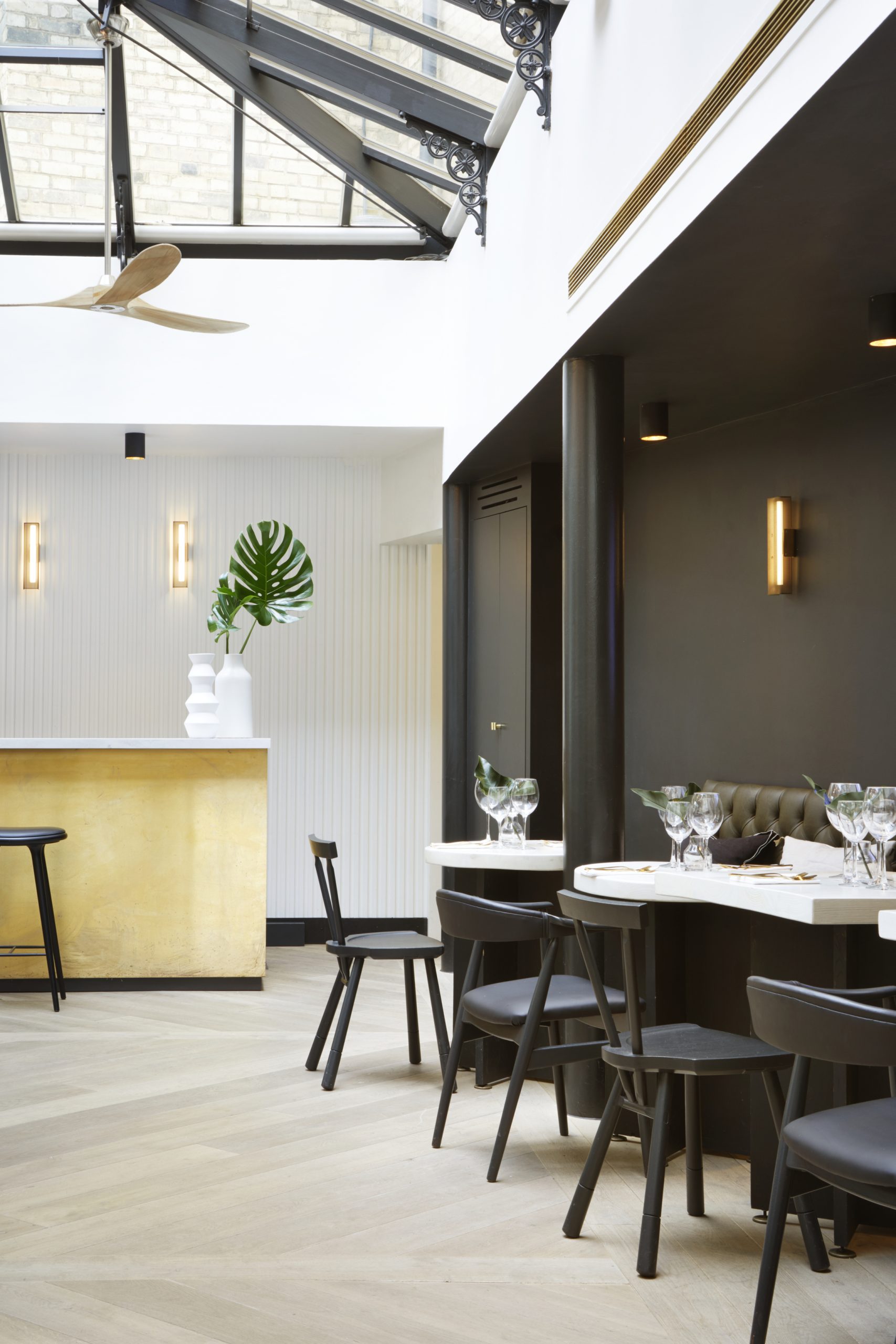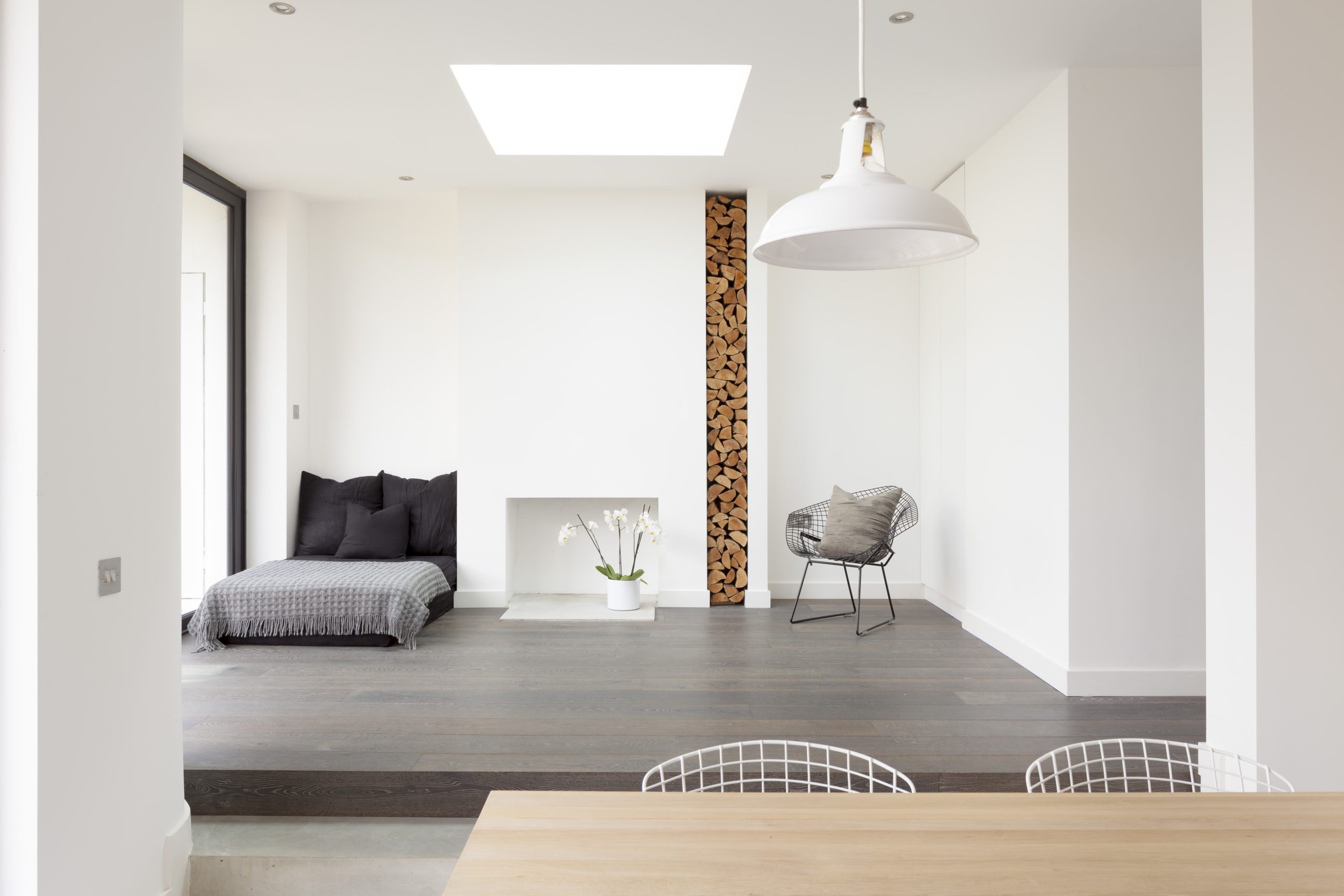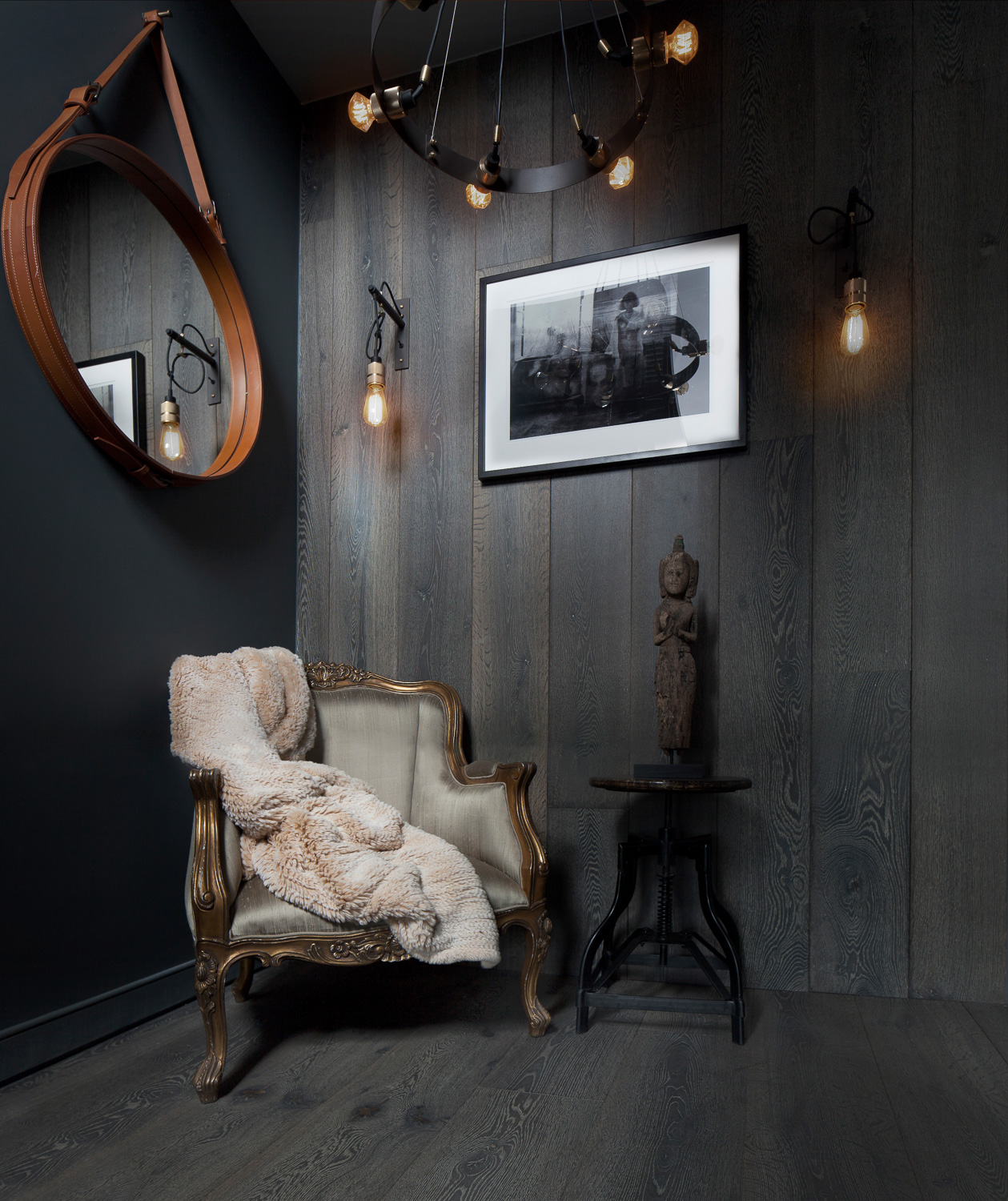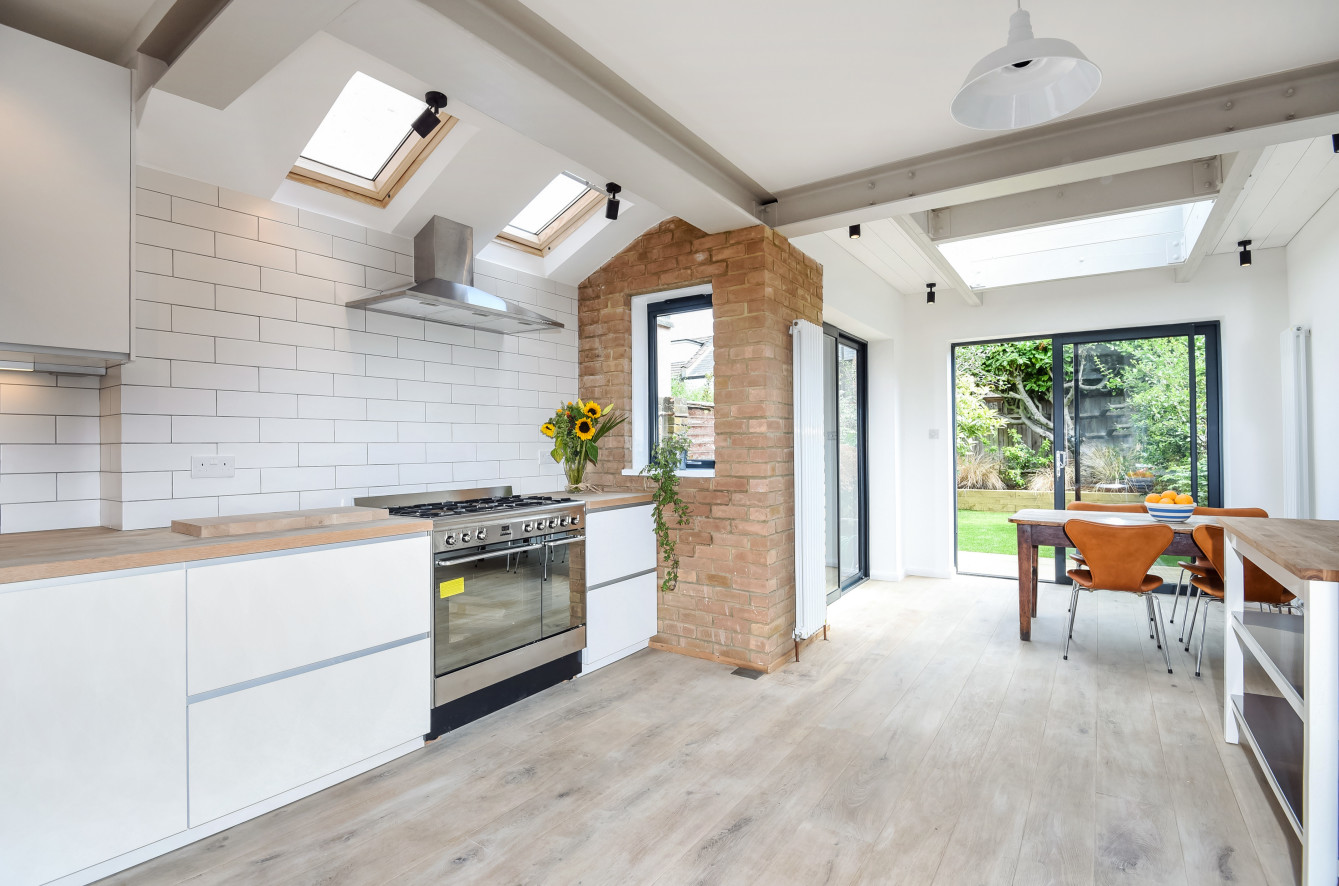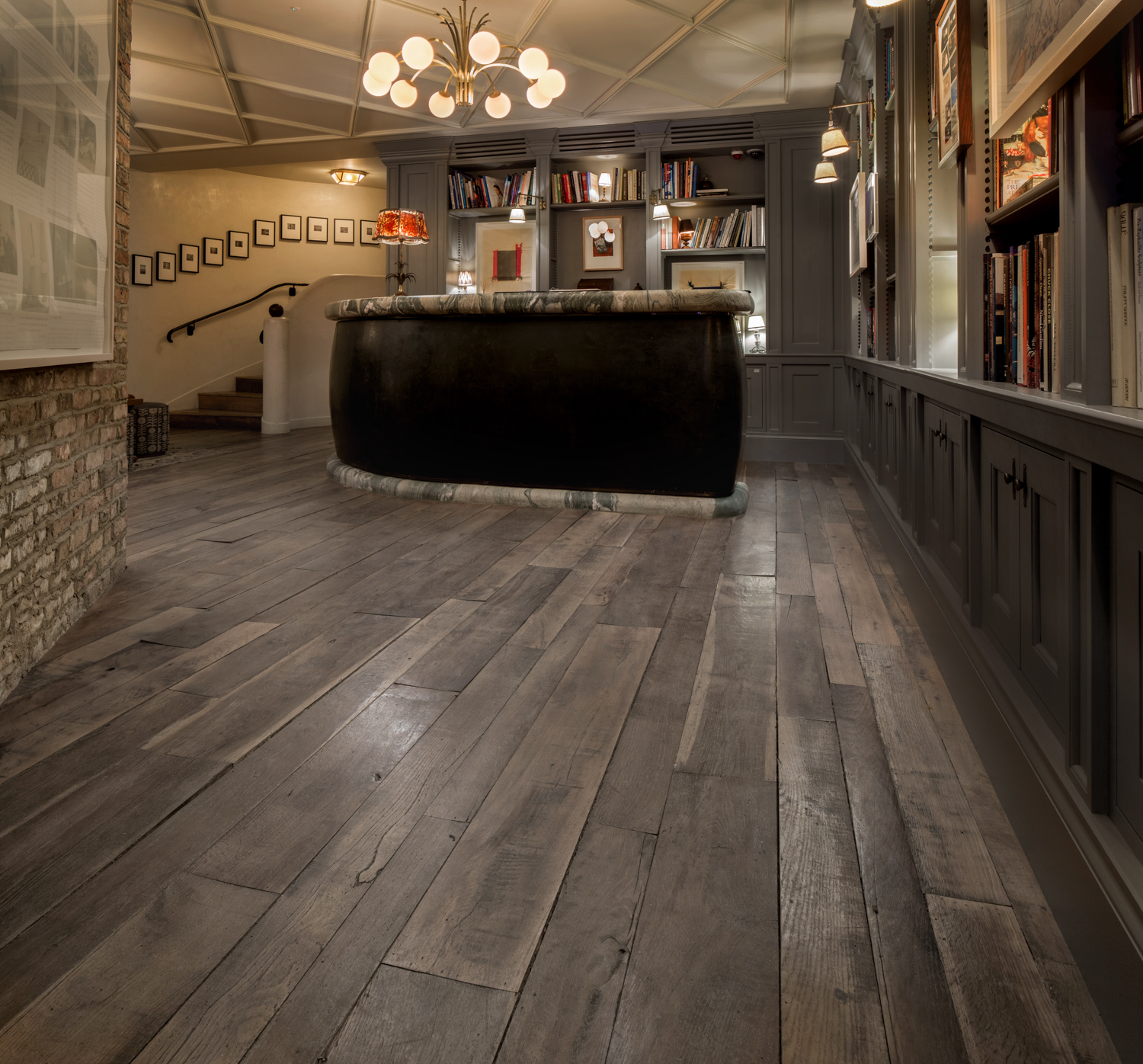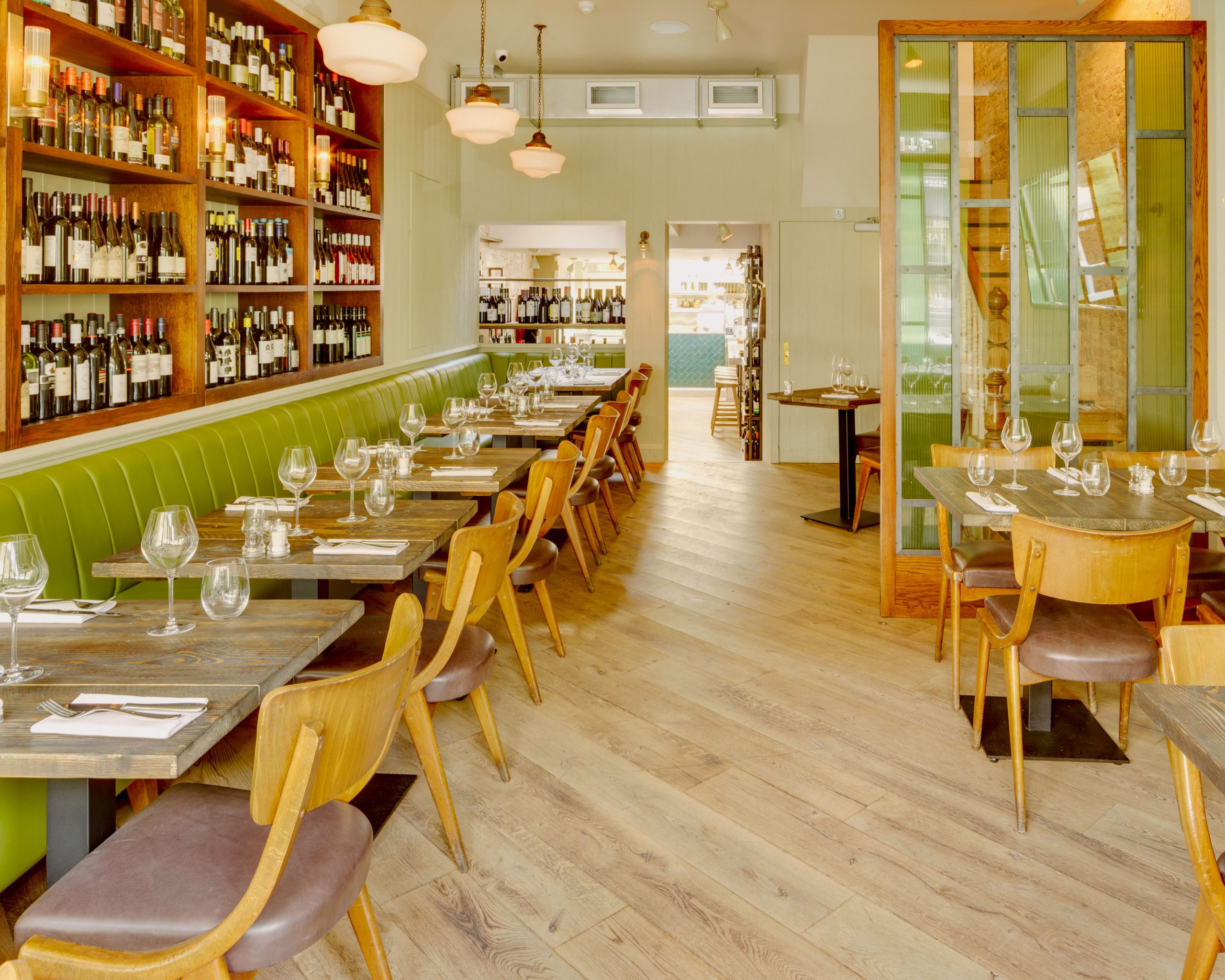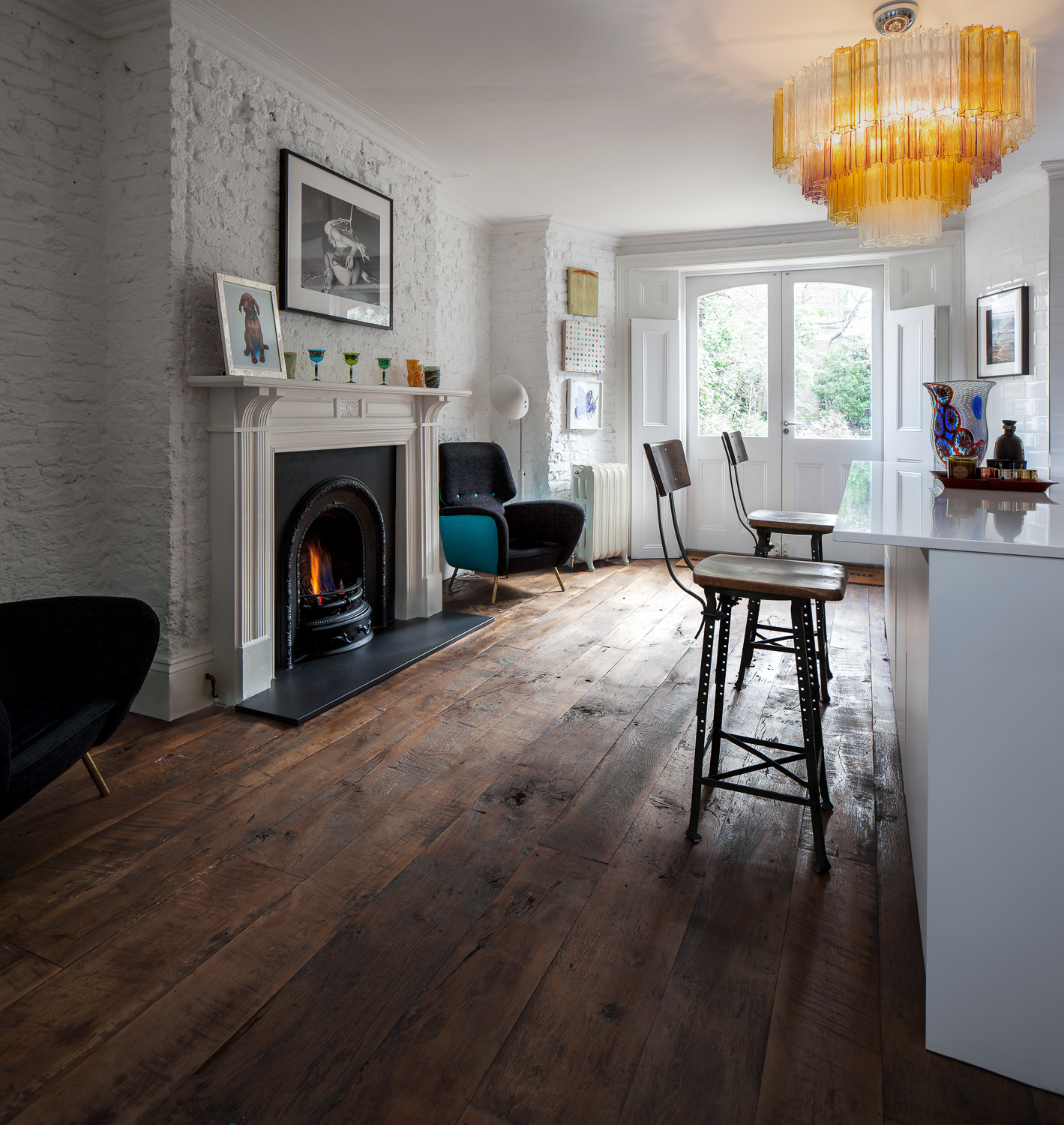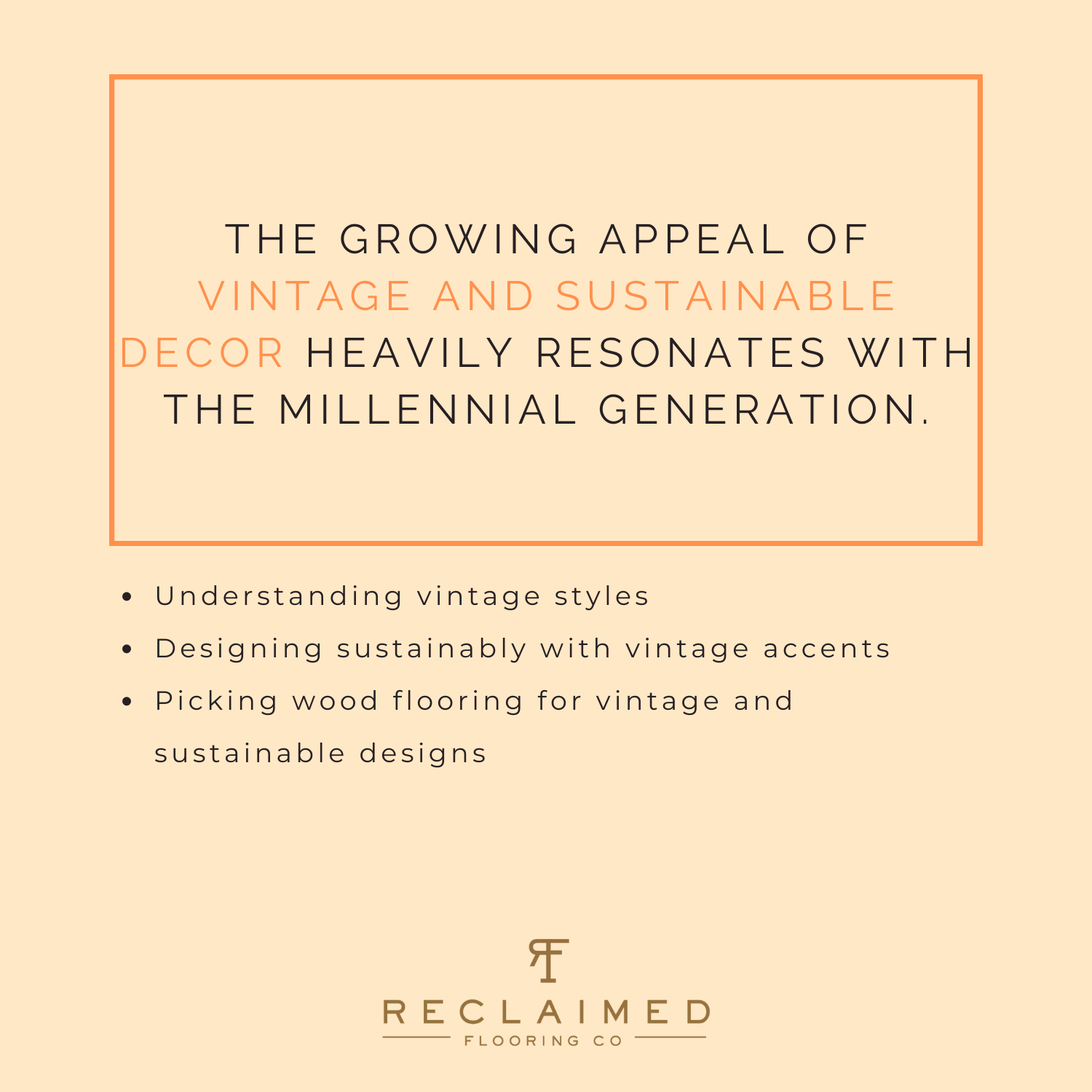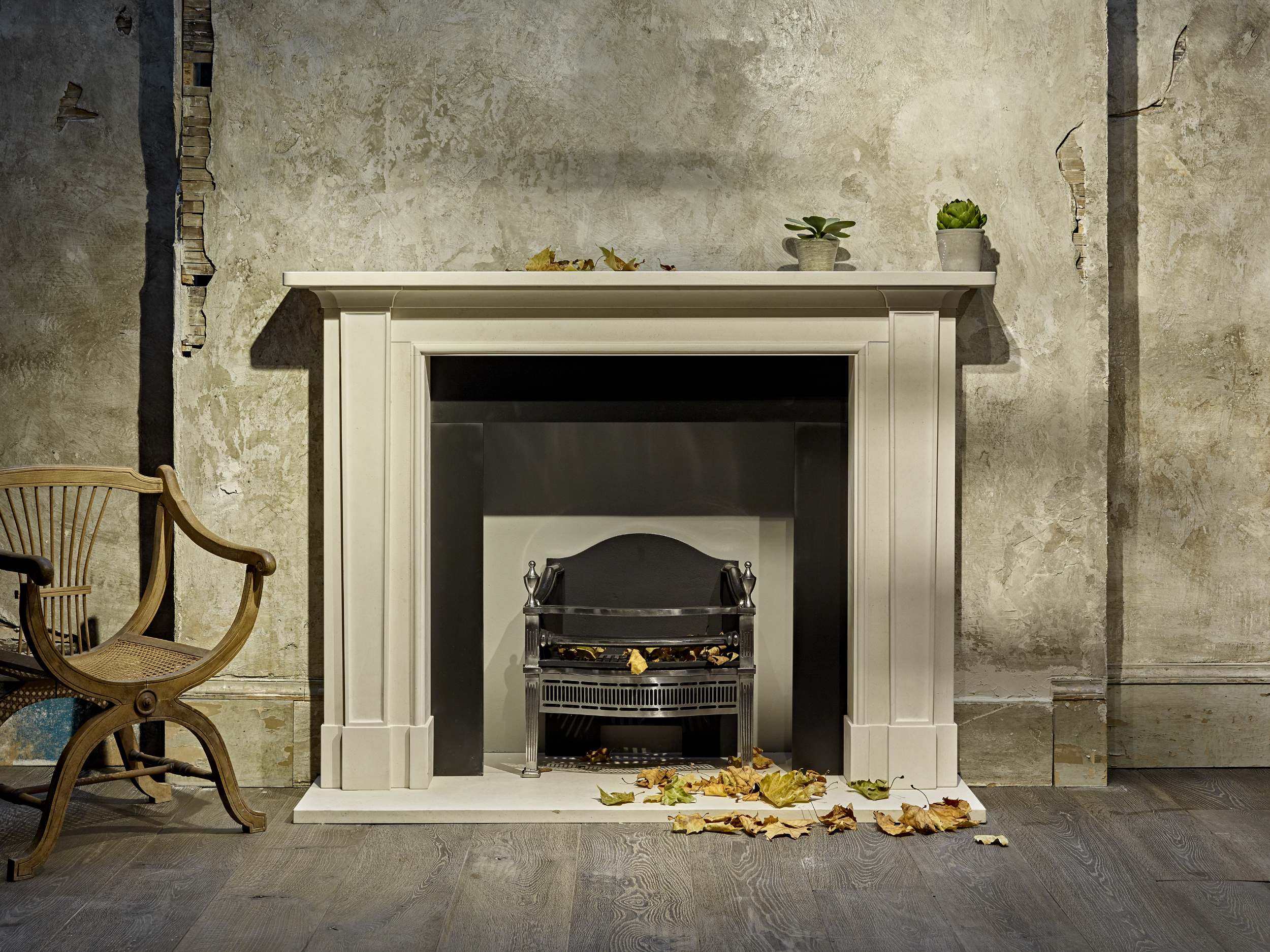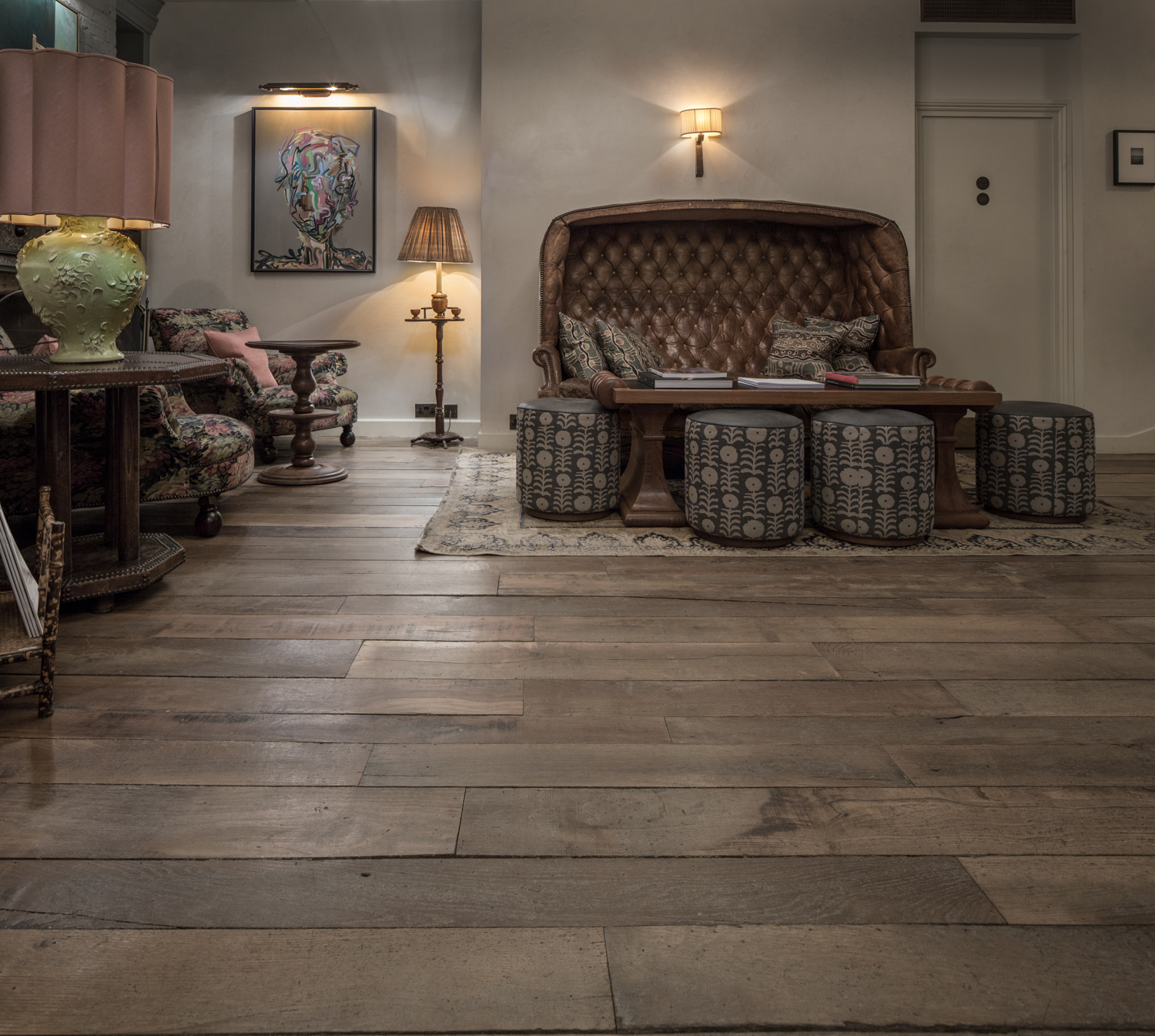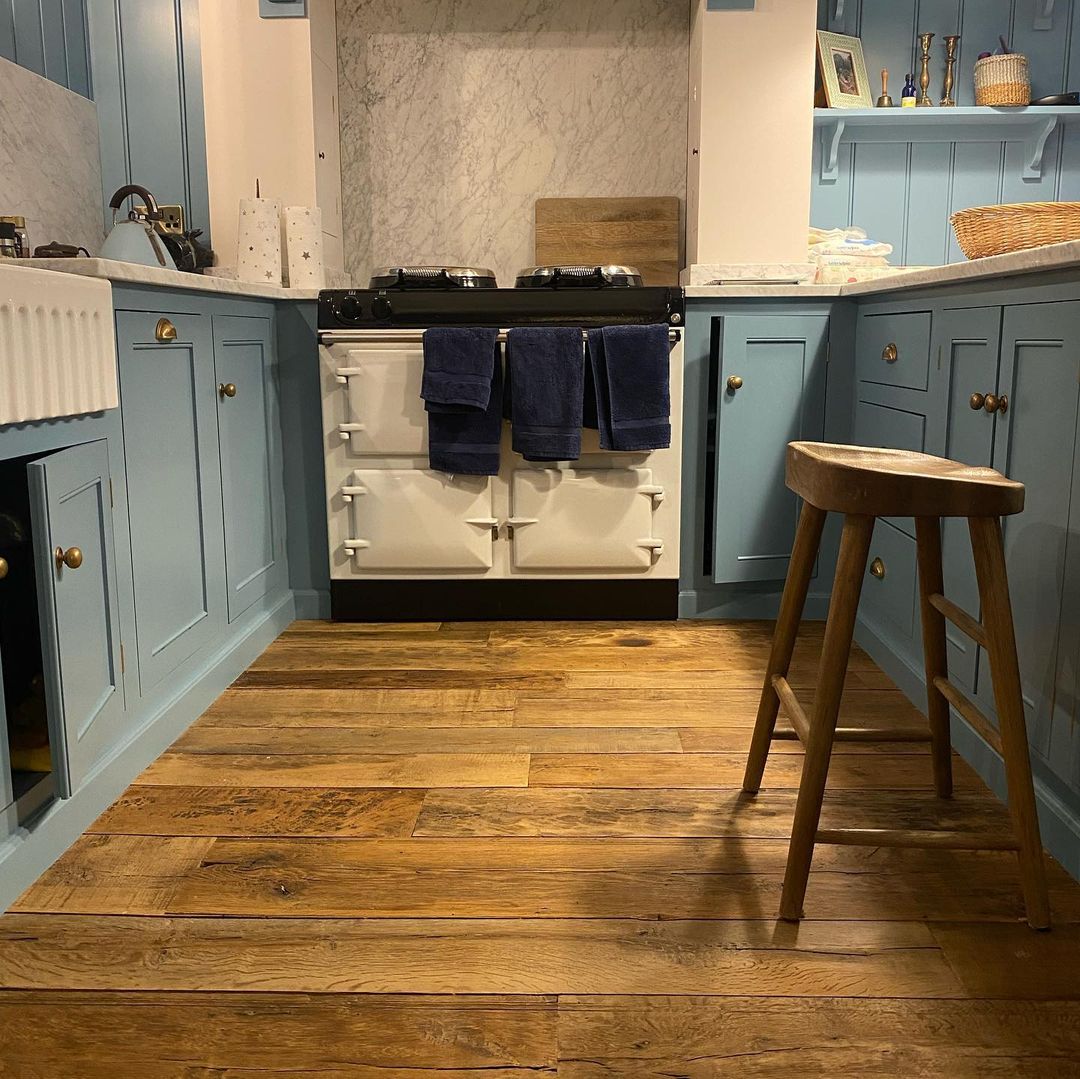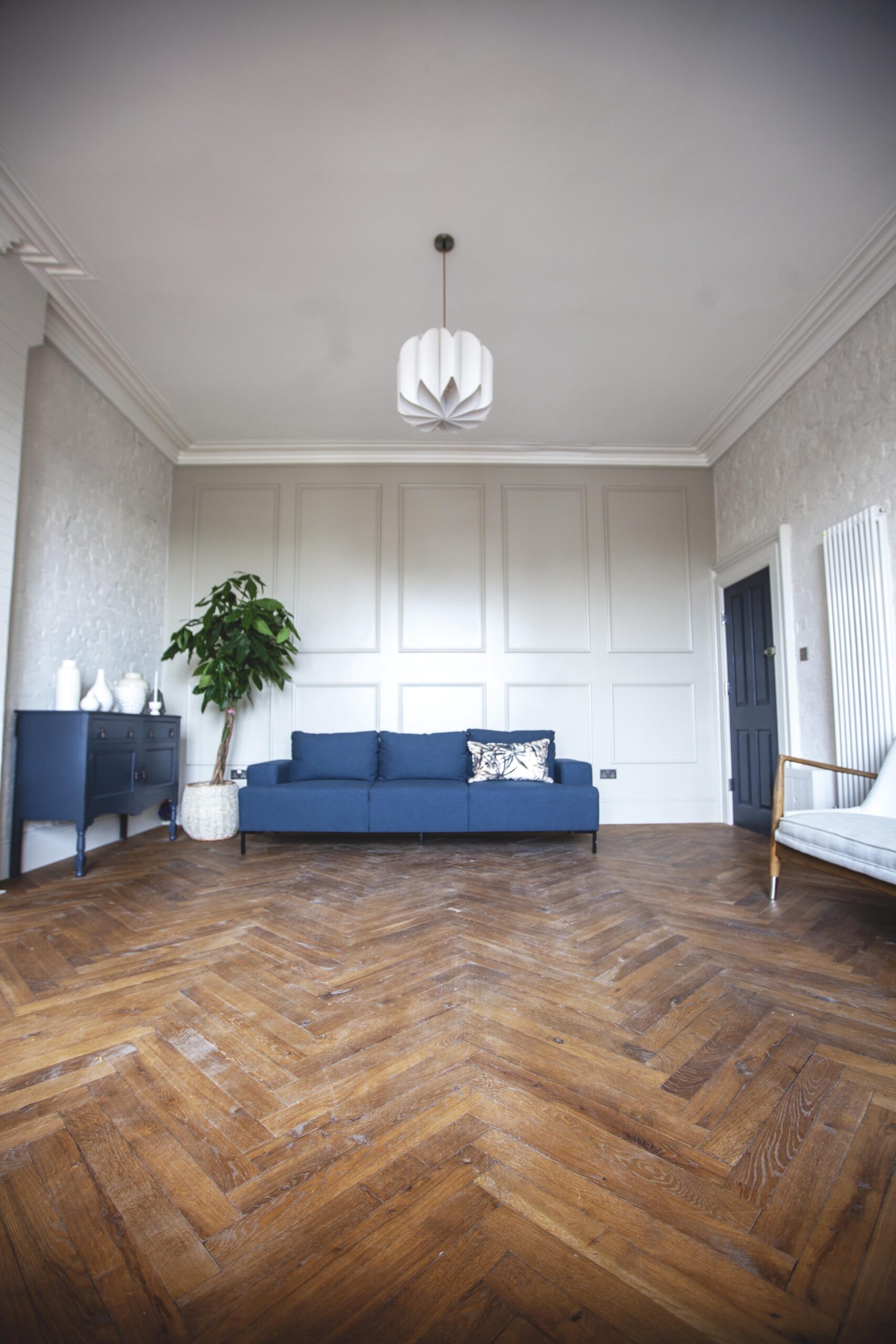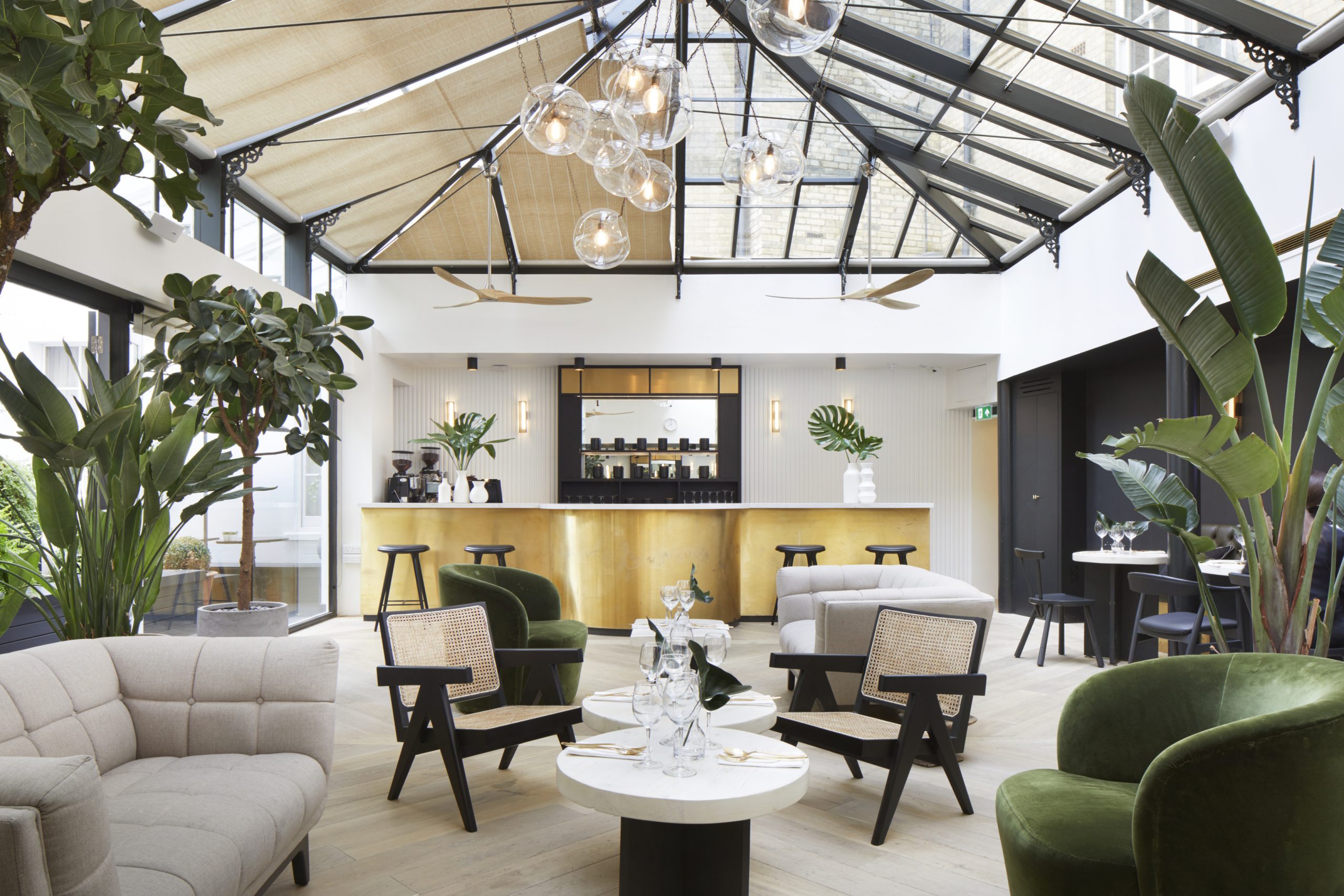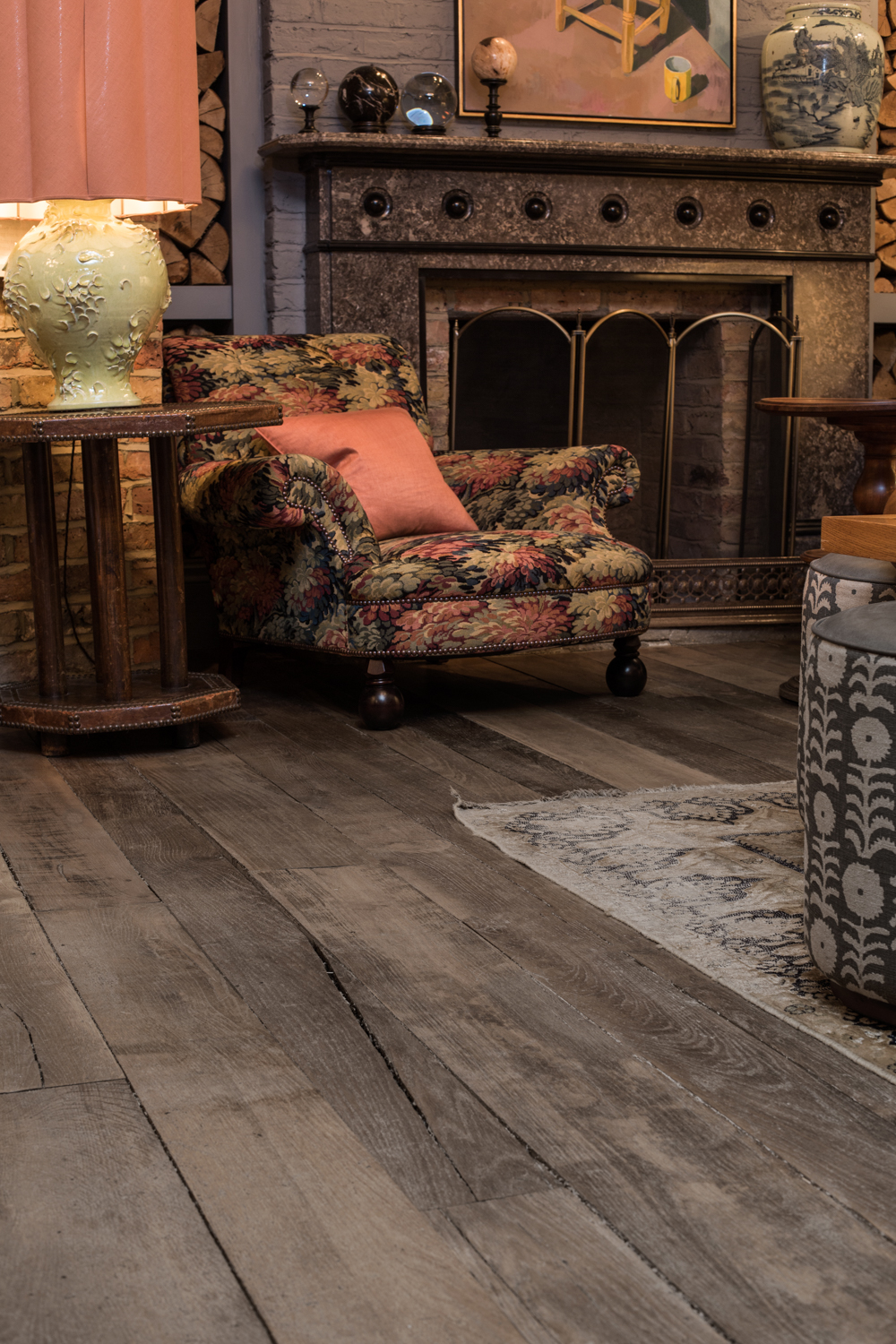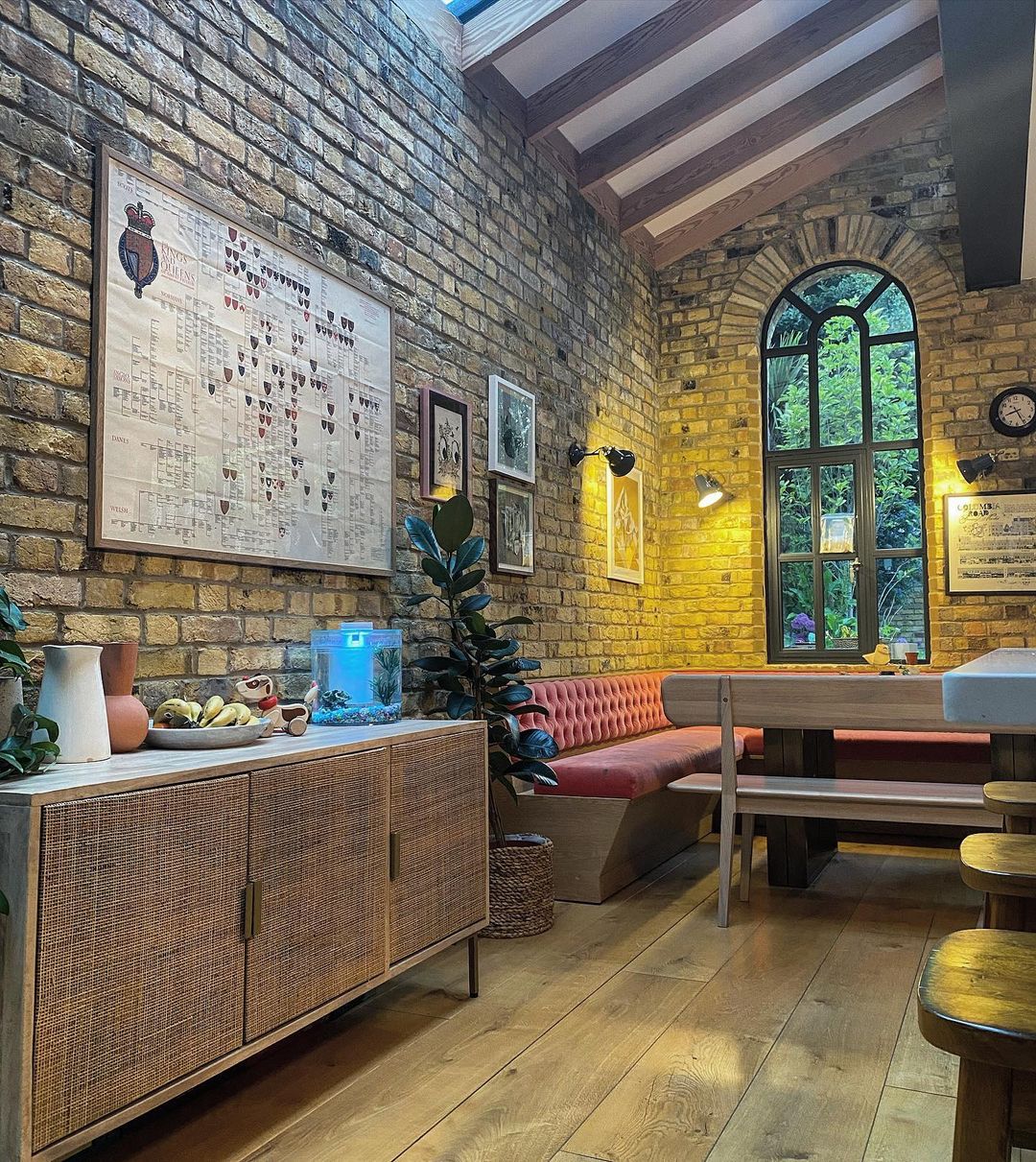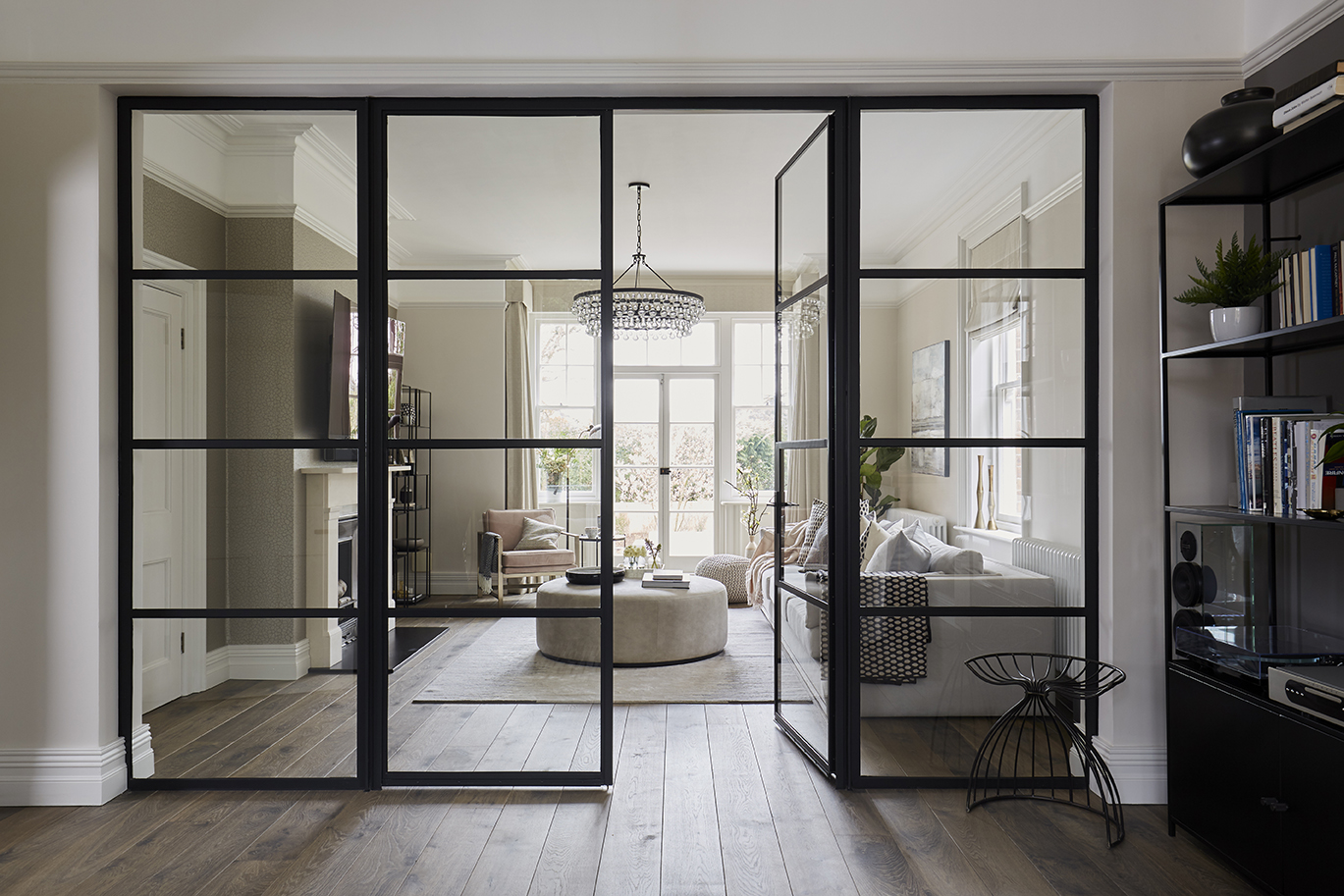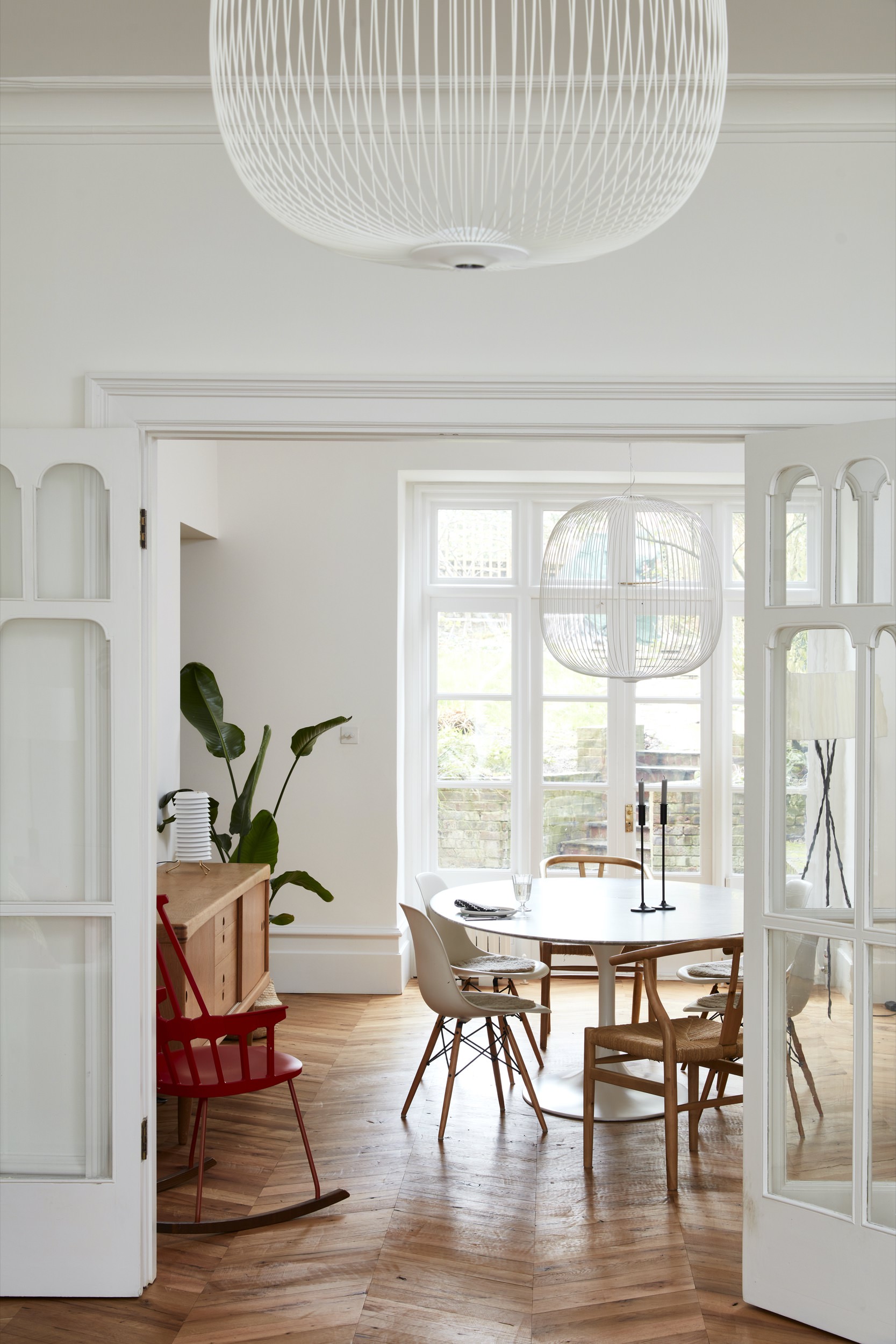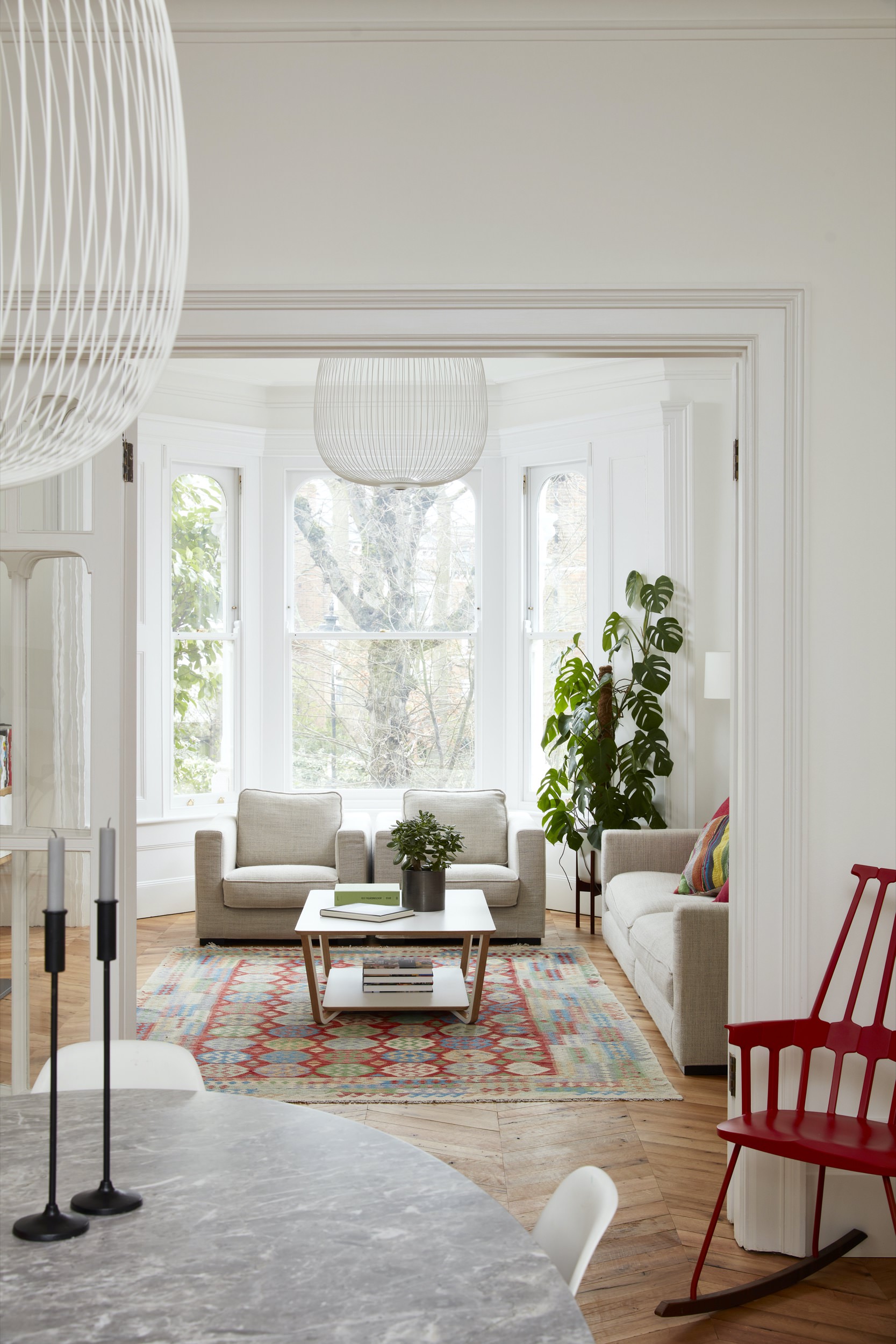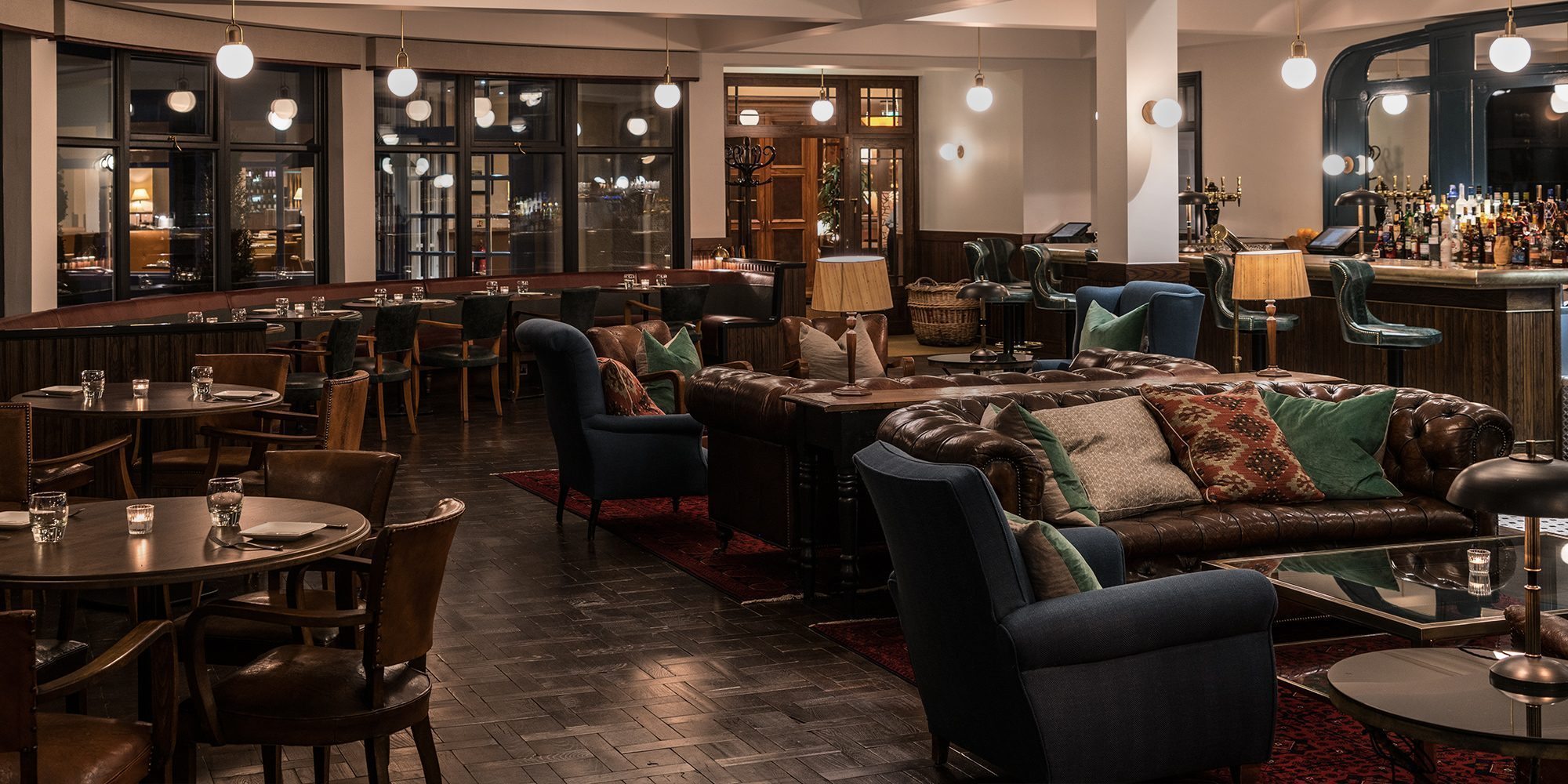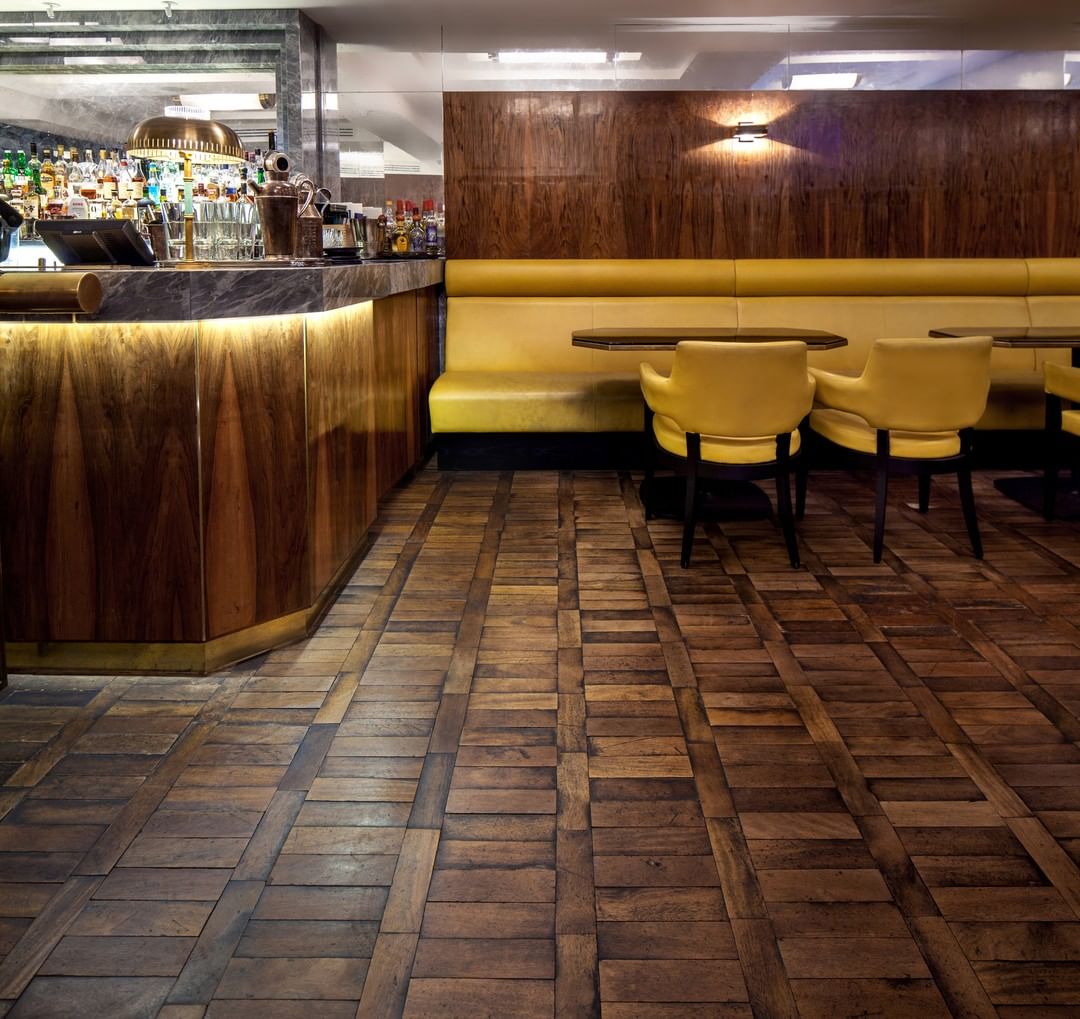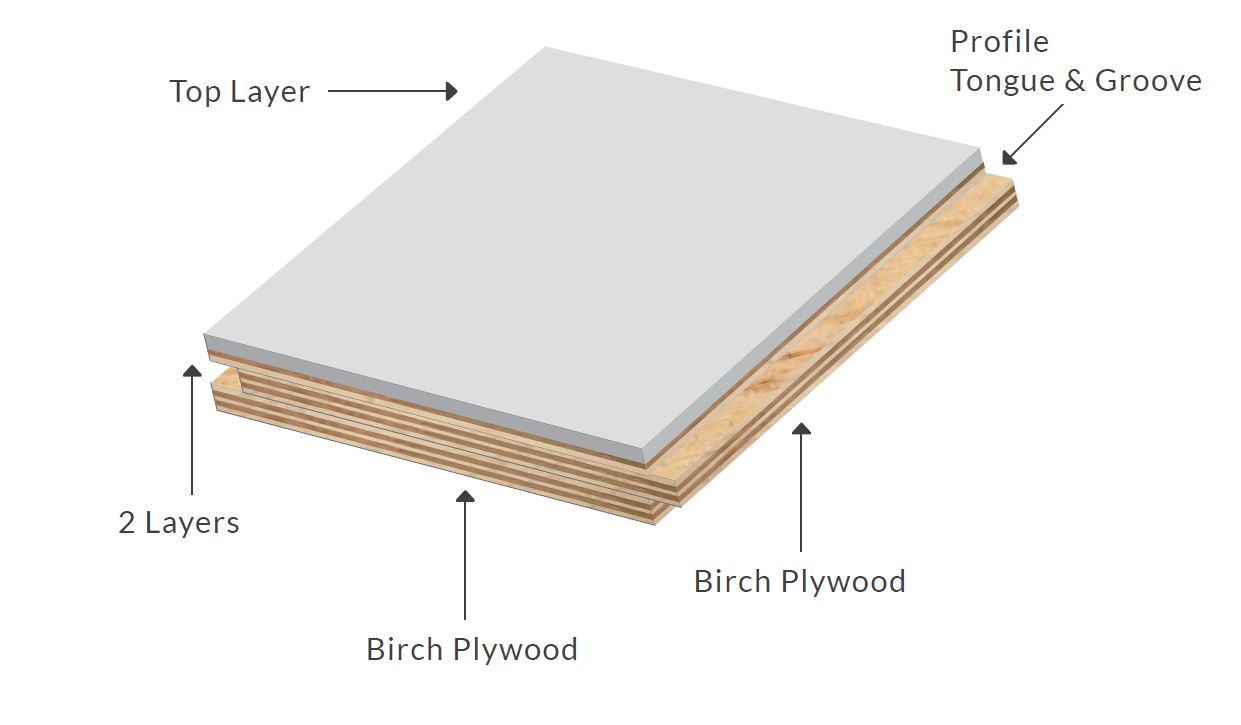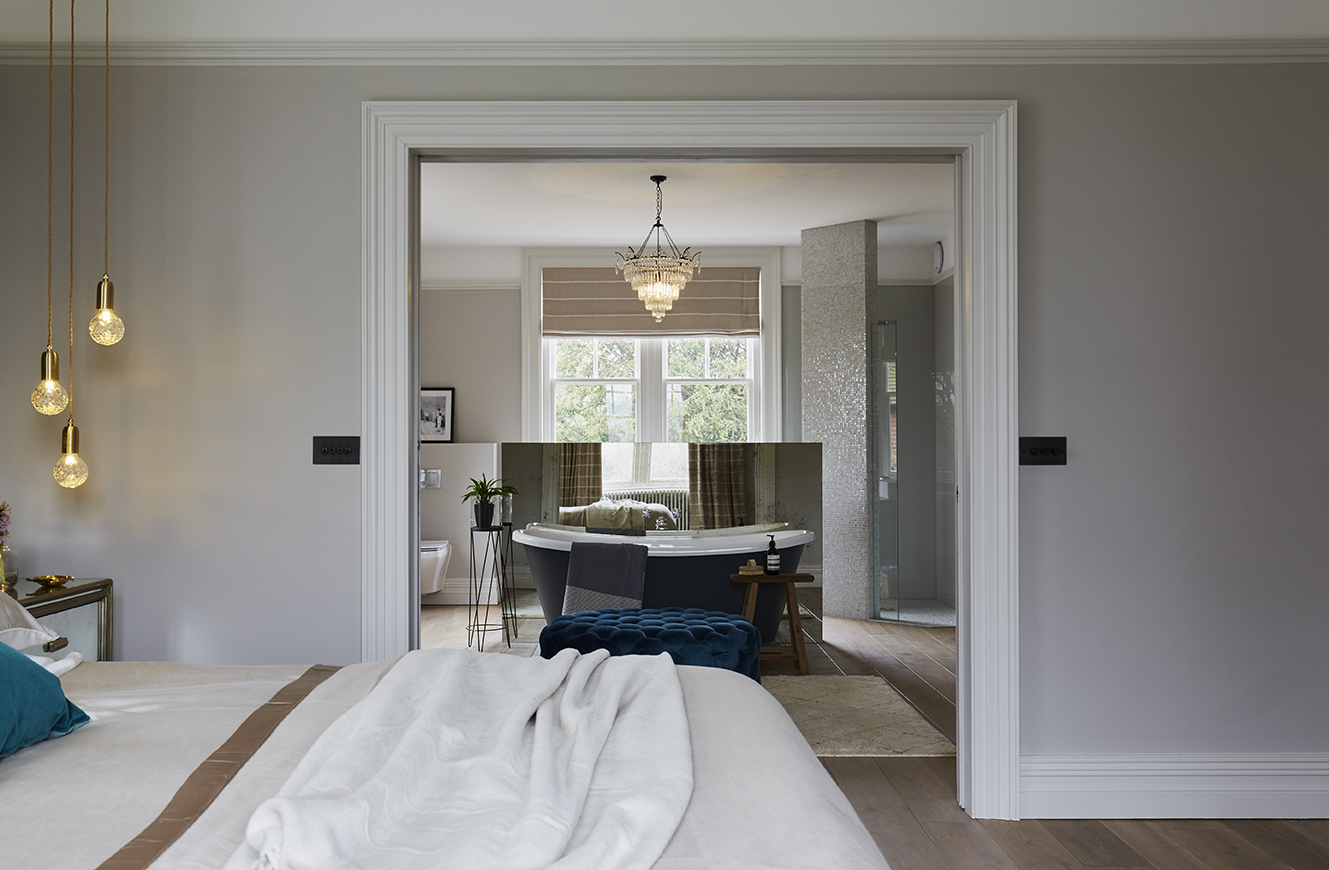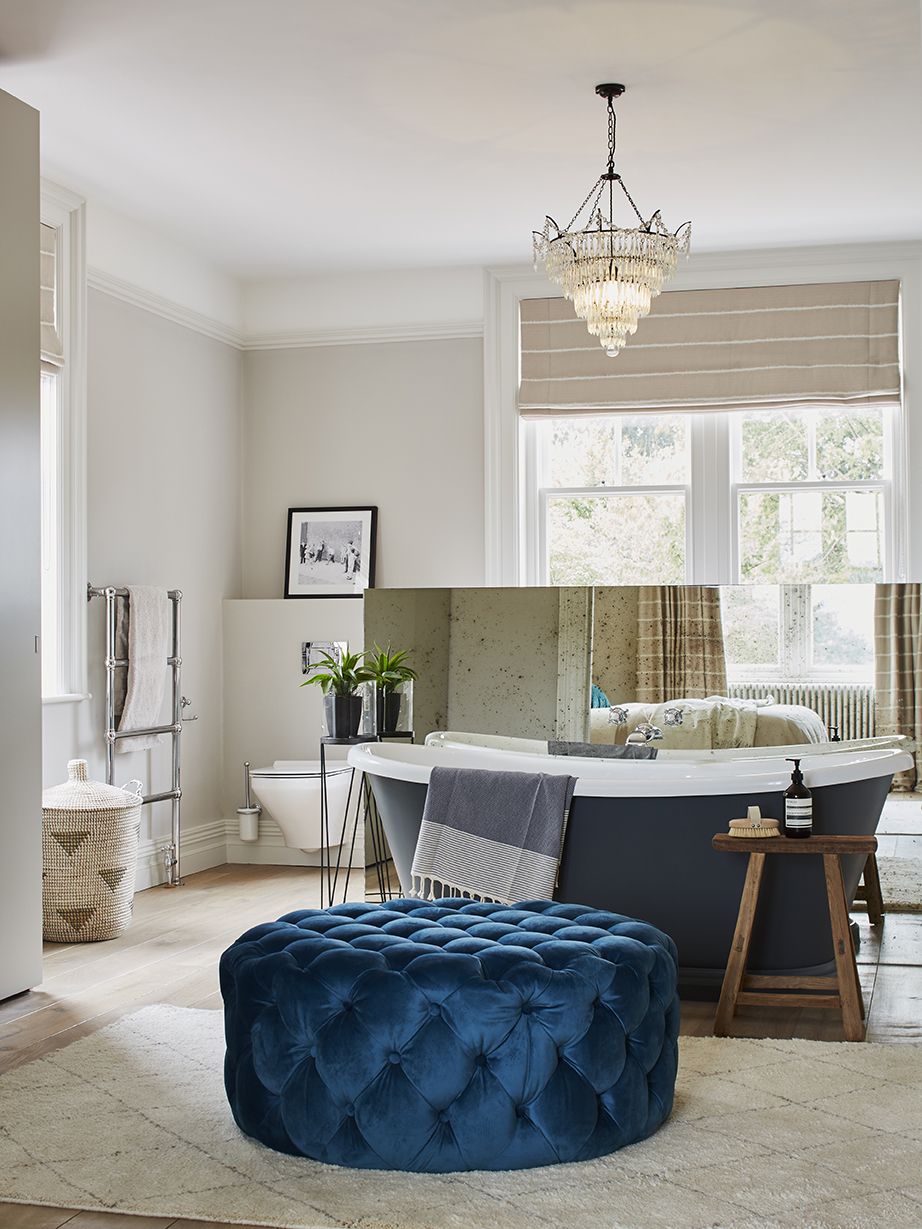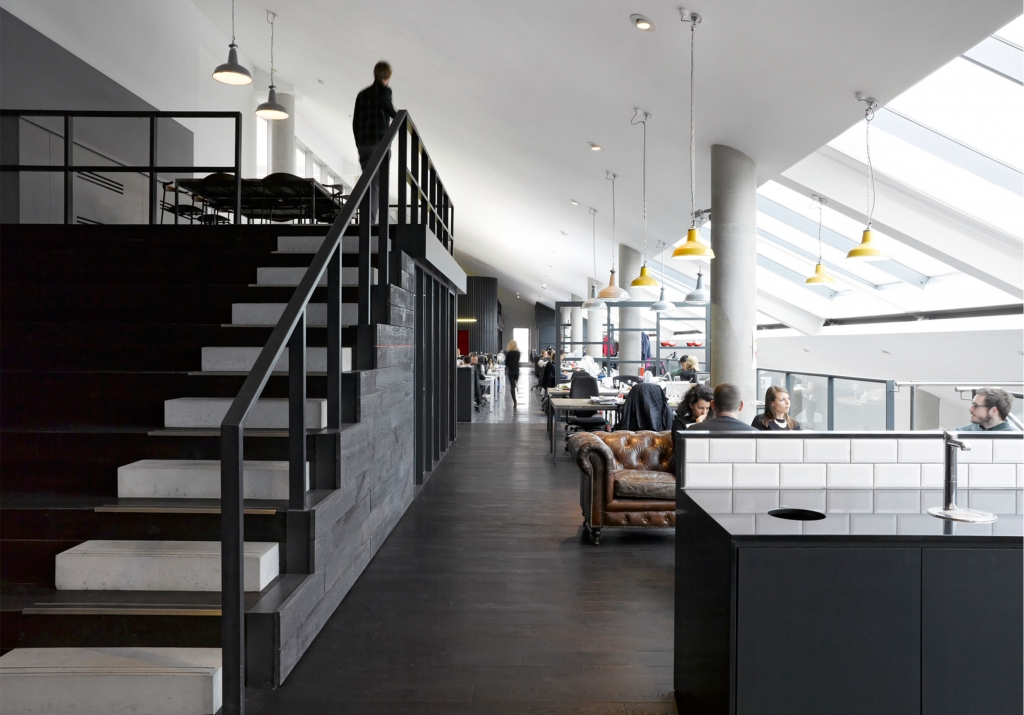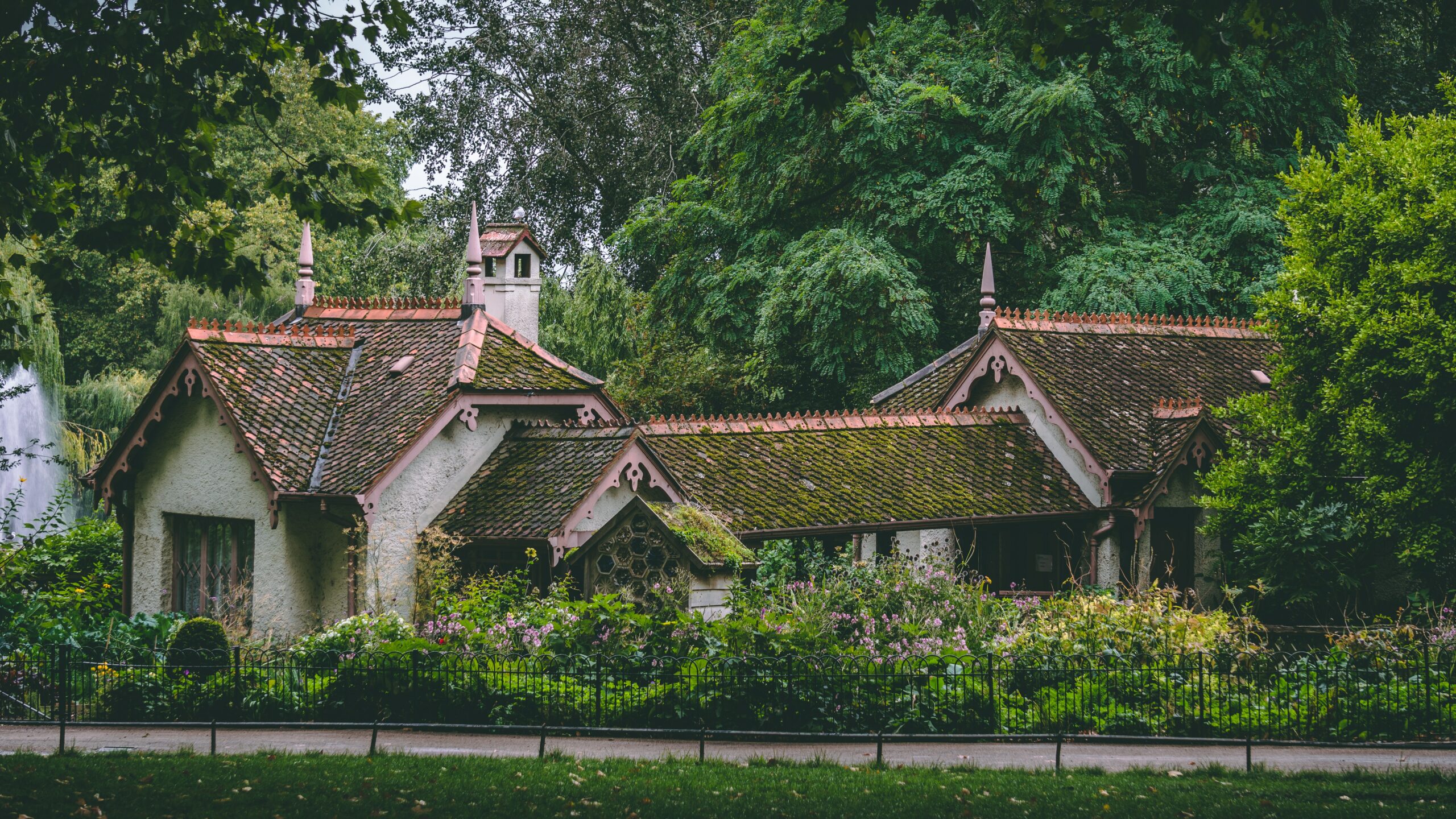
A vast revolution is currently taking place in design and architecture: in addition to practical and aesthetically pleasing elements, the emphasis on sustainability and the circular economy is becoming increasingly significant.
In the past, the environmental impact of buildings has predominantly been discussed in terms of energy use. And yet, when building with the environment in mind, we consider all greenhouse gas emissions throughout the structure’s life—including the carbon footprint of the construction materials used.
New architectural solutions often result from placing sustainability as a defining element of the project. Cost-effective construction, the least amount of greenhouse gas emissions throughout the building’s life cycle, and designs that promote well-being, a healthy lifestyle and high productivity are all characteristics of sustainable architecture.
An architect’s responsibilities include both design and construction.
But instead of constructing new buildings with new, high-end materials and products purely for aesthetic appeal, architects can modify and restore existing buildings using recycled materials. And yes, this is also possible with new structures.
The most efficient use of resources is achieved in a circular economy.
This implies that materials are reused, preventing the creation of waste that would otherwise be disposed of in a landfill.
Doing this reduces the use of raw materials, waste, toxins, and energy consumption. Additionally, it positively affects the environment in terms of pollution and biodiversity.
Sustainable material: Reducing greenhouse gas emissions
An architect’s fundamental expertise is in analysing and resolving spatial-aesthetic and functional challenges. Knowledge can be creatively applied to resolve difficulties that are also related to sustainability, for instance, by considering the product’s energy efficiency and durability when choosing materials.
Product manufacturers must deliver materials that ensure longevity and contribute to the excellent architectural quality of the building—whilst at the same time demonstrating that these products have a minimal negative impact on the environment. Few other building materials, for example, can match timber’s quality and life cycle.
One of the major factors taken into account in architecture is the aesthetic nature of a building. Wood and other bio-based materials are coveted for various uses, including buildings, facades and interior design, due to their unique qualities and innate beauty.
Utilizing recycled wood as a raw material allows manufacturers to continue using timber that would otherwise end up in a landfill without sacrificing the quality of the finished product. The basis that merges aesthetics with sustainable architecture can be summed up as the intentional use of materials and resources combined with exceptional design concepts.
Reclaim wood for aesthetic and sustainable design
Reclaimed wood aids in maximising the usage of building materials. On the other hand, sourcing new lumber for building requires resource consumption and chemical production. Using reclaimed wood results in fewer environmental toxins being released, the preservation of living trees, and the elimination of landfilling usable timber.
Improving indoor environmental quality (IEQ) further underlines the value of reclaimed wood as a sustainable building material. Indoor environmental quality (IEQ) encompasses “the quality of a building’s internal environment—air quality, lighting, thermal conditions, ergonomics—about the occupant’s health.” IEQ can therefore be seen as a representation of an interior environment’s biophilia.
Many elements within a building that affect IEQ can be improved by using reclaimed timber. For instance, using reclaimed wood finished with products that have zero or low amounts of VOCs has advantages such as enhanced human productivity. As a result, human exposure to toxins will be reduced, and, in turn, health and performance will improve.
Reclaimed wood is, in a nutshell, good for the environment. Hence it is widely used by architecture and design firms worldwide, mainly when working towards achieving WELL, Living Building Challenge, or LEED certification standards. Reclaimed wood offers architects a simple way to create more environmentally sustainable designs that are aesthetically pleasing to the end user, from office floors to hotel walls. Also, it is a versatile material finish in addition to being healthy for the environment.
Conclusion
Architects and the built environment are crucial to overcoming the current climate issue. The complex issues must be solved to decarbonise the built environment and create healthier, more resilient communities within their purview and skill set. Sustainable materials with a healthy life cycle address construction quality and environmental issues.
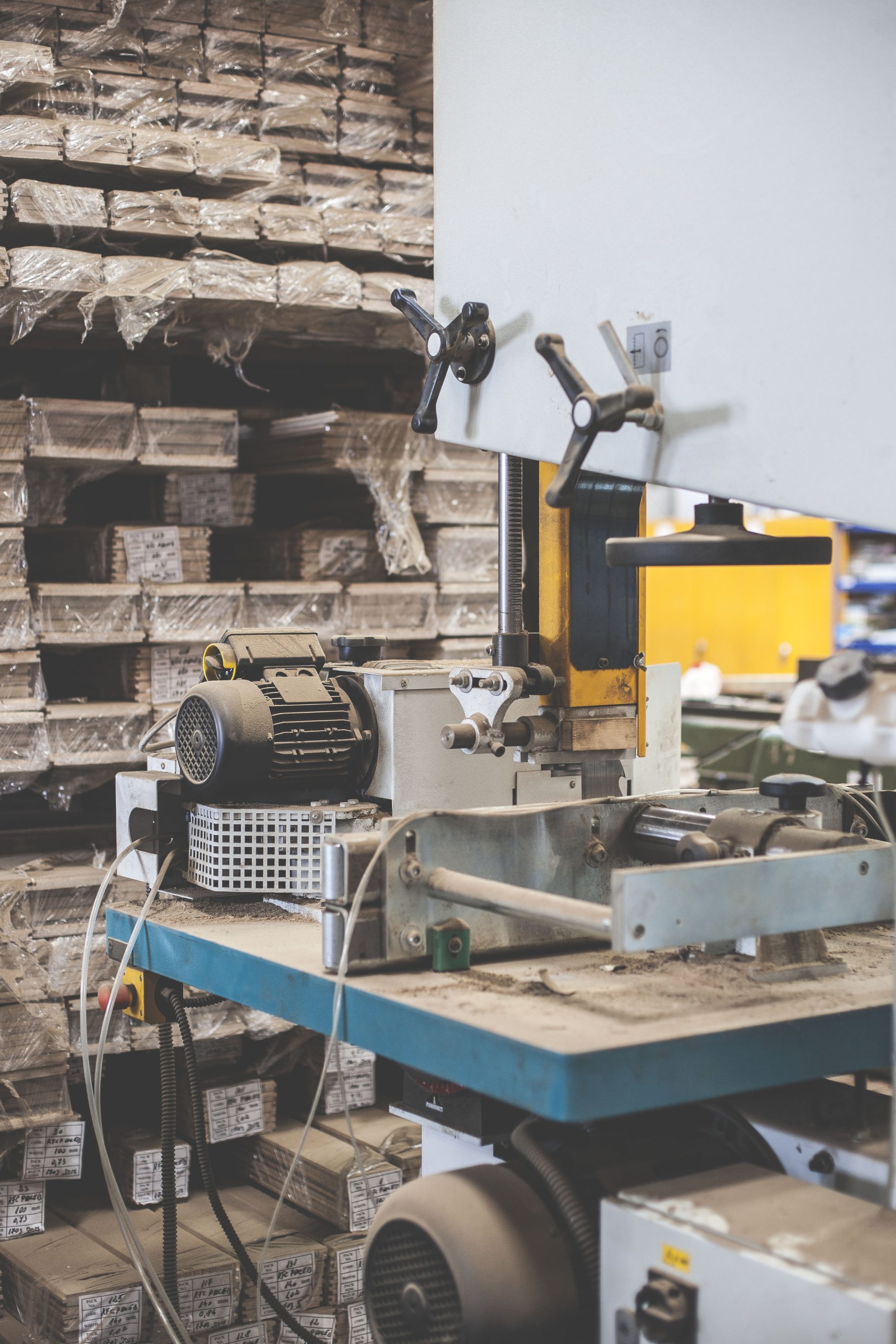
For so long, “slowness” has had a negative connotation within the industrial realm—slow production often meant more expenses and less profit.
Because of this, the idea of slowness as a crucial element in the design and manufacturing of high-quality products is rather novel and uncommon.
The original idea of the slow concept has its roots in the slow food movement, founded in 1986 and evolved into an attempt to reclaim healthy eating practices and local food traditions.
Numerous slow movements have since been initiated, including those that promote slow living, slow economy, slow technology, and slow design.
As technology advances in ways that encourage overproduction and overconsumption and present a threat to the earth’s systems and workers’ quality of life, there has been a renewed focus on slow manufacturing.
If a design is a negotiation between what was and what is, the idea of slow manufacturing fits into this new world that explores what design can be. For some, slow production translates into being ecologically benign; whilst for others, it means a wholesome balance between social, cultural, human, and economic factors.
With each choice and intervention, it presents, in method, material, technique, and strategy, slow manufacturing provides the path to a better world and a more sustainable future that adheres to zero-waste or cradle-to-cradle philosophies.
What is Slow Production?
Beyond simply taking the time to create a product and being cognisant of its carbon footprint, slow manufacturing involves many other factors.
In its simplest interpretation, it describes an increased level of awareness, taking responsibility for daily actions, and the possibility for a richer spectrum of experience for the designer, the artisan, and the end-user.
It comprises, at the very least, the product’s robustness, repairability, the potential for recycling or upcycling, ability to reduce waste and efficient disposal of it.
So, instead of contributing to the overwhelming bigger-faster-immediate culture of the 21st century, slow manufacturing purposefully develops a product that consumers want to endure a lifetime or pass down for generations.
In slow production, an underlying theme is transparency.
Buyers feel a connection to the products they are buying and start to recognise the differences in quality when businesses disclose their manufacturing processes.
Because of this, transparency has become essential in assisting consumers in changing their purchasing behaviours from fast and disposal to slow and informed.
In the slow manufacturing world, simply labelling your product as “high quality” is not enough. Slow process manufacturers should be willing to educate consumers on why their product is superior or how it’s made to last for generations.
Three Guidelines to Slow Production
Much like slow design, which encourages that we design with the user and planet in mind, slow production is all about using locally sourced material, responsibly harvested and put together in ways that do not harm our environment.
To qualify as “slow,” these three points must be considered:
- Awareness of quality products that last for years over meeting ballooning consumer demand.
- Manufacturing that does now harm the planet and takes into consideration the local culture and habits.
- Responsible management that takes into account ethical practices and good treatment of the craftspeople.
Thinking About the Life Cycle of Things
Responding to the increased overproduction and overconsumption, many manufacturing companies continue to explore different approaches to integrate responsible production into their strategic plan.
From design method and material selection to production and ethical working conditions, slow manufacturing paves the way for a sustainable future and challenges us to reconsider our values.
After all, sustainability aims for the long-term well-being of all living things.
Individual elements could be modified, recycled, or upcycled as desired when consumer needs evolve or wear and tear takes its toll.
Rapid manufacturing is no longer a practical production method because it fails to find the right balance between the needs of the local and global environment.
Conclusion
At present, keeping up with trends and satisfying consumer expectations is a race in design and production. By its very nature, slow manufacturing strives to create products that positively promote ecologically sound lifecycles that support the health of the planet and all living things whilst upholding the qualities necessary for the finished product and a refined customer experience.
Slow production minimises waste and energy consumption, enriches the quality of the workers’ livelihood, and provides an opportunity for them to express their capabilities and skills. Exploring traditional ways of manufacturing is therefore sought to create products with an extra value that cannot be achieved through modern processes and technologies.
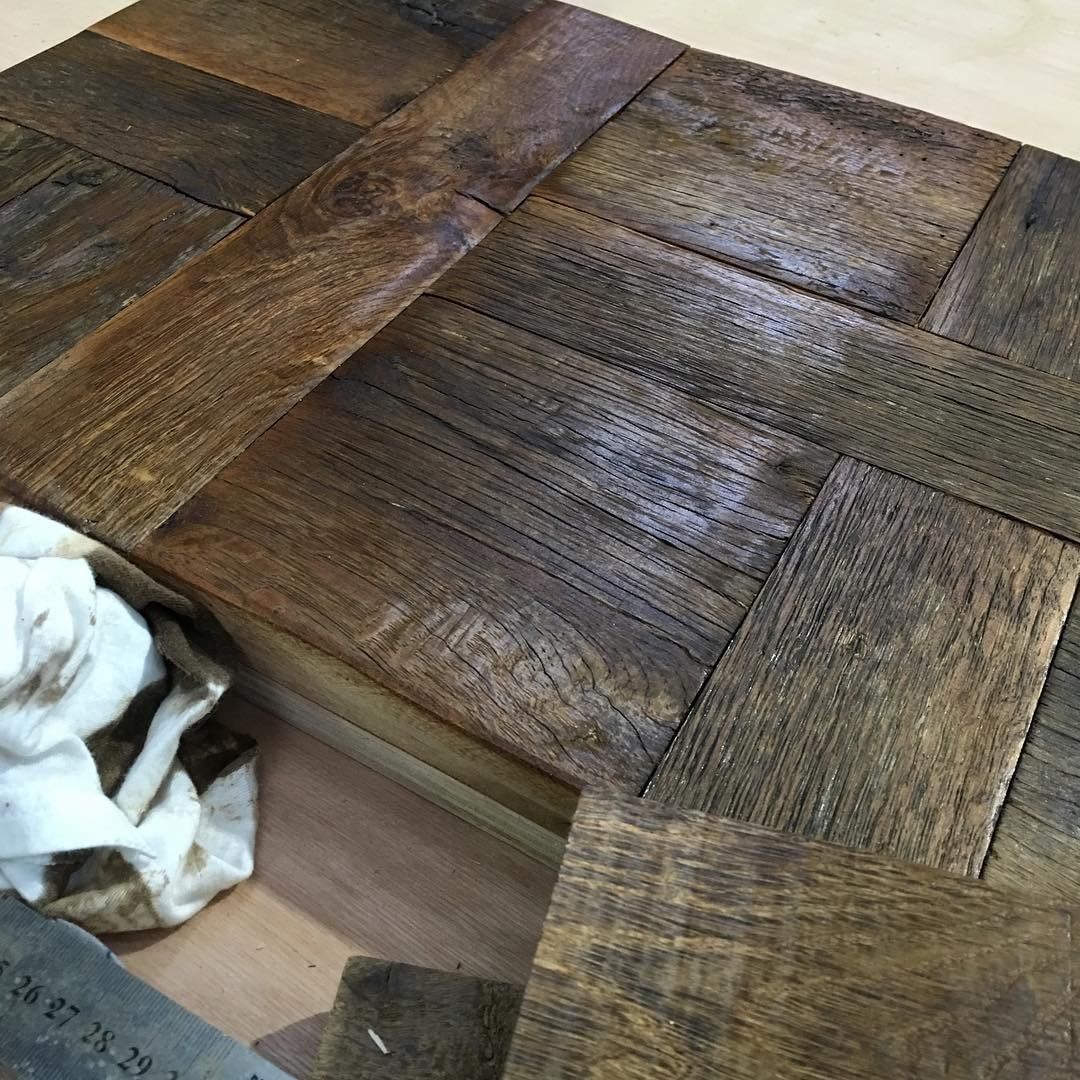
There is no denying the warmth and sophistication parquet offers to both residential and commercial spaces.
Whether laid in a simple or intricate design, this wood flooring style brings life to any room.
As great as parquet flooring may look, it does, however, require regular care for it to maintain its beauty and glow.
Gorgeous and clean floors aren’t hard to obtain.
Using appropriate products, cleaning the right way and taking a few protective precautions will leave your parquet with a spot and streak-free finish that allows the natural beauty of wood to shine through.
First clean after installation
After your beautiful parquet floor has been installed, it needs a thorough cleaning before it is used for the first time. Because this flooring style comes in small pieces, it is extremely delicate and requires proper attention to avoid any scratches.
The first thing to do is invest in special parquet floor products or use a cleaner recommended by the manufacturer. Depending on the wood type, some products will clean, polish and place an extra sealant that will keep your fabulous floors looking newer, longer. Non-toxic cleaning products that won’t leave behind damaging or dulling residue are your best bet.
If you have a different type of flooring that isn’t wood in other areas of your house, it’s important to note that simply using the same cleaning solution won’t work as well with your parquet floor.
Directions:
- Clear debris. Prep your floors by clearing debris, dirt or whatever other particles were brought into your property using a soft bristle broom, microfiber dust mop or a vacuum cleaner. Pay close attention to the type of vacuum you choose to use as some models have a beater bar attachment that can easily scratch the wood floor’s finish.
- Use a slightly wet Lightly wet your mop with a cleaning solution. A damp mop is especially advisable for a sealed parquet wood floor. It’s best to avoid a completely drenched mop as it can dull the finish and cause damage to your floor.
- Clean up in Working your floor in small sections at a time allows the wood to dry while you clean another area.
- Air Make sure to wipe up any standing water immediately. Leave the floor to completely dry before allowing foot traffic again to prevent spotting.
Regular cleaning
Depending on traffic and the number of kids or pets you have, you can simply establish a cleaning schedule that makes the most sense to your lifestyle. Microfiber cleaning pads or a dust mop can be used daily to get rid of dust, loose dirt and pet hair. A vacuum with a soft floor attachment can be used weekly to deal with dirt that could potentially scratch your floor.
Parquet wood flooring can be prone to dirt and grime that build up over time. In this case, a deep clean that requires a soft bristle broom or vacuum, a mop and liquid solution (ideally with a pH level of about 7) is necessary to restore their natural shine — say every one to two months (this too depends on foot traffic).
Ways to avoid damaged parquet wood floors
- Clean wet or sticky spills. Spills are inevitable, and it’s best to wipe them off the floor immediately with a damp clean cloth.
- Avoid using the wrong cleaning equipment. This includes anything from a broom meant for the outdoor pavement to a vacuum with a beater bar attachment. The wrong cleaning equipment can easily damage the wood finish.
- Avoid using the wrong cleaning products. Certain soap or wax-based cleaners that promise to make your floors glow can actually leave residue, especially on polyurethane. Vinegar or baking soda solutions can dull or degrade the finish of your parquet floor. Using a rough sponge or a steam cleaner can leave behind irreversible wear and tear.
- Avoid standing water when cleaning. Overly wet mops can cause even sealed parquet floors to buckle. Water is wood’s worst enemy, and over time, moisture can cause warping which eventually damages the wood.
- Avoid sliding furniture across the floor. It’s best to pick up any heavy décor items, furniture and appliances completely off the ground to avoid scratching or denting your floor.
- Shield wood from pets. For your pets to enjoy parquet wood floor as much as you do, ensure that their feet do as little damage as possible. Make a point of trimming your dog’s nails or your cat’s claws.
Conclusion
Like any other flooring option, parquet wood floors are sceptical to dirt and damage caused by day to day activities. Dust and dirt marks are particularly frequent in high traffic areas such as the living room and kitchen.
A certain amount of care is needed to keep your flooring in good condition. With proper regular cleaning, using the right tools and products and taking a few protective precautions, your floor will retain its beauty for years to come.

Scandinavian countries are some of the happiest people in the world according to the United Nation’s World Happiness Report.
For 2022, Finland took first place, Denmark second, Norway sixth, and Sweden seventh globally.
They also happen to have a few interesting cultural concepts about cultivating a sense of well-being.
You may have heard about hygge (pronounced “hue-gah”), which has been the subject of numerous articles and books such as “The Little Book of Hygge: Danish Secrets to Happy Living by Meik Wiking”.
Hygge promotes a certain quality of “cosiness, togetherness and well-being” and encourages one to appreciate the simple pleasures of life.
Or maybe you’re more familiar with the Swedish concept of LAGOM (pronounced “lah-gum”), which occupies the harmonious spot between moderation and happiness— “not too much, not too little, but just the right amount”.
Lagom, like hygge, is part of everyday life and its ethos is instrumental in crafting an inviting space that sparks happiness and inspires relaxation.
These consistent high-ranking positions are a testament to the lifestyle factors ingrained into the Scandinavian psyche.
From delighting in feelings of comfort and contentment to ensuring homes are designed in a way that instils calm, there are several things to learn from Nordic culture for a more balanced and happy life.
Is it a coincidence that the restorative nature of Scandinavian aesthetics has taken the design stream by storm?
Marked by understated elegance and functionality, Scandinavian design can evoke a varied palette of feelings that boost happiness and support well-being.
A Scandinavian design approach that promotes happiness
Our homes are powerfully symbolic—and intimately linked to our inner narrative and mental state of mind.
Surprisingly, everything from the type of materials we use indoors to how much sunlight filters through the space can greatly impact your mental and physical health and define your daily experiences, whether you’re aware of it or not.
There’s something wholesome about Scandinavian design that helps you attain a haven of comfort and a relaxed sense of being.
It strikes a perfect balance between effortless minimalism that provides a wonderfully serene living and functionality without the intention of sacrificing beauty.
The following are three essential features of Scandinavian design:
- Warmth
Northern Europe’s winters are long, dark, and brutal, while summers are short. As a result, a significant portion of life takes place indoors. Creating a home that’s cosy and inviting is focal to Scandinavian design—a lot of thought is given to what one places around them and how.
Highlighting your home’s best features while maintaining a clean aesthetic can create a warm haven that feels charming, lived-in, and intimate. Infusing your personal style to a base of soft warm tones, layered tactile fabrics, and natural finishes not only creates visual interest but also adds warmth to a Scandinavian-inspired space.
- Simplicity
The Nordic design continues to be recognized and appreciated for its simple form, despite the appearance of other interior aesthetics packed with decorations of fashionable trends.
There is nothing superfluous about it—Scandinavian design entails stripping interiors back to basics by combining good design with clearly defined function and a healthy restraint. This ultimately helps craft a space that is both relaxing and complete.
- Inspiration from nature
Establishing harmony with one’s environment and embracing an unencumbered lifestyle are the hallmarks of Scandinavian design. For this reason, organic and natural materials, shades of nature, and lots of light and circulation are central to creating environmentally conscious and socially innovative designs that complement the art of living well.
Bringing the outdoors in reflects the Nordic countries’ relationship to the natural world. Nature finds its way into the home via lightened wood that fits with a neutral colour palette, organic fabrics such as cotton, linen and wool and indoor greenery.
Open and bright design schemes
Scandinavian design has flourished to a new depth of austere beauty and a penchant for simple forms and open-plan spaces.
Designed to maximize light at every turn, Nordic design favour settings that highlight craftsmanship over ostentation. As a result, clutter that limits the circulation of light and air and impractical furniture pieces that are highly ornate are less sort after.
Rather than serving a single function, open-concept spaces accommodate a variety of activities, help one reconnect with feelings of freedom, and foster family togetherness.
Scandinavian design encourages homeowners to think minimal but not bare and incorporate more balance by creating a kind of design that will bring a sense of joy and comfort—not to mention hold up against the pressures of everyday life.
Function coupled with an emphasis on quality over quantity provides a very refined strain of modernism that appeals to many people wishing to create a home that is simple, finely crafted, devoid of visual clutter, and exudes enduring timelessness.
Quality and sustainable materials
Today, Scandinavian design is primarily concerned with exhibiting life balance and originality, minimalism and ergonomic function—all of which translate to a simple way of life that instils a sense of joy and contentment.
Taking steps to become more “low-impact” and more attentive and proactive about the consequences you’re having on the environment is one of the most notable Scandinavian influences.
The art of happiness and comfort thrives on doing more and better with less—less waste, less energy, less consumption—whilst thinking more seriously about sustainable options for living.
This entails not only lowering plastic use and carbon balancing non-responsible practices, but also pursuing more sustainable products and sources.
Using finishes such as sustainably sourced wood flooring and digging further back in the supply chain to ensure ethical production processes is a great way to get the ball rolling.
The use of wood in Scandinavian design
Scandinavian design principles encourage the use of environmentally friendly materials produced from sustainable sources.
As a result of the desire to lead happier and fulfilled lives, there is always a renowned relationship between the internal environment and nature.
Friluftsliv (pronounced free-loofts-liv), an ancient Norwegian philosophy that translates to “free air life” (or “open-air living”), reminds one of the connections with the earth. When applied to the way we design our spaces, the concept focuses on bringing the outside in and it’s often seen in the deliberate use of natural materials like stone, wood, leather and hemp.
To say the Scandinavian way of designing places immense significance on wood would be an understatement. Walk the breath-taking Nordic forested vistas and it becomes apparent that timber is celebrated in Scandinavian culture and has a strong influence on design.
Warm wood tones found in teak and oak are the order of the day for walls, ceilings, cabinetry, and furniture. Pine that’s carefully greyed down with special oil to reduce its yellow tone is very much a part of the home. Wood that’s painted white is also a popular element of choice as it perfectly creates a bright, clean backdrop.
Just as colour is capable of affecting a person’s psychology, natural wood features help to convey a sense of Friluftsliv all year round. Using timber flooring not only invites life and the beauty of nature into our homes, but numerous studies also reveal that the presence of wood invokes feelings of warmth and authenticity, stimulates the senses and heightens overall wellbeing, and alleviates the stress and anxieties of everyday life, reminding us of the colours and textures of the great outdoors.
Conclusion
If you’re looking to embrace a happier life as your welcome sign and turn your home into a comfortable, calm retreat from the always-on realities of modern-day life, tapping into a Scandinavian lifestyle may be what you need to restore order and balance.
Its design concept combines functionality and beauty and promotes a simple and sustainable way of life whilst harmonising a space into one that’s serene and restorative.
Creating an atmosphere and an experience within the environments that we inhabit rather than focusing on excess is the foundation of Nordic culture.

Hardwood and Softwood, these two kinds of wooden flooring present big differences. Both are great flooring choices, but each have their own characteristics. Here’s an explanation of both to help you make an informed choice for your wooden floor.
Understanding hardwood vs softwood flooring
You may expect this to be the density of the wood and how it feels, but surprisingly it isn´t. Wood is classified as either soft or hard depending on the tree that produced it and the structure of the seeds of the tree.
The differences in the hardness of the wood can be quite varied for both hardwood and softwood. In most cases hardwood tends to be harder than softwood, but not always. The best example of this is balsa wood, which although extremely lightweight, is classed as a hardwood. Likewise, yew is a hard softwood.
Hardwood flooring
Deciduous trees (those that lose their leaves seasonally) produce hardwood. These trees are known as angiosperms and any fruits they produce have a hard shell, drop to the ground, and are not air-borne, such as acorns.
The most common hardwood trees are alder, beech, oak, walnut, teak, hickory, walnut, mahogany, maple, and balsa.
Hardwood features
- durable (but not always)
- low maintenance
- costs slightly more than softwood (the harder the wood the more expensive it is)
- good fire resistance
- closed grain
- low sap content
Hardwood flooring is often used for solid wood flooring. It is considered to be a long-term investment because it’s long-lasting and comes in so many choices as a wooden flooring solution for any home, whether modern or traditional. It’s easy to care for and doesn´t scratch easily.
Softwood flooring
Softwood comes from evergreen trees (which have leaves all year round) and are known as gymnosperms. The seeds of these trees aren´t covered and tend to be lightweight and distributed by the wind, although they may have fruits that fall to the ground.
A good example of this is the pine tree, which drops pines but whose seeds are also scattered by the wind, which means wide distribution of new growth due to germination. Other species of soft wood trees are spruce, fir, cedar, juniper, redwood, and yew.
Softwood features
- less expensive than hardwood
- a lighter colour
- higher sap content
- loose grain
- poor fire resistance
Pine flooring is a popular choice as a softwood floor, but is less resistant to damage from shoes with spiked heels, pet paws, and general wear and tear.
However, it’s still a popular choice for wooden flooring and enhances any room that doesn´t have too much heavy traffic (living rooms, dining rooms, bedrooms).
Some words of advice
The difference in hardwood and softwood flooring isn´t in the name or the density, it´s the structure and origin of the tree. When it comes to choosing a wooden floor, consider which will suit your home and lifestyle better – hardwood or softwood.
Generally speaking, most of the flooring sold in the UK is European Oak, this is because of its natural beauty, durability and colour finishing potential.
Pine makes also a great option for domestic floors or cladding in any premise.

Wood grade shouldn´t be confused with quality, which refers to the end product after it’s undergone the manufacturing process. In other words:
- Grade is the natural look of the wood (knots, streaks, shakes, wane – i.e. all its natural features that haven’t been changed by man.)
- Quality is the finished wood after it’s been altered (length, width, depth, finish, colour)
So the two characteristics used to define wood are quite different. They can be mixed too.
For example, a lower grade wood can be manufactured to the highest standards and therefore deliver top-quality flooring, whilst wood of the highest grade, if poorly manufactured, will equally provide a poor quality floor.
What are the main Wood Grades?
The four principal grades used within the timber industry are A-D:
- A = Prime/Clear Grade
- B = Standard/Select Grade
- C = # 1 Common
- D = # 2 Character/rustic/sapwood/natural
Some Words of Advice
- The grade of the wood you buy for your wooden floor indicates its visual appearance. Wood grade shouldn´t be confused with quality, which refers to the end product after it has undergone the manufacturing process.
- The most cost effective way to improve a grade e.g. ‘A cleaner version of character grade’ is to buy more than 10% waste material, this way the floor can be graded while being installed. This would be more cost effective than paying extra for select grade for example.
[plugmatter_promo box = ‘1’]
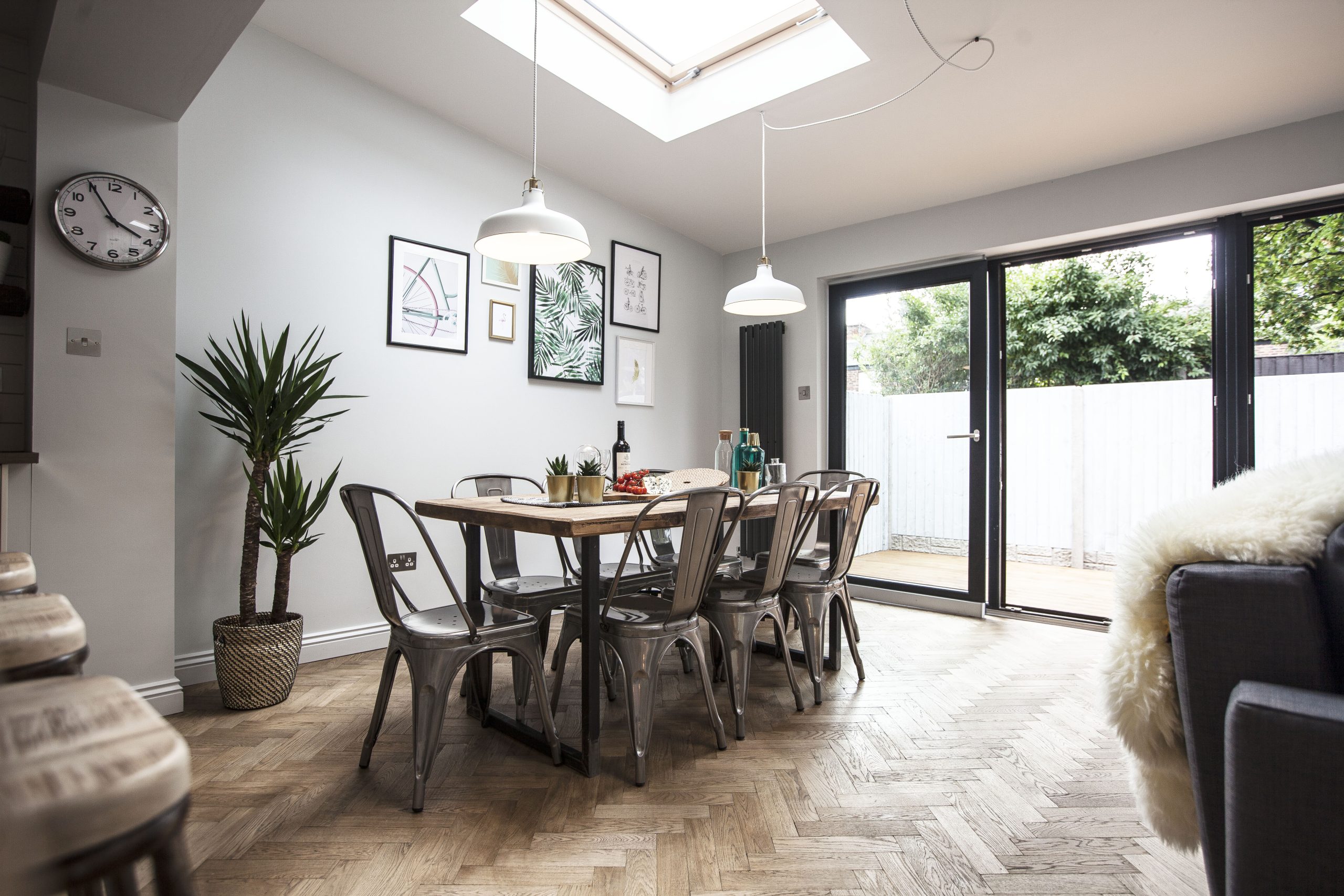
For centuries, we have been able to find unique ways to add depth and character to the interior of our building’s.
Wood flooring is loved by many because of how it effortlessly lends itself to a range of spaces, as well as its natural, timeless and longer-lasting attributes.
Parquet flooring is constructed from the creative arrangement of small wooden pieces to form geometric patterns.
The patterns can be designed into any representation in order to add a dramatic effect to the room.
This flooring style is a true definition of unique sizes, shapes and a striking finish.
And because it has been around for centuries — initially found in older castles and the home of the wealthy across Europe — its popularity has the same longevity as the material used to build it.
Today, it can be incorporated in virtually any internal space, and remain a sign of quality and craftsmanship in both residential and commercial properties.
What Is solid parquet flooring?
This is a natural timber floor constructed from solid wood blocks.
Unlike the standard floorboards which are milled or carved out of a tree, a solid parquet is a flooring option with very thin wood pieces assembled together.
Solid parquet wood flooring is a favourite option among property owners who are what you would call “lovers of the real thing”, and is especially suited for modern, contemporary and transitional settings. It provides longevity, it’s attractive, and gives your home an expensive, chic appeal.
What is engineered parquet flooring?
Manufacturers create engineered parquet flooring from at least three plywood-like layers, overlaid with hardwood.
This means the finished product has a similar quality and appearance to real wood.
Once installed, it is the top hardwood veneer that your feet will stand on, and it is what engineered parquet owes its looks to.
This floor type is manufactured to withstand the effects of moisture and heat, an attribute that gives it an advantage over solid parquet.
Depending on changing moisture and temperature levels, wood in its natural state expands and contracts.
Due to its dimensional stability, engineered parquet flooring is suitable for applications where underground heating is used, or in challenging spaces like bathrooms, kitchens, and utility rooms where moisture is pretty much always on the rise and fall.
Which of the two floors is best for you?
Choosing between the two relies largely on the construction and where in your home you are putting your new floors.
Because it is 100% real wood, moisture and heat can distort solid parquet.
When it expands and contracts, floorboards push slightly up against each other and then fall back into place.
This need not present a major problem if it occurs only to a minor extent. Where it indicates a serious issue is when expansion and contraction is excessive.
The reaction due to a change in humidity level causes unsightly gaps in the floor, and at worst, boards that are cupped or bowed.
Not only does this result in disproportion in the wood plank, but it also means that your floor potentially becomes draughty and uncomfortable underfoot.
The magic in engineered wood parquet is its structural strength and stability.
If you desire flooring that is virtually immune to the effects of changing temperatures and moisture, then this is your best bet. When it comes to stability, engineered flooring wins because you can lay it even in waterlogged rooms with confidence.
In regards to aesthetics, if you prefer a classic, traditional flooring choice with a longer lifespan and larger value, you can’t go wrong with solid parquet floors.
Similarly, if you`re after a natural, rustic appearance, it’s hard to get it elsewhere other than in hardwood parquet flooring.
Engineered flooring effortlessly finds its place in most modern real estates, producing the required comfort with a hint of tradition from their hardwood layer appearances.
Additionally, it offers a diverse range of timber species, colours, finishes and parquet styles to suit an array of design aesthetics.
Lastly, new and improved technology has made solid parquet flooring a whole lot easier to fit than it was a couple of centuries ago; however, there is no denying the fact that engineered is a complete breeze.
Because each board comes with the parquet pattern you’ve selected already, it means you can have your room looking fantastic quicker than you dare imagine.
Conclusion
The beauty and charm of parquet is a surefire way to accentuate the splendour and timeless flair of an interior space. Both solid and engineered parquet wood flooring is an amazing asset to any interior environment. They offer flexible design, longevity, sturdiness and added value in a way that far surpasses other flooring finishes.
In order to really reap all these benefits and more, it’s crucial that you understand what each type of floor has to offer and select one that is most suitable for your project. To top it off, engage an experienced and efficient contractor who will lay the foundation for your parquet wood flooring that you will enjoy for years to come.
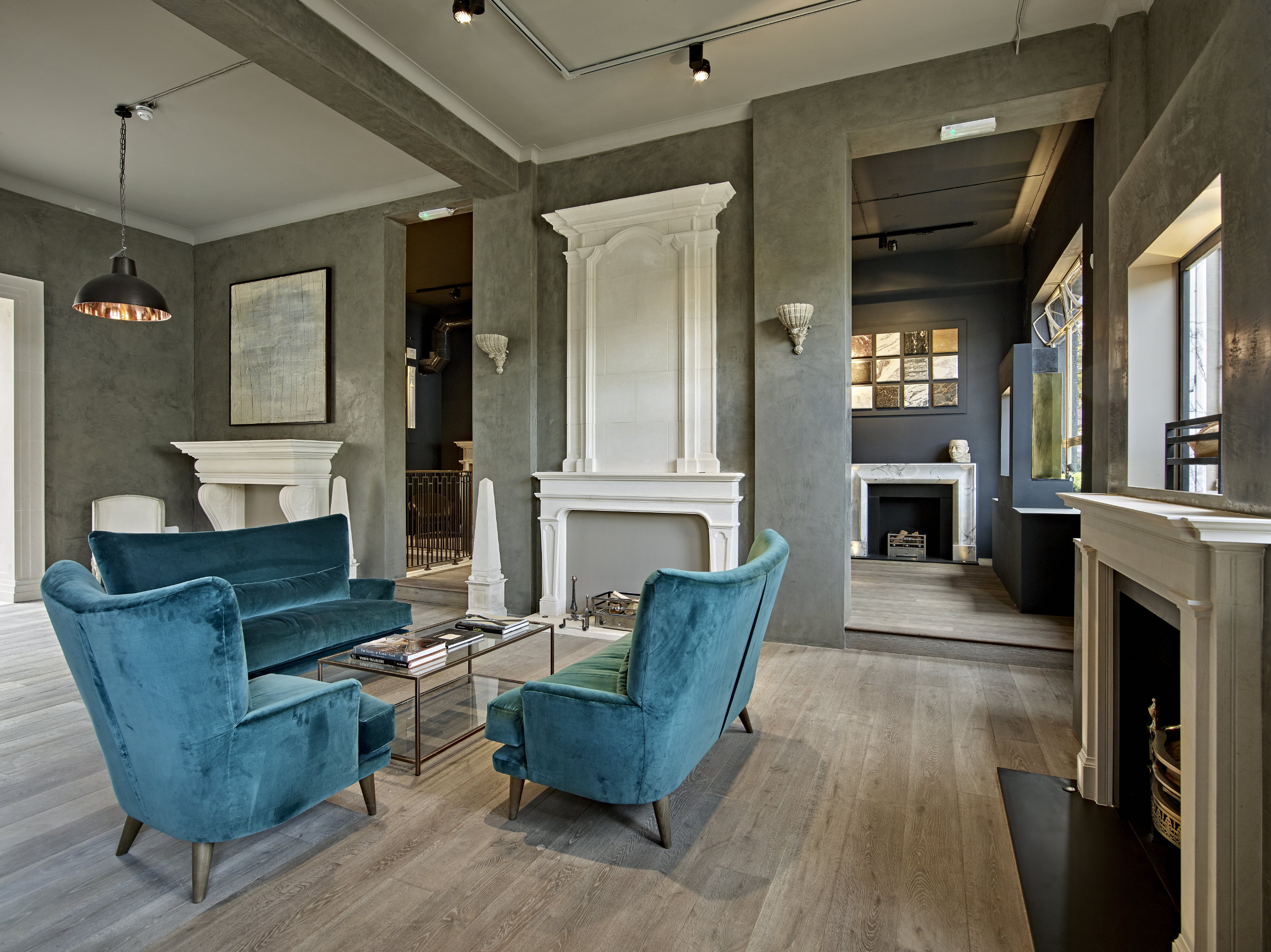
Dark wood floors have been a hot trend for quite some time now; simply because they struck the right note with most wood lovers.
At the same time, light hardwood is chic and fashionable — a refreshing backdrop for bright colours and a gorgeous addition to any scheme.
Selecting the right wood colour is a big decision.
If you’re trying to choose between light and dark wood flooring, below are the main aspects you may need to take into account.
The Style of the Room
If you are redecorating the whole room and replacing all furnishings and accessories, then this gives you more scope with your flooring choice.
If it’s new floors for existing furniture and decorative accents; it’s crucial to think about the overall look of the room with both a dark and a light flooring option.
Light hardwood floors complement a room with dark and heavy furniture — and can add a cheerful, airy and modern appeal to it.
Dark floors can transform a room with neutral walls and furniture into a cosy relaxation area.
It really shows off the rich details and the beauty of the natural grain patterns that aren’t as apparent in light options.
The size of the Room
Light hardwood floors will open up the room and lend a more spacious appeal; therefore, they are more suitable for smaller spaces.
On the other hand, dark hardwood flooring will anchor a large space and provide a warmer tone; hence it’s suitable for open floor plans.
It’s essential to give great thought to the overall visual appearance and illusion you desire for your interior space.
The amount of Natural Light in the Room
The last factor to take into consideration is the amount of natural light the room gets.
If the room has limited natural light then consider light floors as a better option to make it appear brighter —dark colours tend to have a dimming effect.
Boldly venture into dark hardwood flooring if you have plenty of natural light.

The novel interpretation of the vintage-inspired décor introduces soulful details from various eras — think mid-century furniture, bold botanical wallpapers, statement antiques, repurposed wood flooring and bold geometric accents, just to name a few.
Trend forecasters predict that vintage accents and finishes will make a huge comeback this year, embodying the same elegance and charm but more flexible than their traditional counterparts.
These materials and accents that are synonymous with design ideas of the past can help emphasize storytelling inside our interior spaces — bringing comfort, beauty, sentimentality, and timelessness all at once.
Understanding the vintage style
Driven by nostalgia, designing and decorating in a vintage style helps express individuality and sparks our innate need for a connection to previous memories and experiences.
This means incorporating pre-contemporary biomorphic furniture in curvy shapes, accessories and colour palettes that take influence from trends of past decades to create a sense of history in the space we inhabit.
Whether you want grandeur or simple elegance, vintage design encompasses a wide array of details that stretch throughout history.
It merges inspirations from various styles including mid-century, shabby chic, French-country, art deco, and industrial interior aesthetics.
It also varies significantly depending on the period in focus — for instance, one particular vintage design style that has been influential throughout the years evokes a sense of nostalgic ambience and old-fashion charm associated with the 1940s and 50s.
Defining characteristics of vintage design as a whole include curved furniture pieces crafted from wood, rattan and upholstered plush fabrics, prominent use of an earthy colour palette with touches of bold retro shades, raw surface finishes like wood and exposed concrete, biophilic accents such as leafy plants as well as wallpaper and soft furnishes in bold geometry patterns.
Designing sustainably with vintage accents
Over the past couple of years, we’ve seen environmentalism become one of the burning mainstream topics in design.
Fast design, which promotes simple and carefree solutions meant to endure for a few years before being discarded, has given way to responsible environmental behaviour that taps into the realm of objects and materials built to last a lifetime.
While the industry pursues cautious production practices and promotes recycling, the growing appeal of vintage and sustainable decor heavily resonates with the Millennial generation.
Making use of what’s already there, paying homage to the skills of the yesteryears and appreciating quality that stands the test of time is a “trend” that’s lighting the way ahead and expected to pick up steam as we move forward.
1- Use vintage accents with a timeless look
Essentially, vintage and sustainable design bridge the gap between aesthetics and functionality whilst creating a place that has an immediate comfortable feel.
As more people turn away from throw-away elements, there is a growing favour for timeless vintage accents that add character and warmth to living spaces.
Designing with pre-loved furniture, lighting, mirrors, artwork, Berber-style rugs and soft finishes is not only a far more ethical way to shop, but they can set the tone for a characterful aesthetic that’s hard to come by with modern pieces.
There is something truly special about natural fabrics that help in achieving a vintage feel.
Natural fabrics… think cotton and linen, always feel more authentic and less uniform.
If you have plenty of antiques to use in your design, you can pick only those that exhibit a timeless and sophisticated appeal.
Contrasting materials and textures are always a fantastic idea to bring depth, dimension and dynamism into the space, particularly when working with a neutral colour palette.
2- Introduce contrast with geometric and organic shapes
Being confident in the way you set up your space can be what sets your vintage decorating from the rest.
The contrasting use of geometric and organic shapes has always been a fixture of vintage design.
If you’re looking for brilliant ways to channel both hard-edged and soft, round shapes — think hexagon, herringbone, squares, and florals — that evoke a sense of movement; wallpaper, parquet wood floors, ceramic tiles, curvy furniture, sculptures, rugs and throw cushions are just a few ideas to consider.
A classic mid-century boxy-looking sofa paired with a round coffee table or armchairs with organic lines creates a unified look with a sense of intrigue.
Similarly, if your existing space is adorned by angular furniture pieces, then update the look by replacing a piece or two with something softer to create a vintage design finish with variation instead of a catalogue of coordinated furnishings.
3- Create a fascinating look with neutral and bold accents
A neutral colour scheme has a strong presence in vintage design and is a great way of creating an interior space with timeless appeal.
Unlike 60’s trendy orange and brown interiors or the 80’s pastels, a newer take on a neutral palette invites the use of soft beiges, greys, and whites to create an inviting ambience that has lots of natural materials and textures.
Whilst neutrals may be prominent when designing with vintage and sustainable accents, this historical aesthetic does not shy away from the use of bold hues.
In fact, pops of bright colour can be introduced deliberately to add personality to the scheme of things.
One way of crafting a balanced look is to keep the basics neutral and opt for bold accents in the form of rugs, curtains, and wall art.
All kinds of colours work red, yellow, burnt orange, navy blue and forest green — as well as metallics such as gold and bronze to further elevate your overall look.
3- Old meets new: modernize with artwork and other décor elements
When achieving a timeless vibe, consider keeping things fairly current with art and other decorative elements.
Doing so, regardless of the time period of your architectural features or furnishings, is absolutely fair game in crafting an interior that feels reflective of today’s lifestyle while allowing the individual charm of every element to receive equal appreciation.
Have fun mixing the old with the new!
An antique furniture piece under a modern art piece on a crisp white wall allows the eye to travel from one design element to the other, deeply admiring the style of each.
A rustic wood floor under clean-lined contemporary furniture can produce a juxtaposition that looks incredible and very current.
Picking wood flooring for vintage and sustainable design
One of the benefits of using timber flooring is to deliver the warmth, comfort and authentic beauty you need in your interior space while reducing environmental impact.
With many sustainable wood flooring options, you can easily find those that match your overall aesthetic.
As we mostly start the design process from the ground and go upward, it’s easy to see how wood flooring can set the tone for the aesthetic and colour palette we choose as well as the furnishings we introduce into our space.
Antique reclaimed wood flooring has a fascinating way of introducing a sense of history and grandeur in ways that feel understated.
In addition, its rich patina lends a distinctive and timeless character that helps create an enduring space.
Because the material has been given a second life, it makes for an environmentally sound choice that’s guaranteed to last.
Combining charm and detail, wide wood planks are a perfect complement to vintage-styled homes.
The wider planks show exceptionally tight wood grain and include marks, indentations, or other distressed details.
These touches infuse rustic charm and a lived-in feel that’s as unique as your taste.
Reminiscent of classical Victorian buildings, parquet floors are made up of short wooden battens arranged in one-of-a-kind mosaic-like patterns.
Whether you’re intrigued by a herringbone, chevron, Chantilly, or Versailles pattern, this style of flooring not only represents a long tradition of craftsmanship but also provides curated visual inspiration that perfectly highlights a vintage appeal.
Conclusion
From the 1880s to the 1940s to the 1960s and beyond, vintage and sustainable materials and accents introduce us to some of the stunning periods of interior design. Whether you are a minimalist or a maximalist, there is an era of design that caters to your unique taste and offers a timeless quality that’s sure to stand the test of time.
A lot of shapes, finishes, fabrics, and colours used then look just as charming and elegant today. It’s possible to incorporate a few vintage accents and still maintain an aesthetic that feels current and on-trend. Ultimately, vintage and sustainable accents can help create an interior space that’s liveable, functional and stylish.
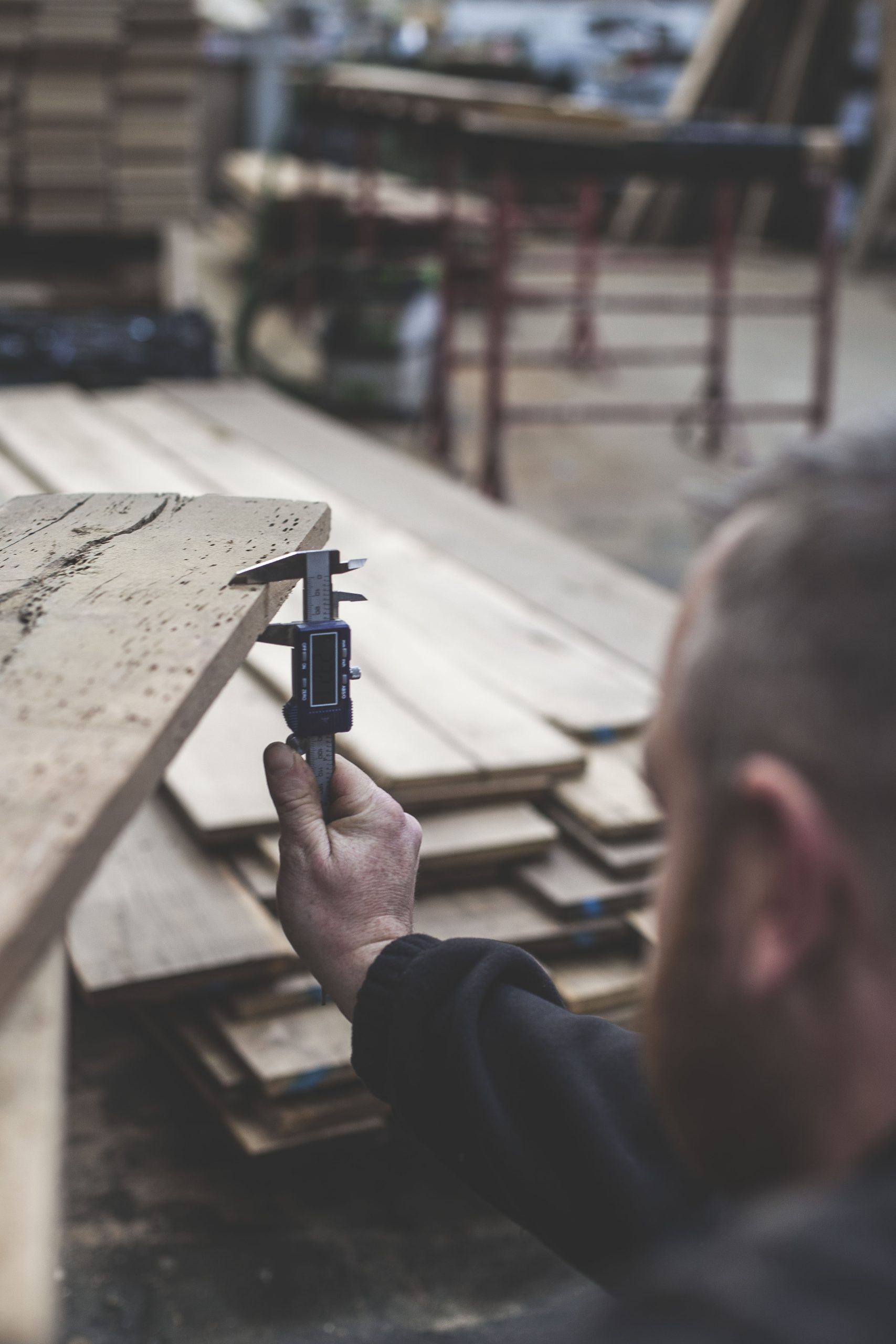
Engineered flooring consists of an inner core made up of anywhere from 2 to 6 cross layers of plywood, glued together and topped off with a layer of solid wood — the veneer.
These layers run at 90° to one another offering more stability; and are resistant to moisture and changing ambient conditions.
Like solid wood, engineered wood comes in various thicknesses, from 12mm to around 21mm.
When deciding on the proper thickness to purchase, making the right choice can make a huge difference to the end result.
You need to consider various key elements, and these include:
Is the floor being fitted over underfloor heating?
Many homeowners opt for engineered wood flooring if they already have, or are planning to install underfloor heating.
Before any selection, pay attention to the manufacturers’ guidelines or seek the advice of your supplier and heating installer.
Will the floor be fixed directly to the joists?
If you are planning to fit your engineered wood floor directly on to joists or battens, you can expect more pressure to be put on the planks or boards.
It is recommended to use a wood thickness of 21mm to provide stability to a heavier load.
Furthermore, there are other things to take into consideration, such as the centre point of the first joint which shouldn’t be more than 450mm away from the centre point of the next joist.
If there is a greater distance, you may need to use noggins and braces to offer more stability.
What is the best thickness?
Certain areas in the home get a constant beating from heavy traffic and can experience a lot of wear and tear, especially if you have kids and pets.
These areas include the kitchen, hallway and living space.
A 16mm platform is perfect for any subfloor and for underfloor heating. The is no difference in durability, quality or lifespan when compared with thicker floors.

